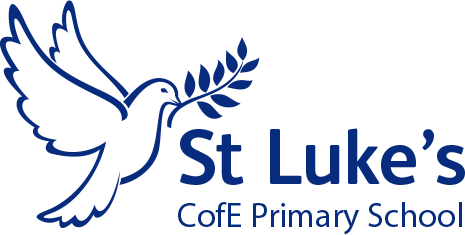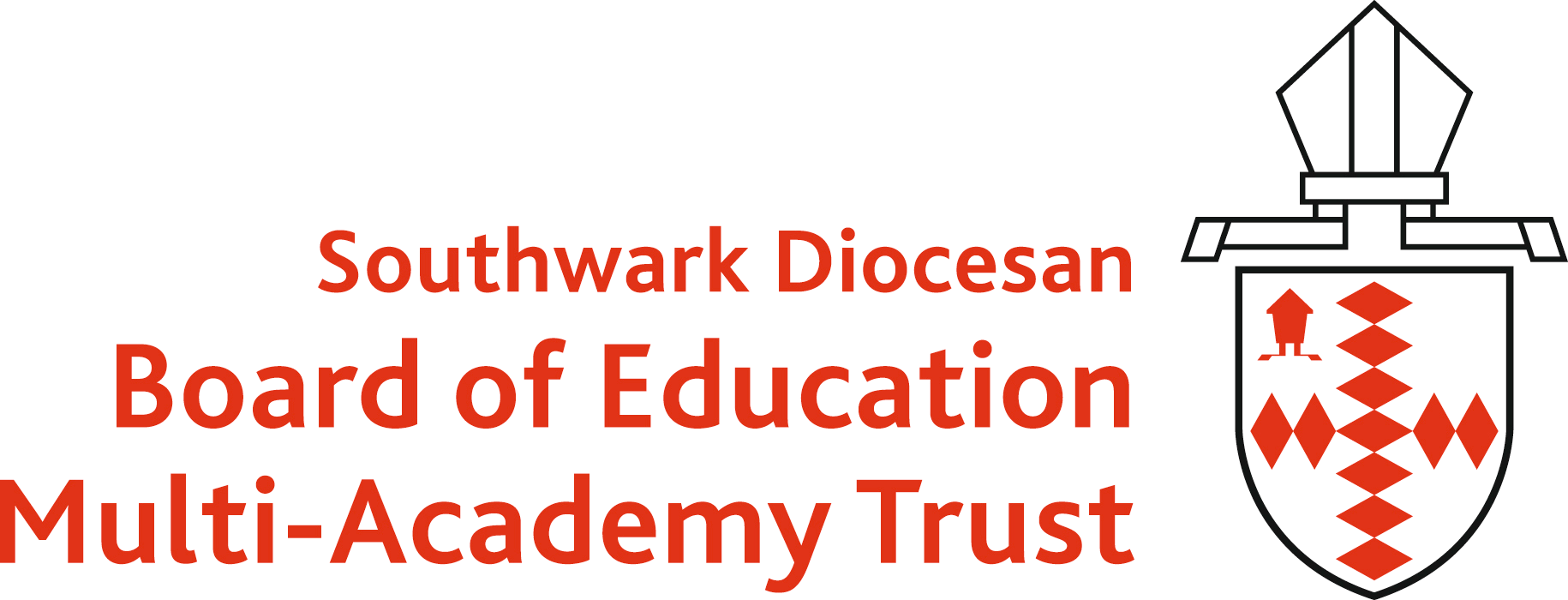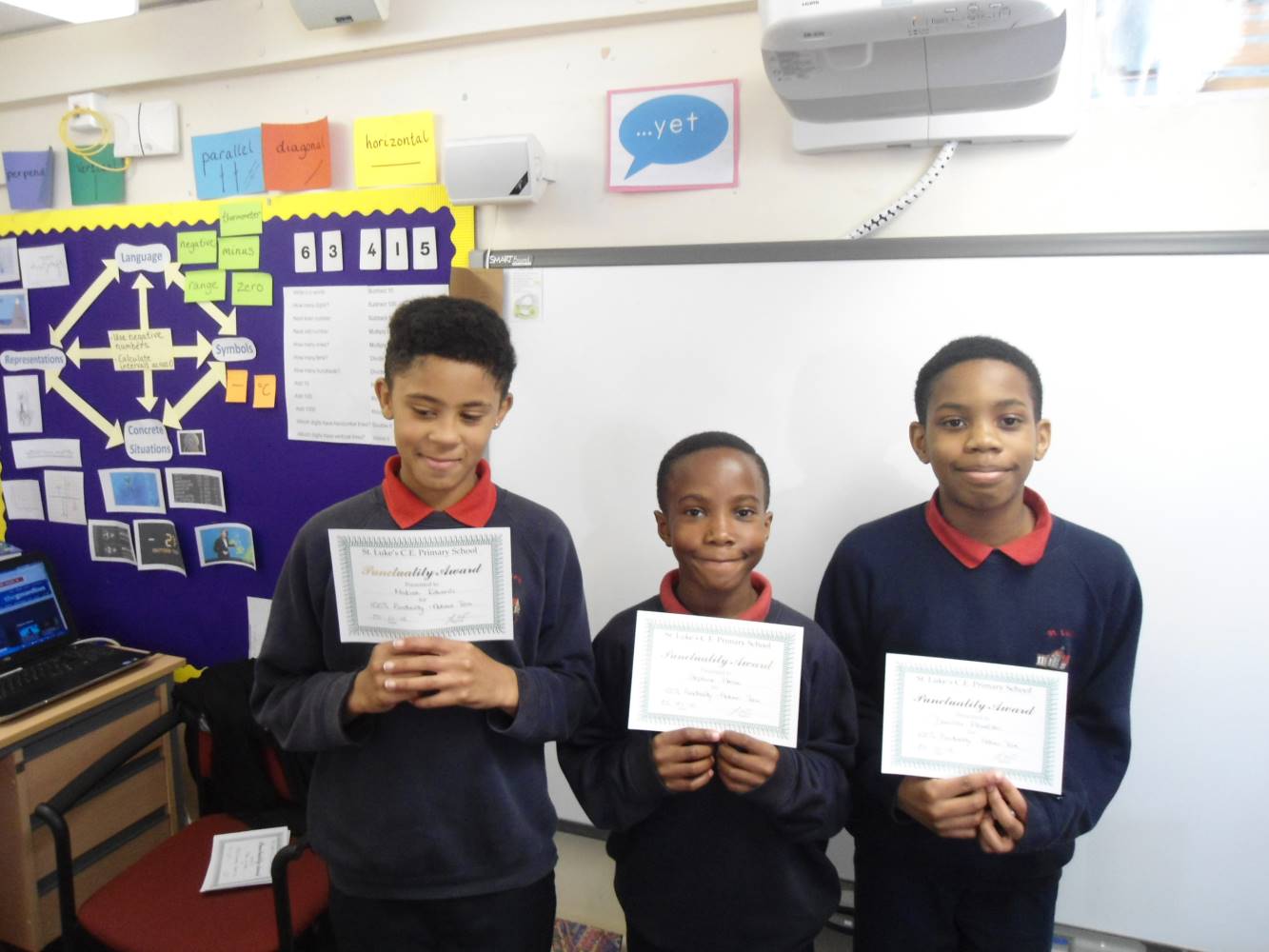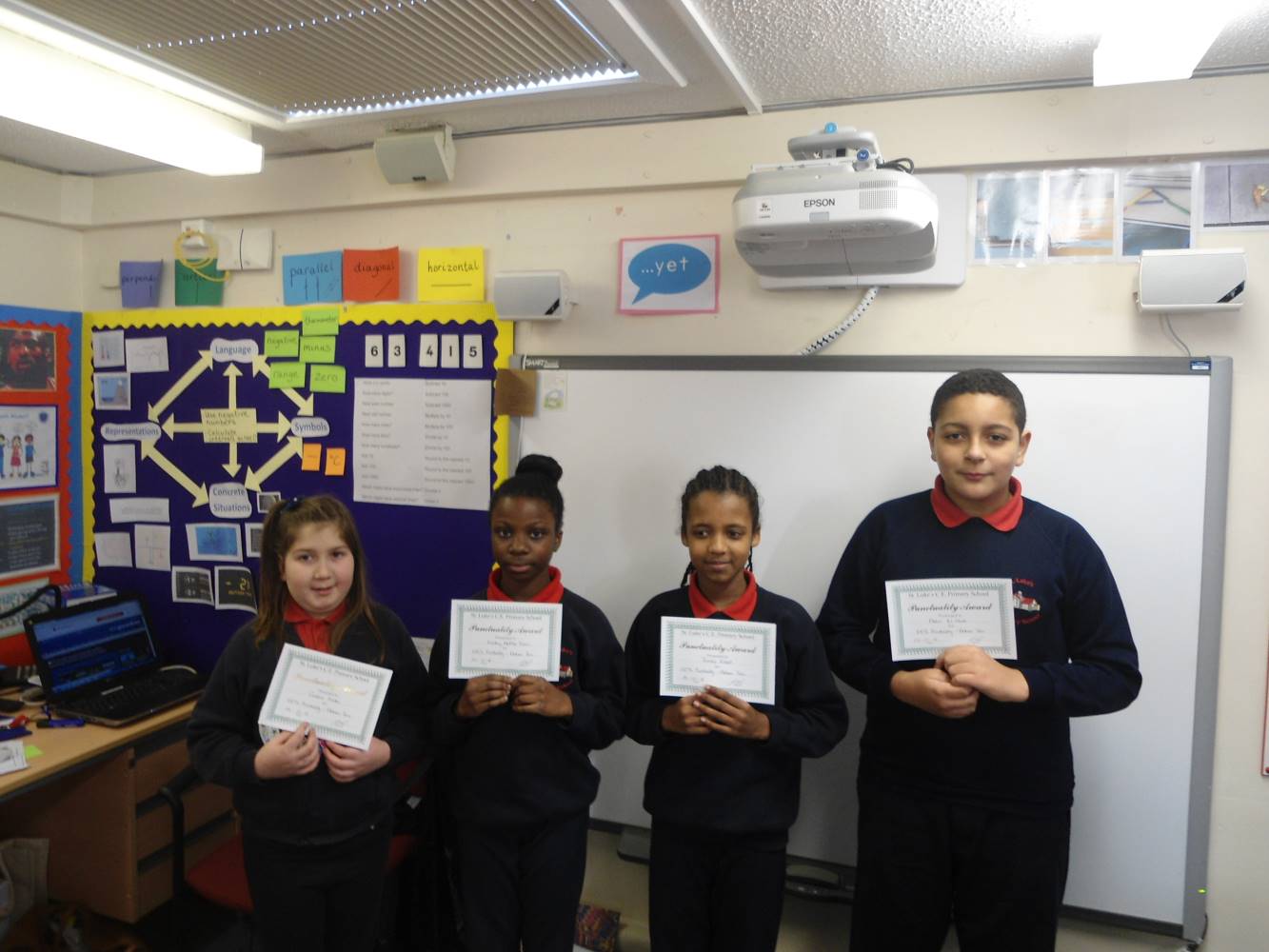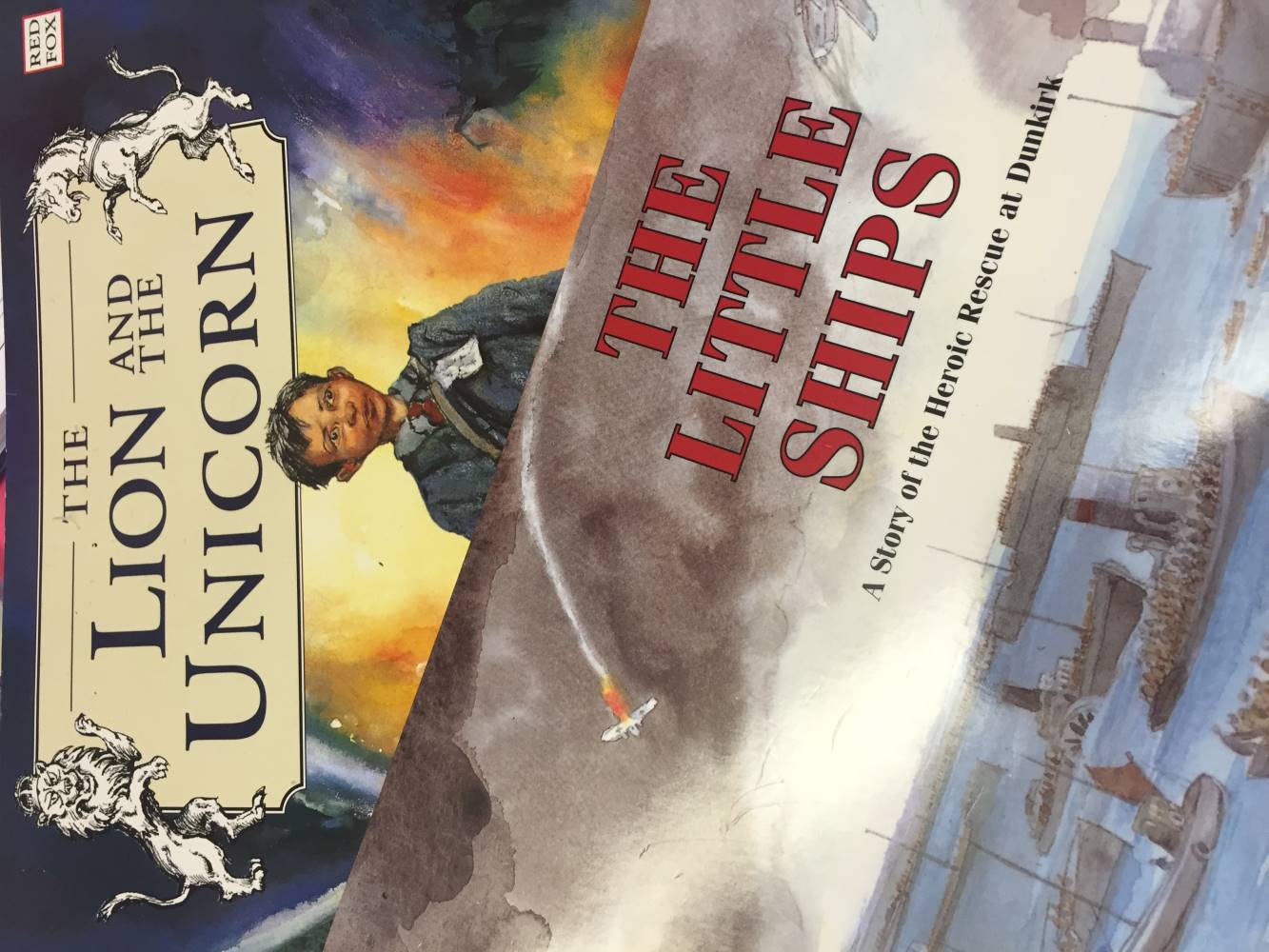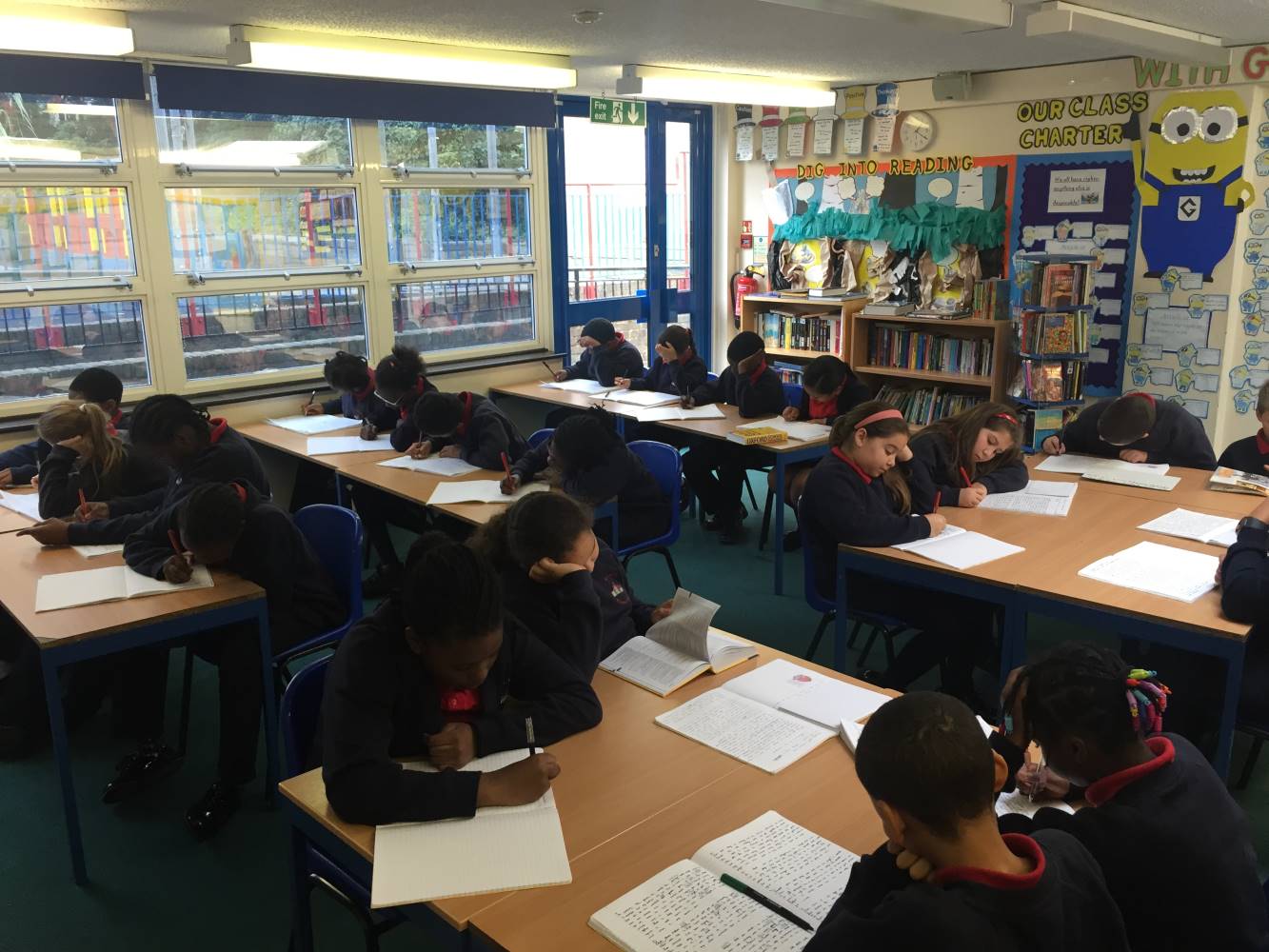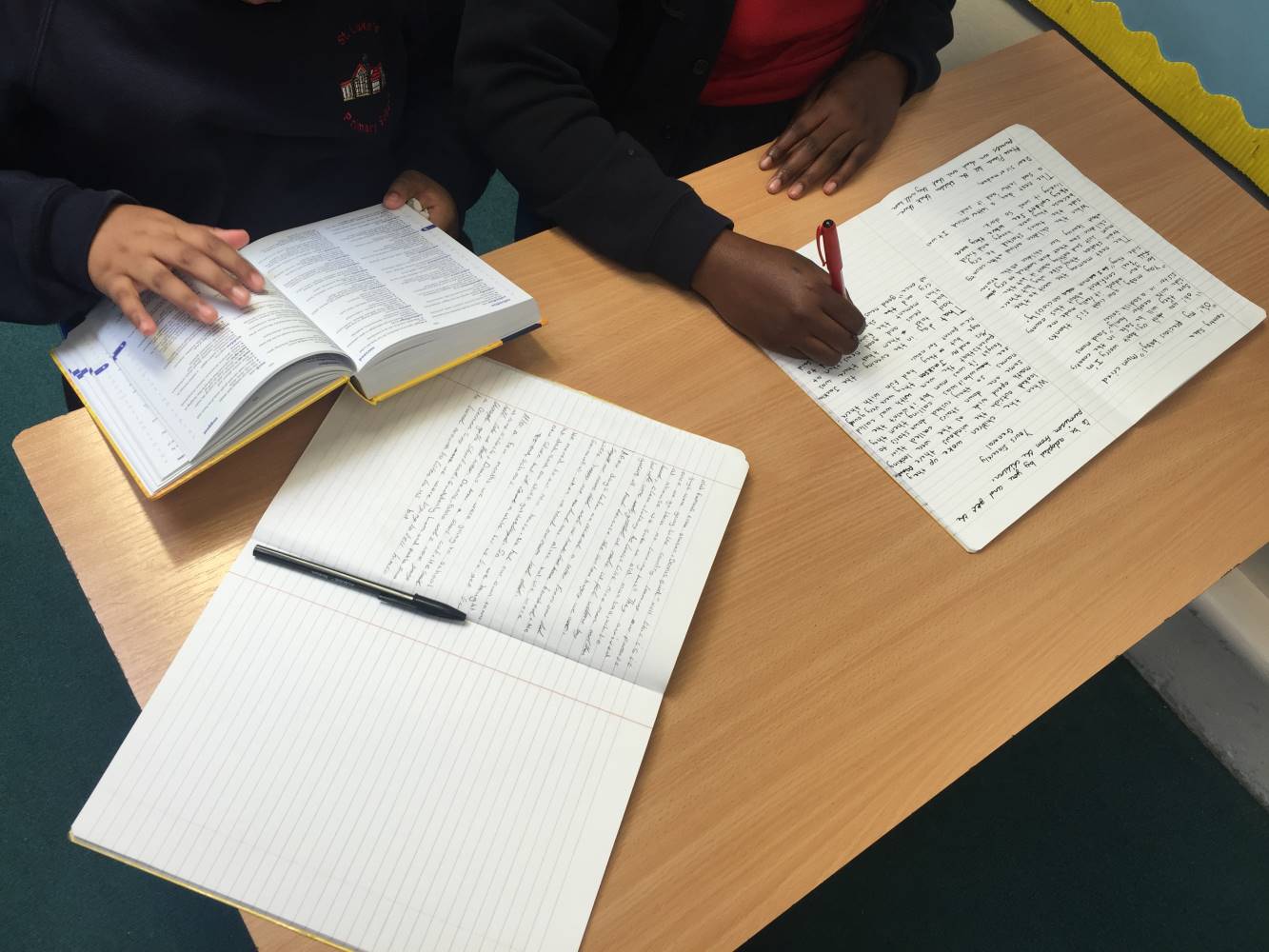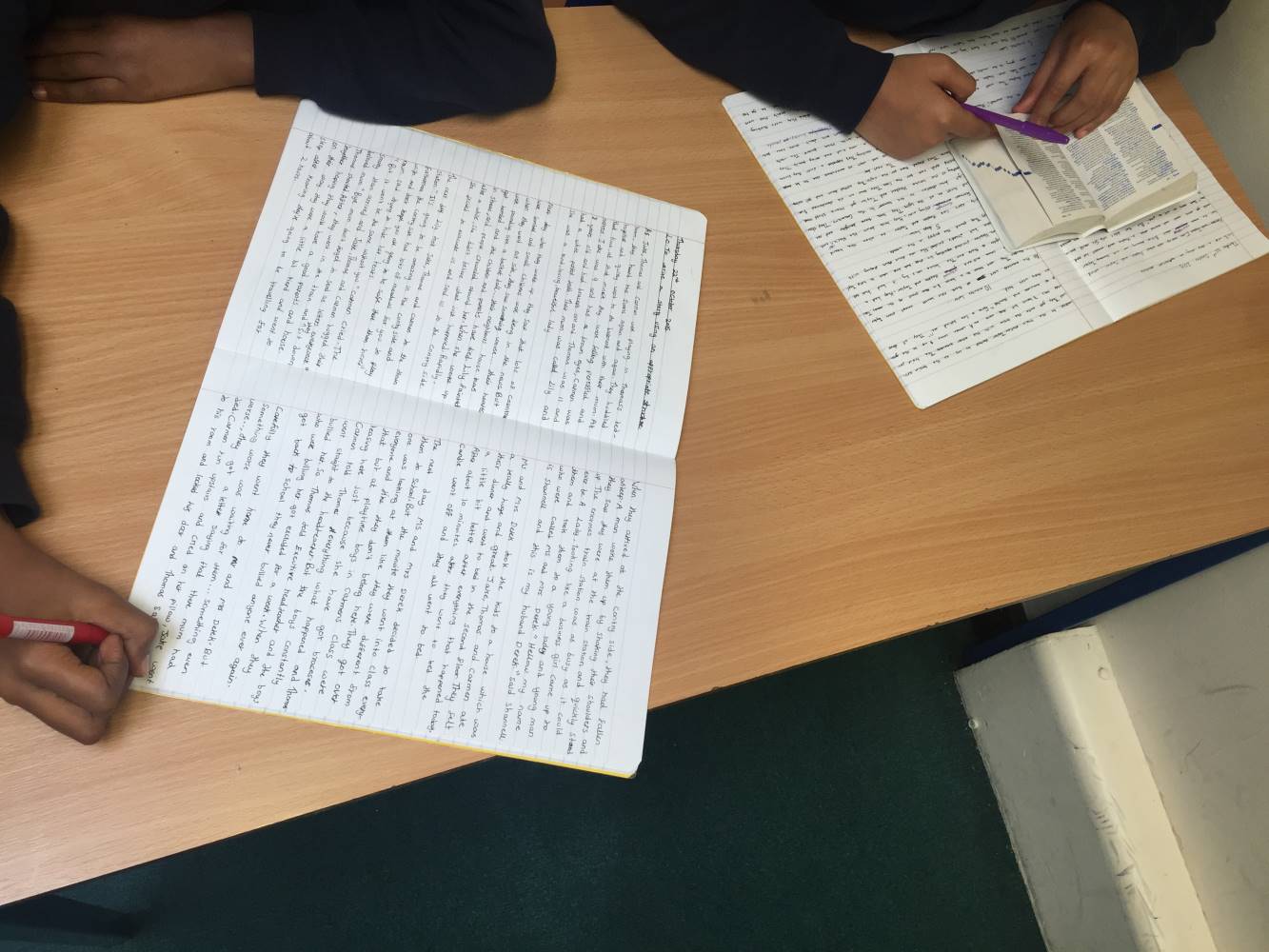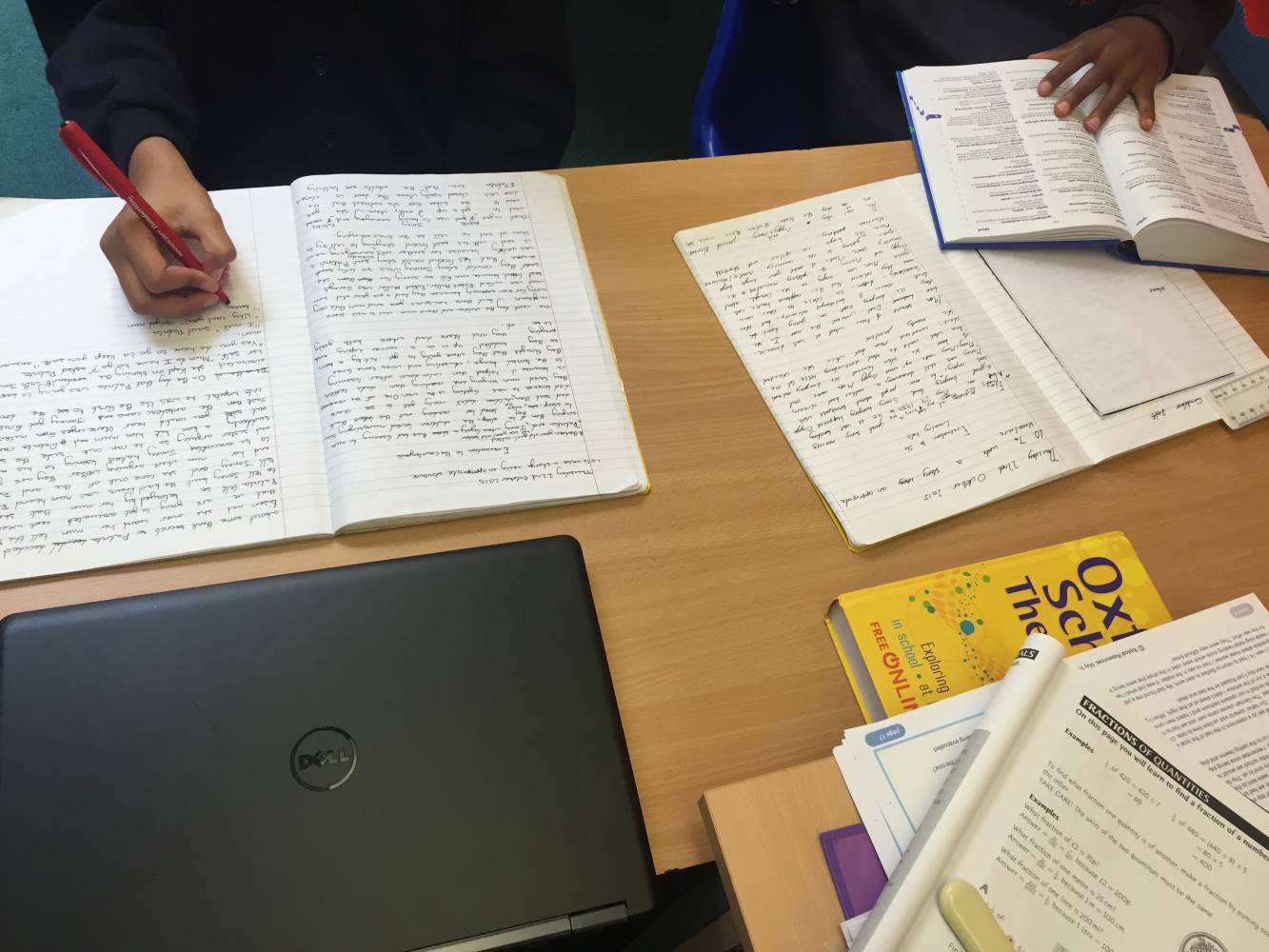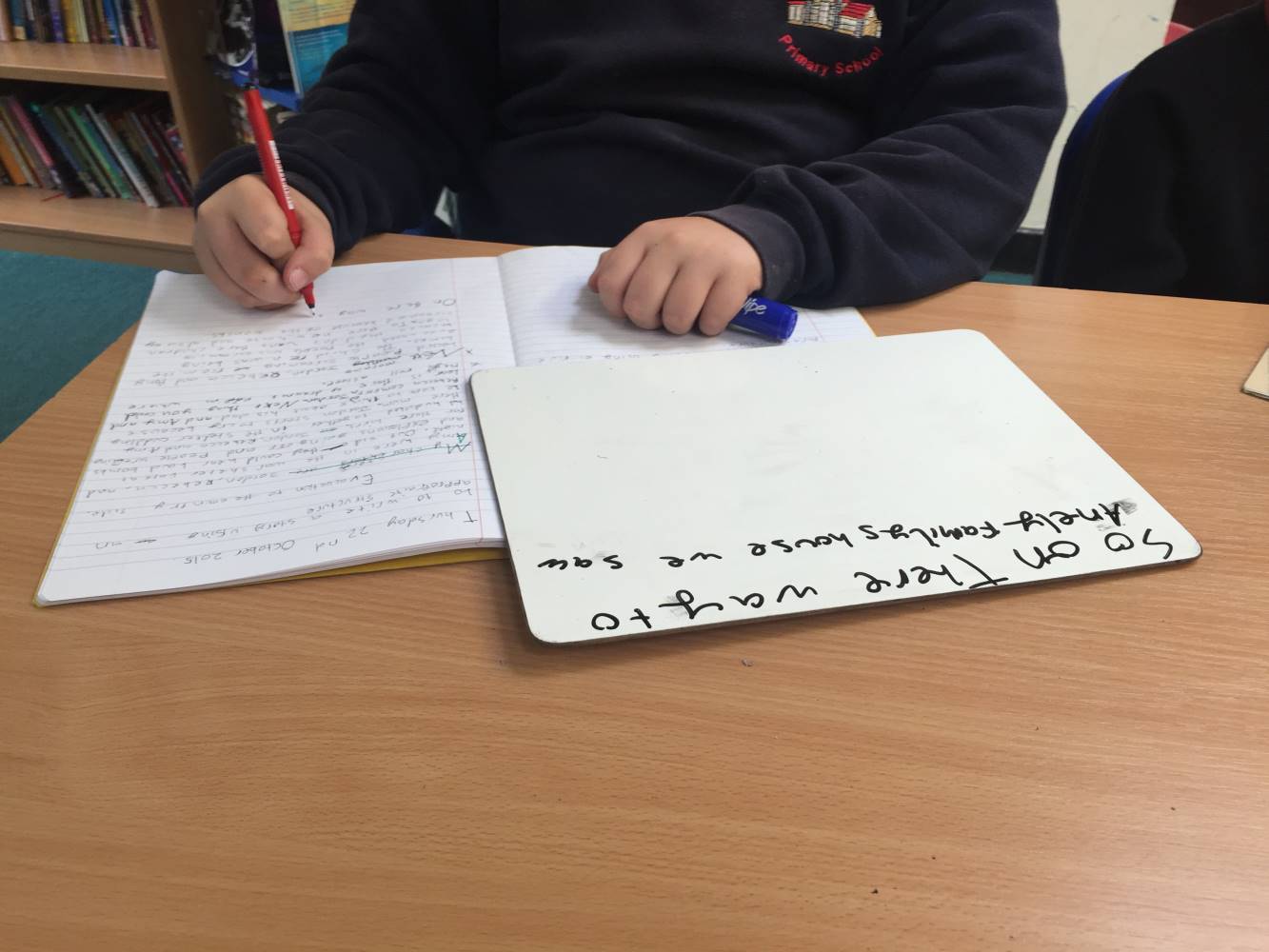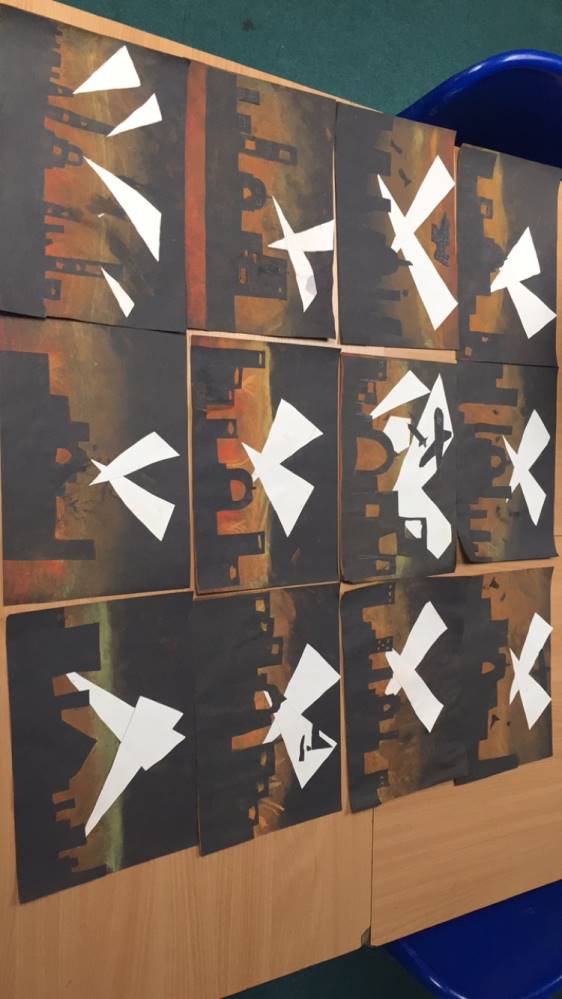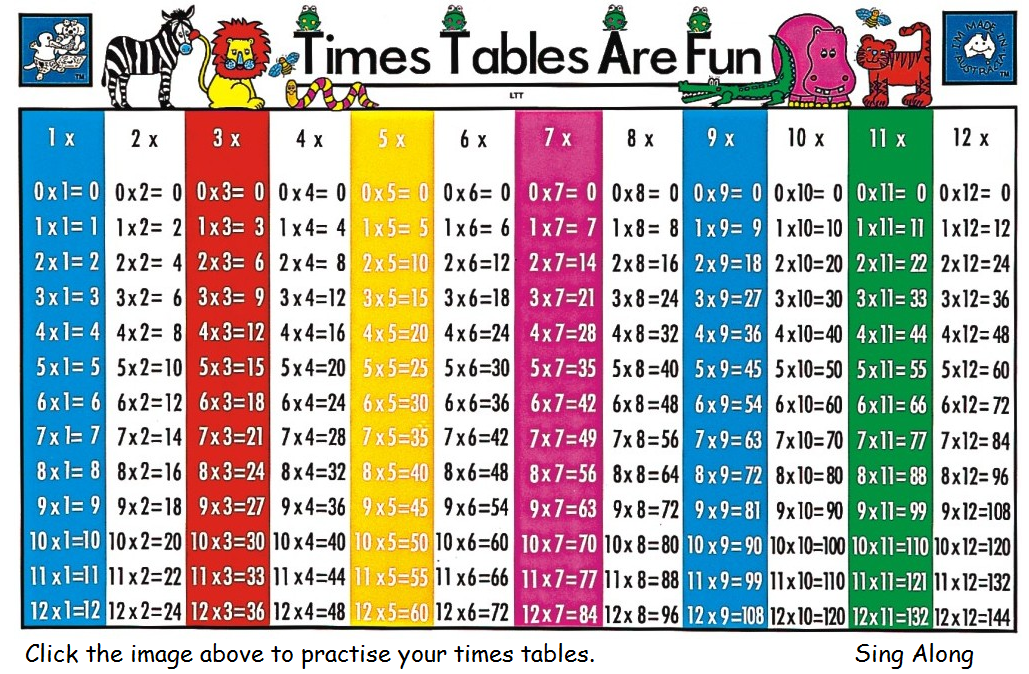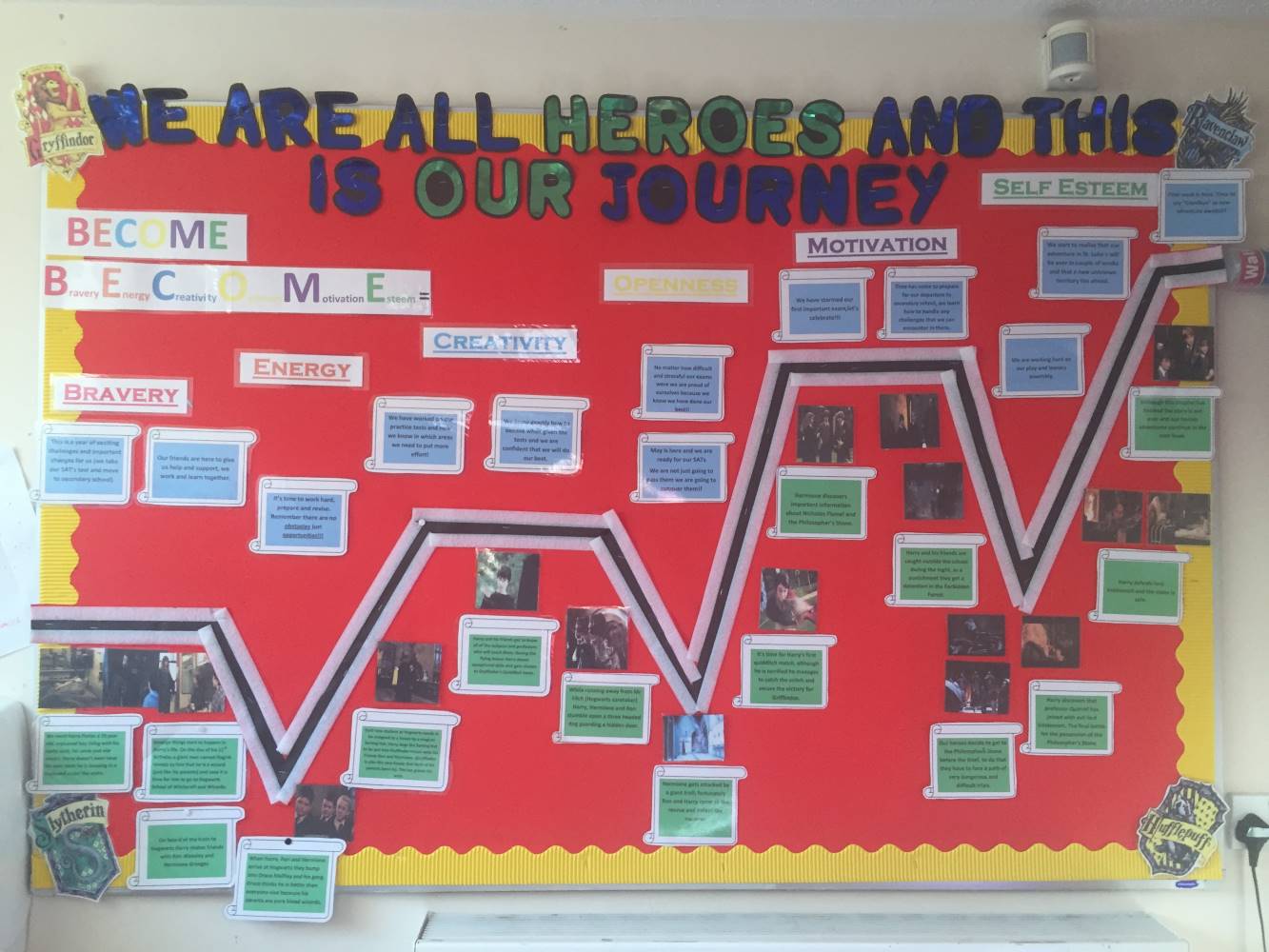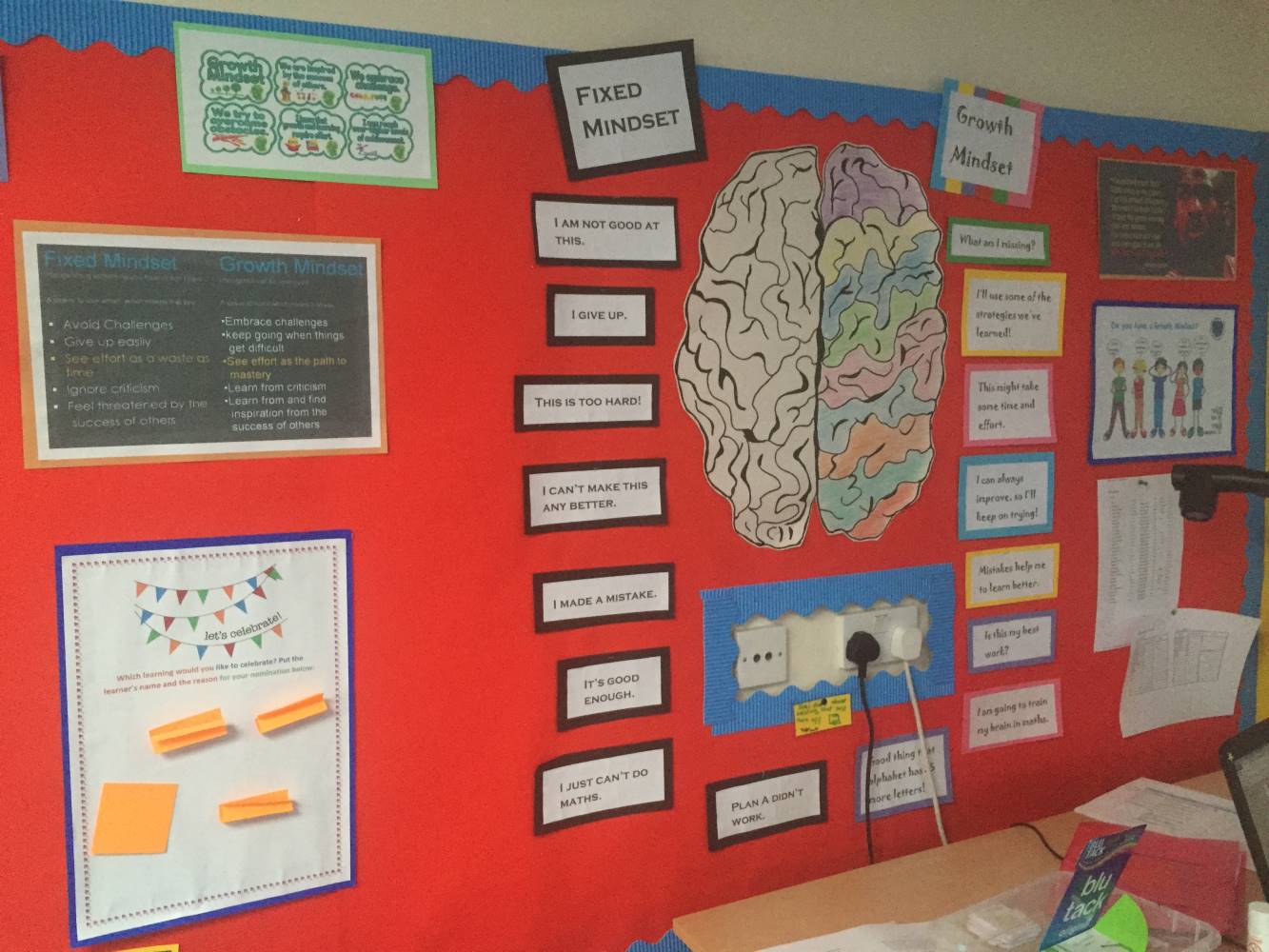Year 6 - Saffron Archive
Maths Problem Solving
This afternoon Year 6 have been detectives solving maths puzzles in order to work out which criminal committed a crime.
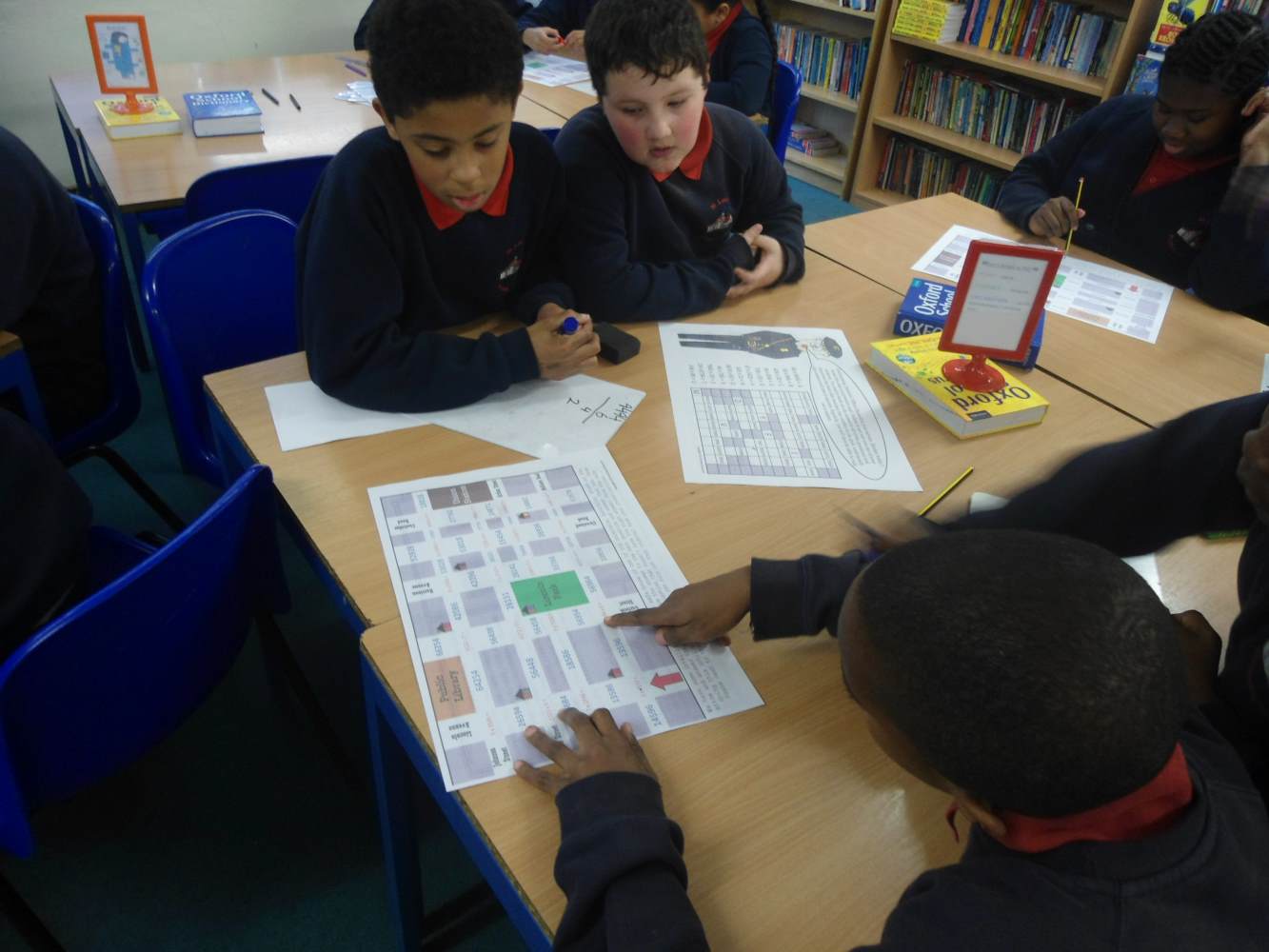
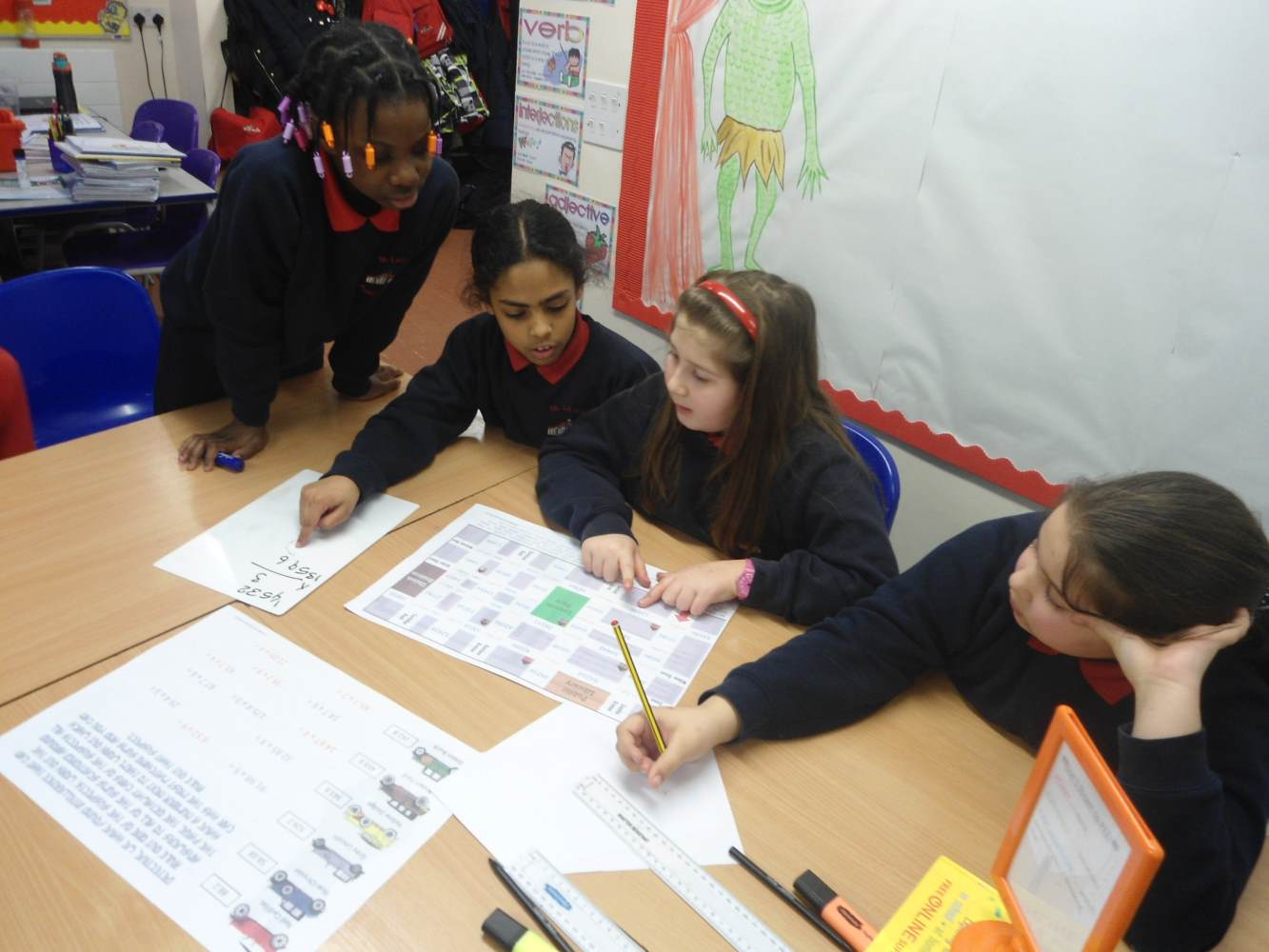
Why not see if your friends or family can solve the puzzles quicker than you?
/docs/Year6/Puzzle_2_-_The_Hiding_of_Baby_Face_Bambino__1_.pdf
Lent Collective Worship
On Friday 26th February Year 6 led a class Lent collective worship.Thank you to all family members who were able to attend.
The theme, based around the first line of the hymn 'God be in my head', focused on being able to resist temptation - just like Jesus did when he was in the wilderness for 40 days and 40 nights.
The learners did an amazing job: singing, reading from the bible, saying a prayer and presenting an engaging role play about setting yourself goals and sticking to them.
Well done and thank you for all their hard work!
For those of you unable to attend please find attached the PowerPoint presentation which accompanied the collective worship.
Attendance Cup
Congratulations to Year 6 for having the best attendance record this week. Keep it up!
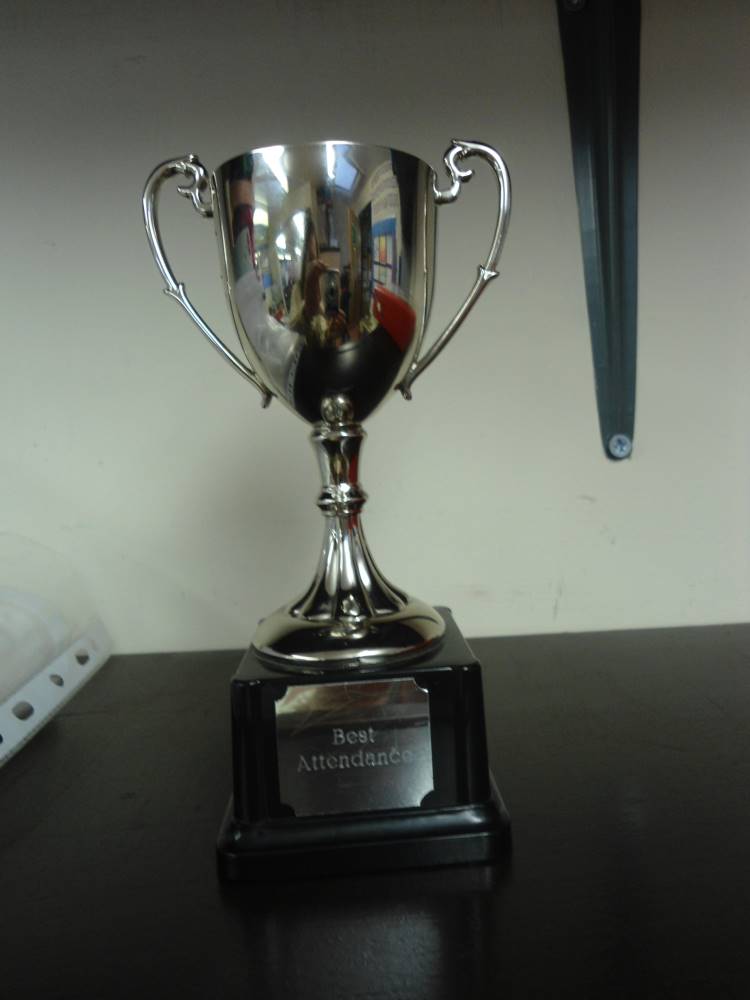
Maths
On Governor's Day we undertook a carousel of three different activities using manipulatives to help us solve problems, explaining our reasoning:
1) We devised questions involving money and then had to explain how they could be solved.
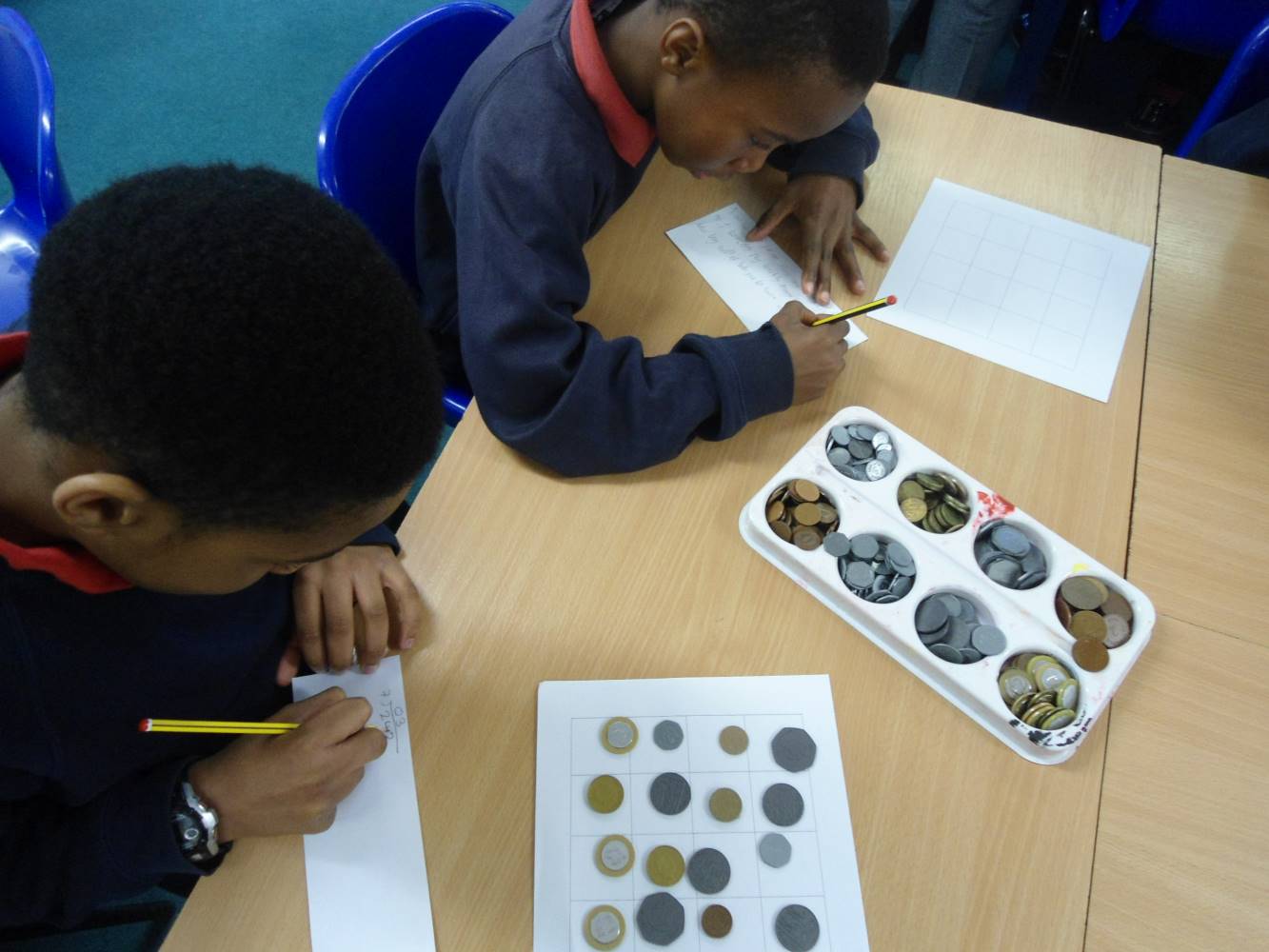
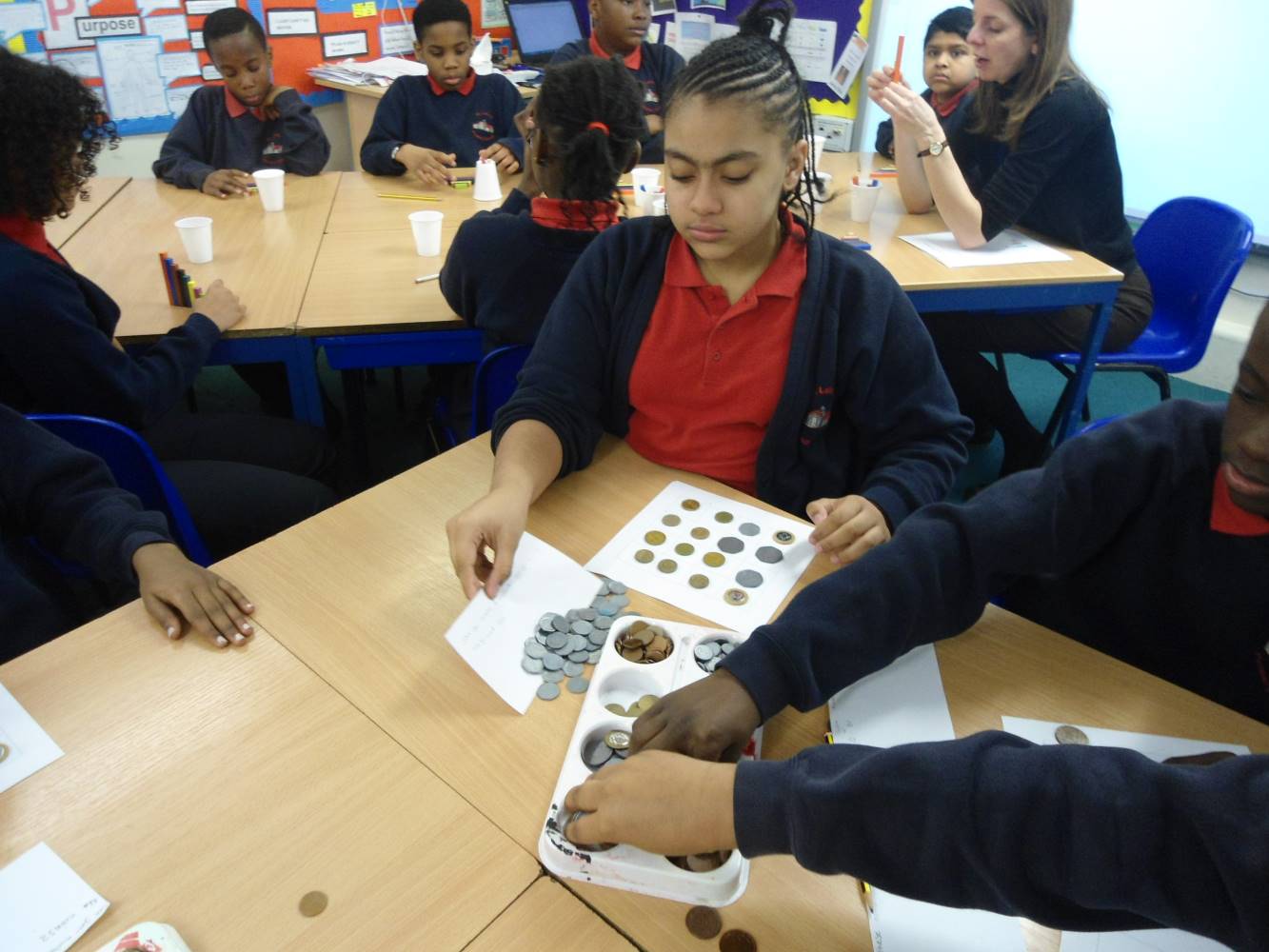
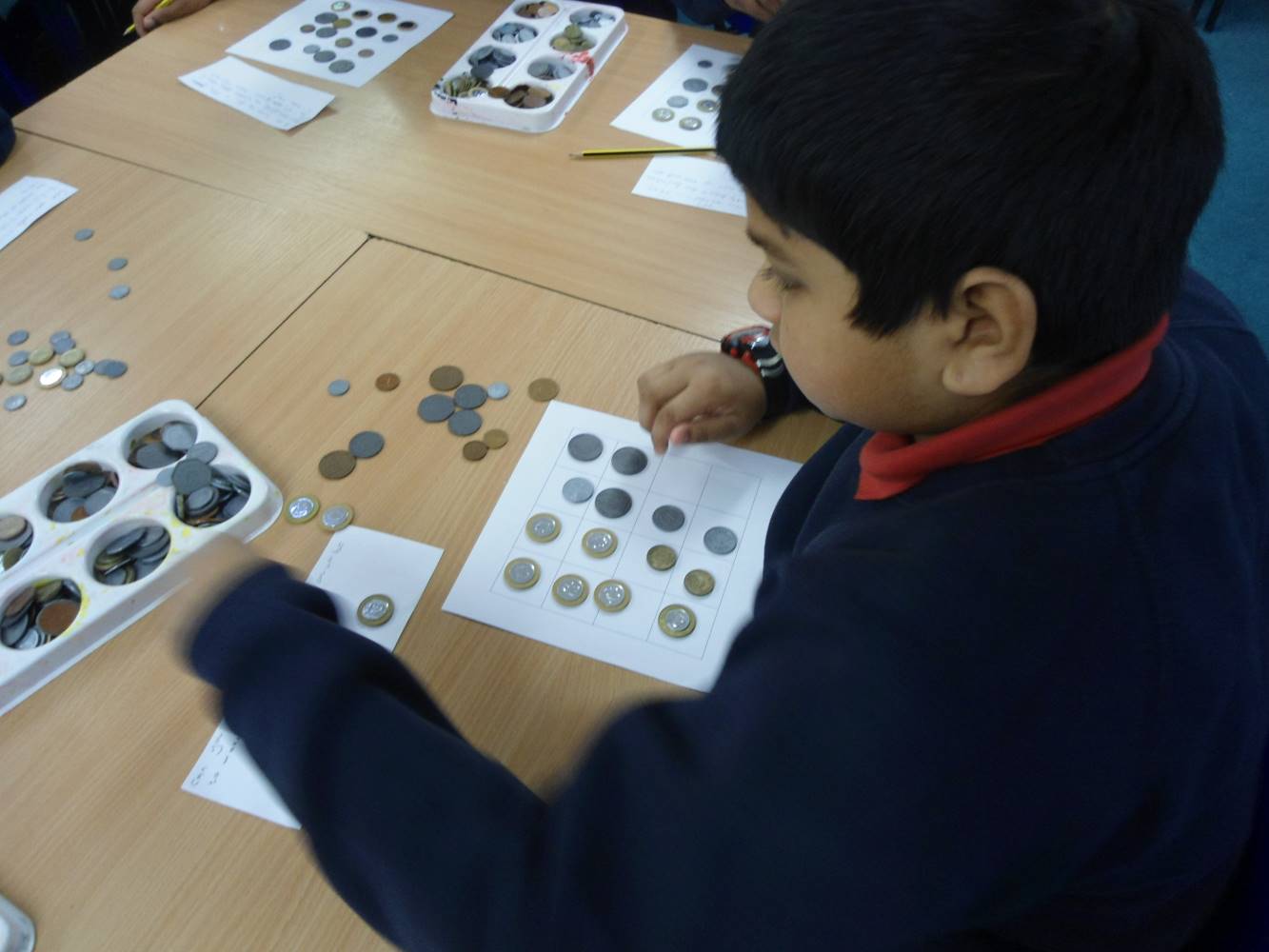
2) We used place value discs to help us answer questions involving division.
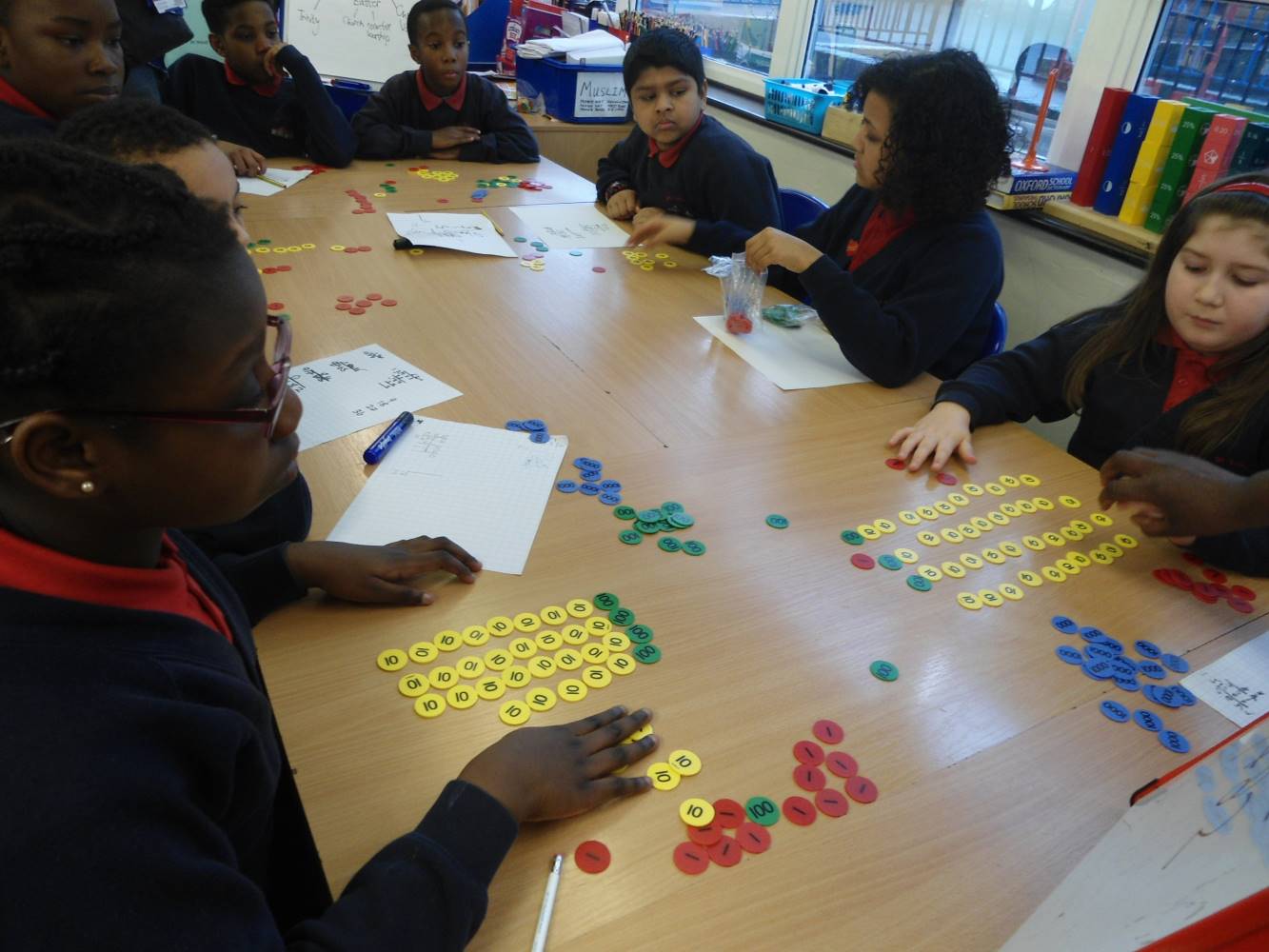
3) We used mathematical language to explain the relationship between different Cuisenaire rods. This involved us exploring fractions and ratios.
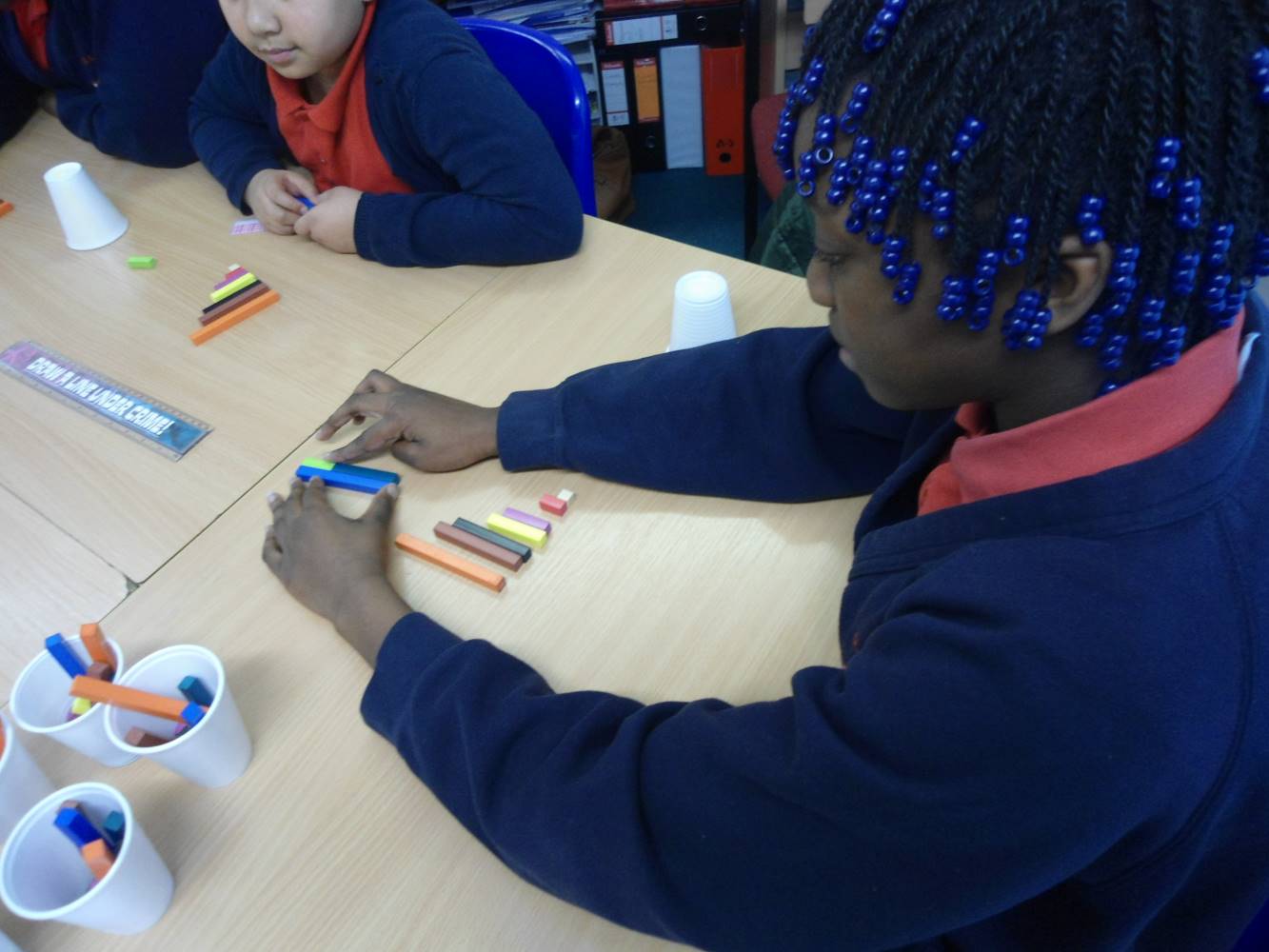
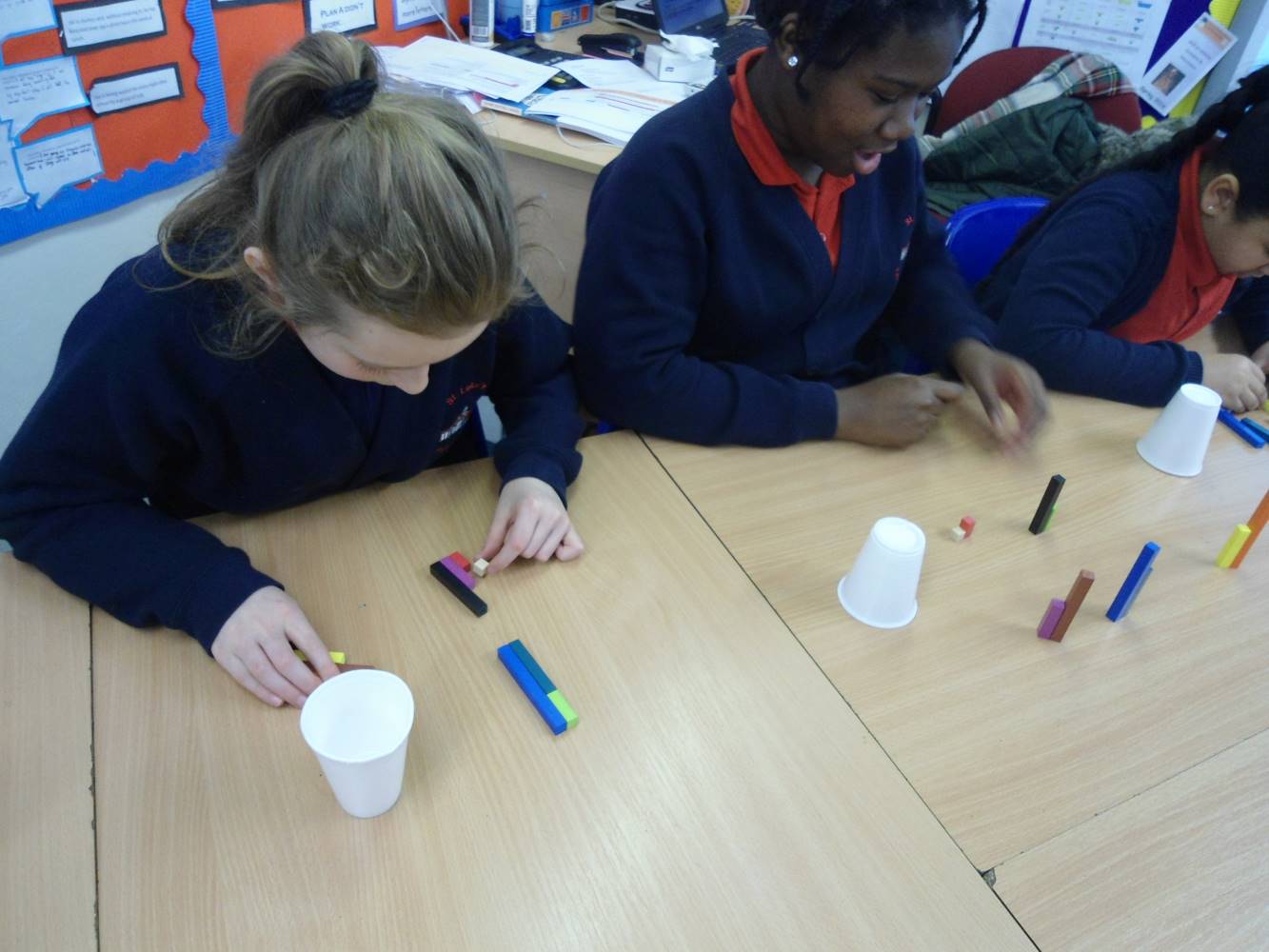
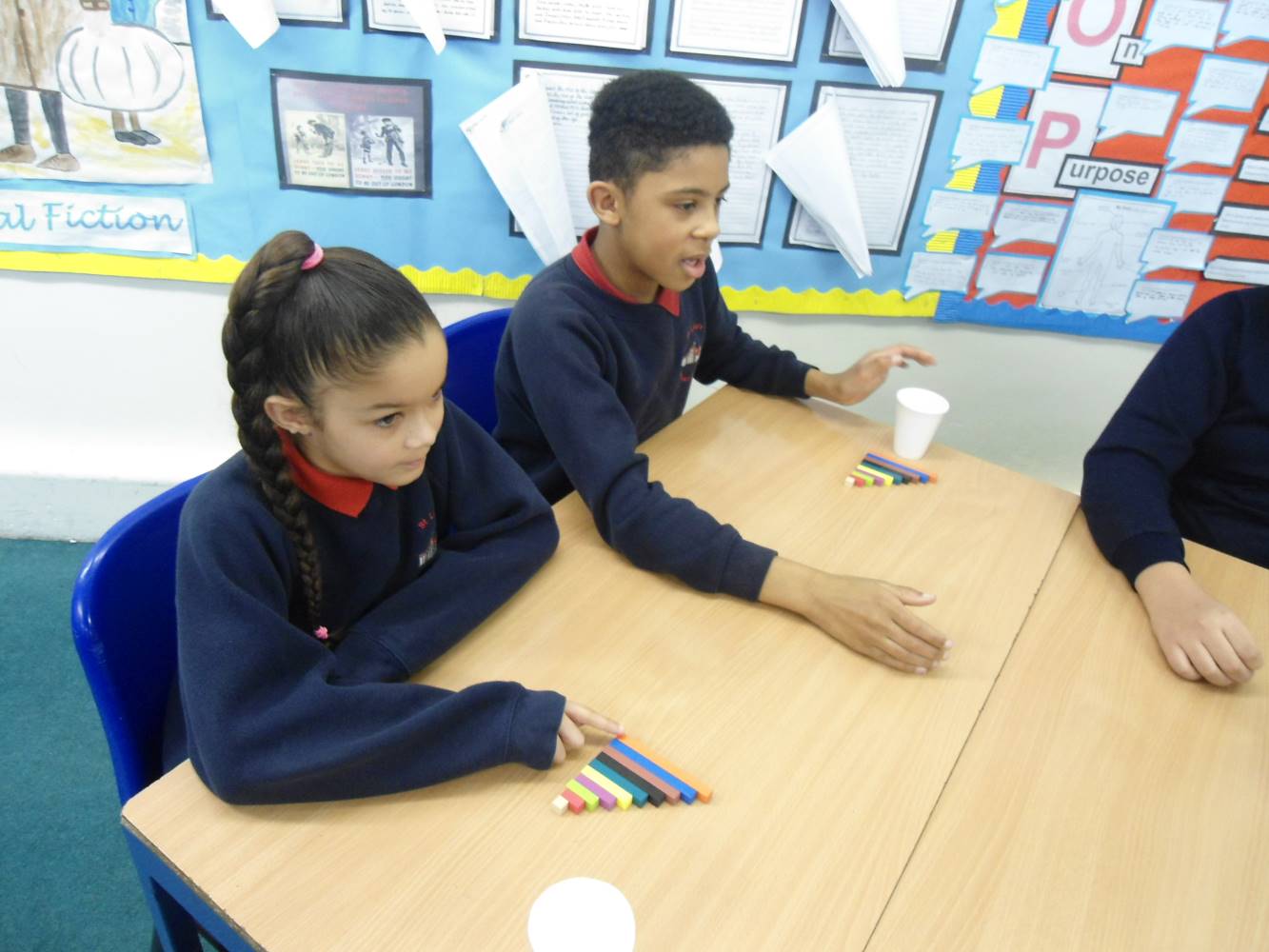
Science
This half term we have been learning about adaption, inheritance and evolution.
Today we undertook some interesting investigations to see how natural selection has caused different animals to evolve to fit their environment.
In this investigation we were looking at camouflaging. We had to pick as many squares of paper off of a large piece of white paper in 15 seconds as possible. Some of the squares were made of plain white paper, some of newspaper. We found that we picked up far more pieces of newspaper than white paper. We then decided to do the same activity using a large piece of newspaper. This time we picked up more white pieces of paper. We decided that this was because we picked out those pieces of paper that stood out more.
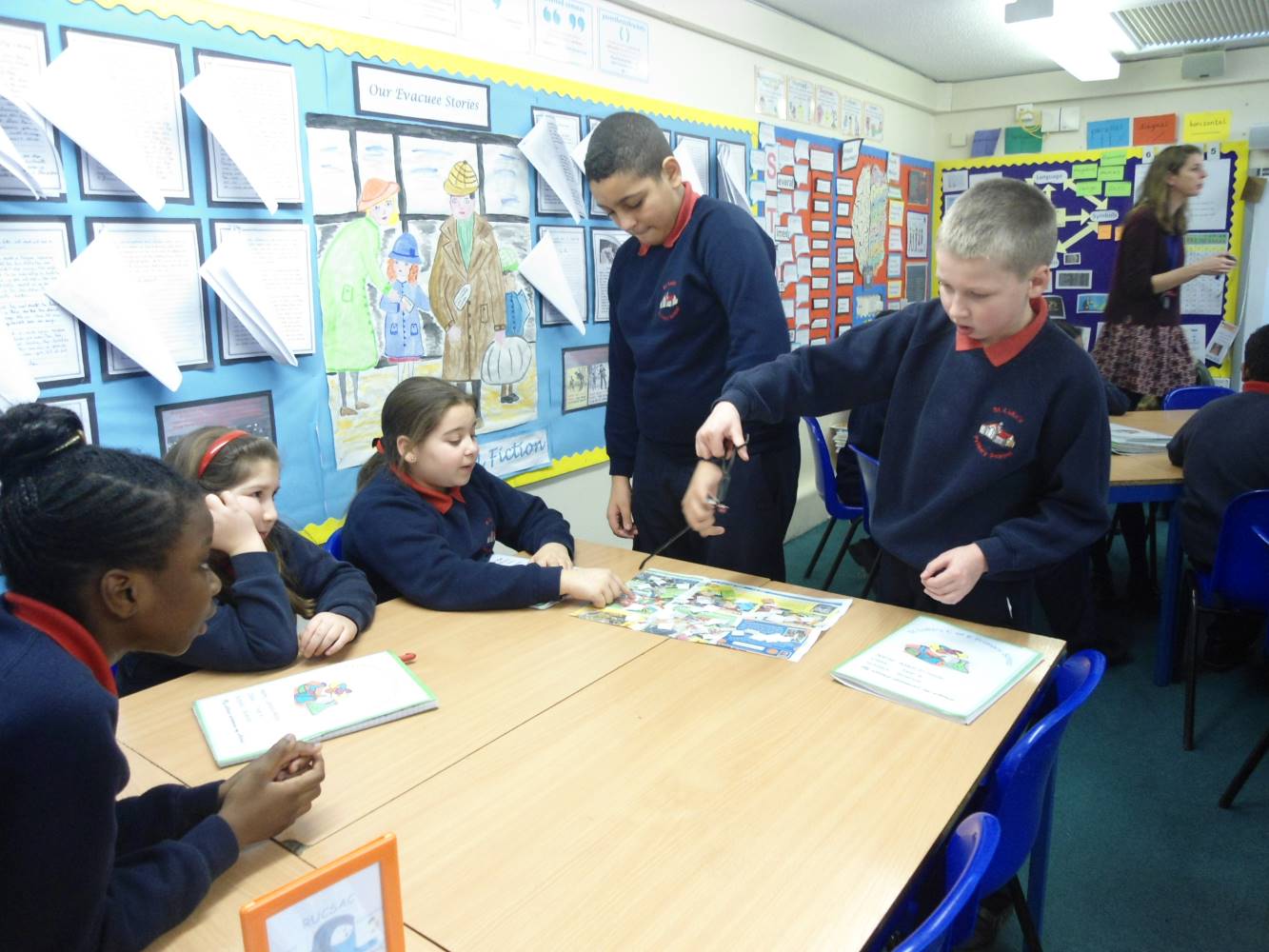
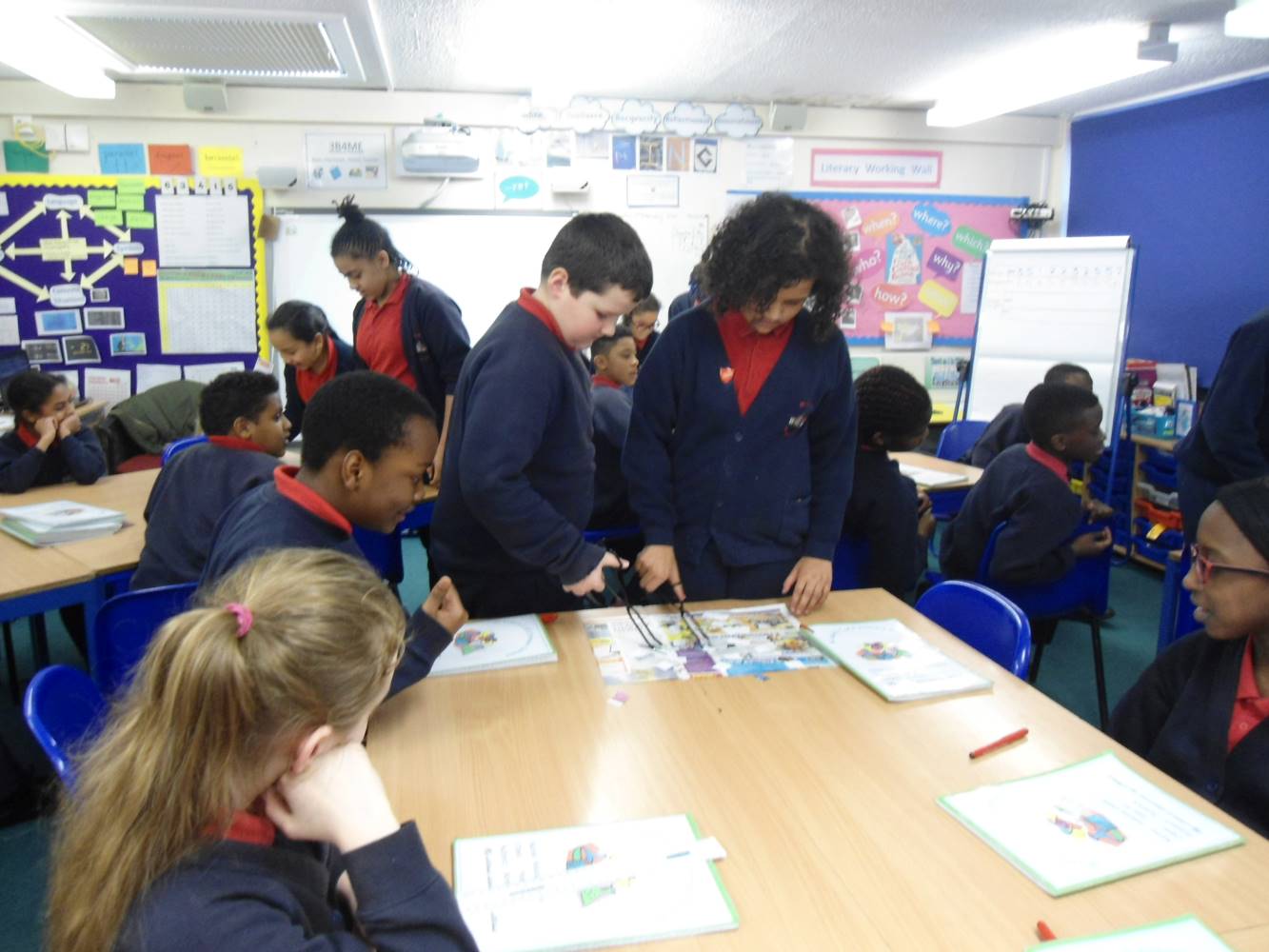
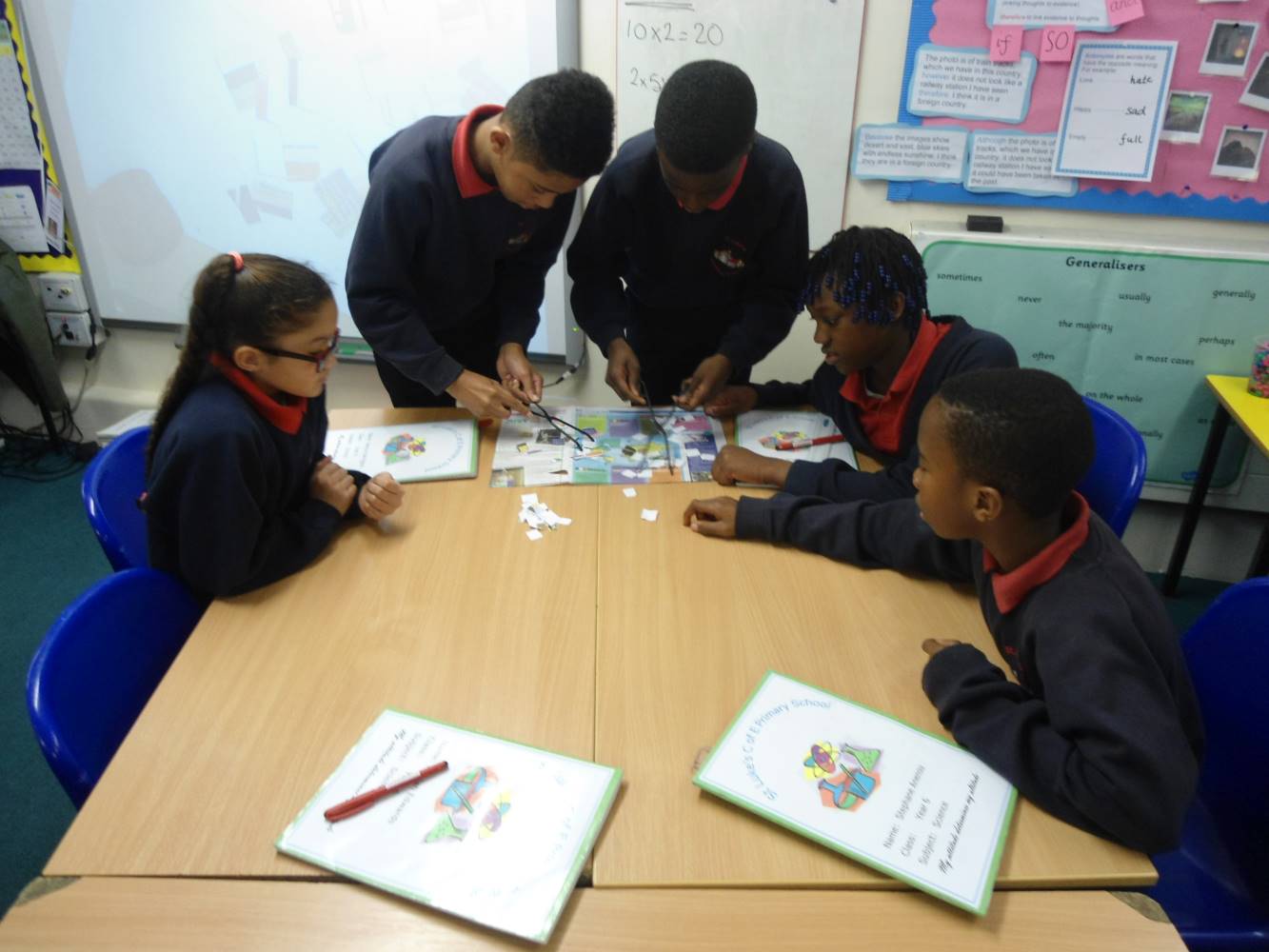
We related our results to moths. We found out that when newly industrialised parts of Britain became polluted in the nineteenth century, smoke killed lichens growing on trees and blackened their bark. Pale coloured moths which had been well camouflaged before when they rested on tree trunks became very conspicuous and were eaten by birds. Rare dark moths, which had been conspicuous before, were now well camouflaged in the black background. As birds switched from eating mainly dark moths to mainly pale moths, the most common moth colour changed from pale to dark. Natural selection had caused a change in the British moth population. The moths had evolved.
Since smoke pollution has decreased in the UK, the light coloured moths have started to become more common again. The process which took place after the industrial revolution is beginning to be reversed. By 2019, the dark moths are only expected to make up 1% of the peppered moth population in Britain.
In the next investigation we had to see who could pick up the most small pebbles in 15 seconds - someone using chopsticks or someone using tweezers.
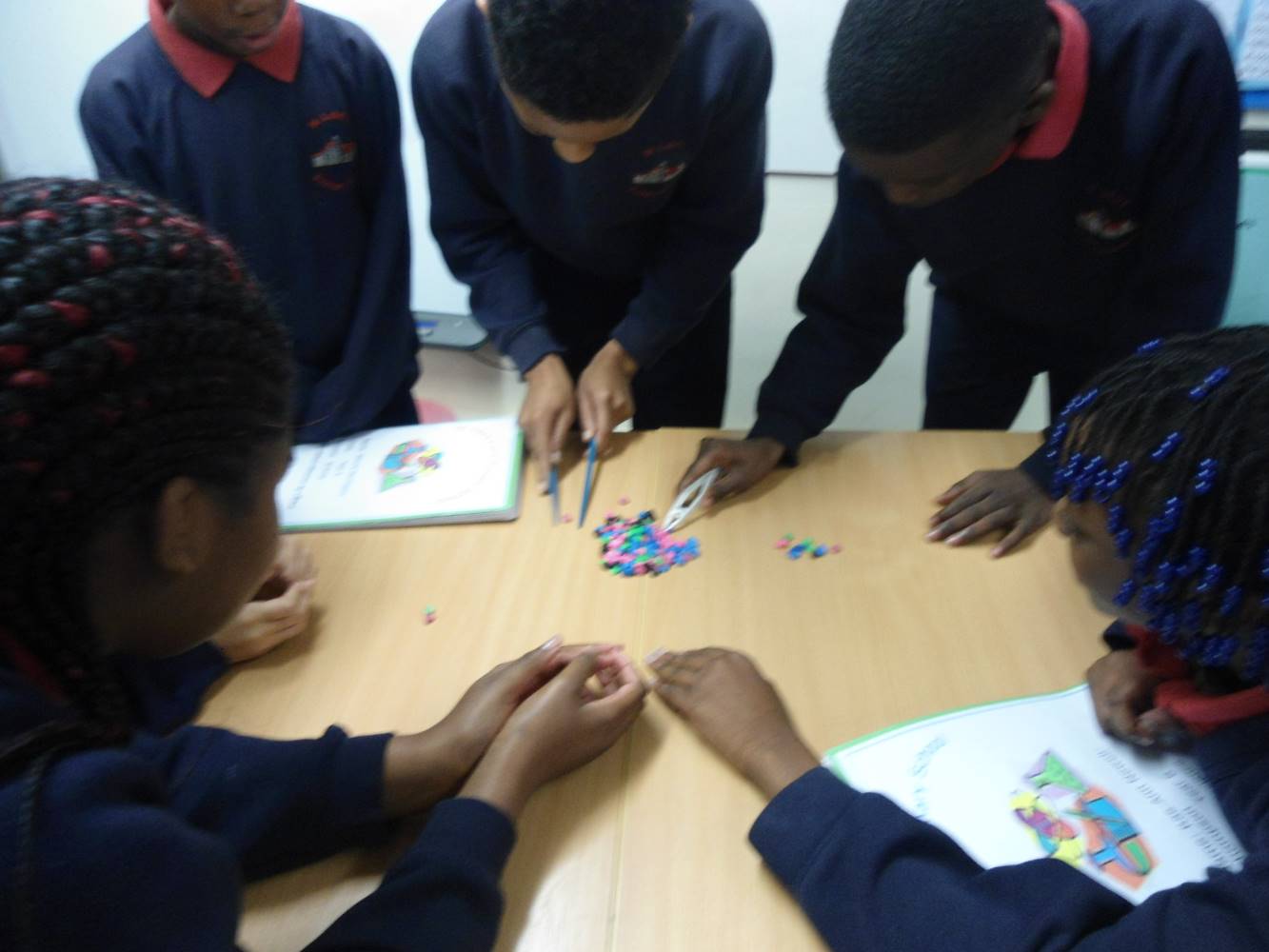
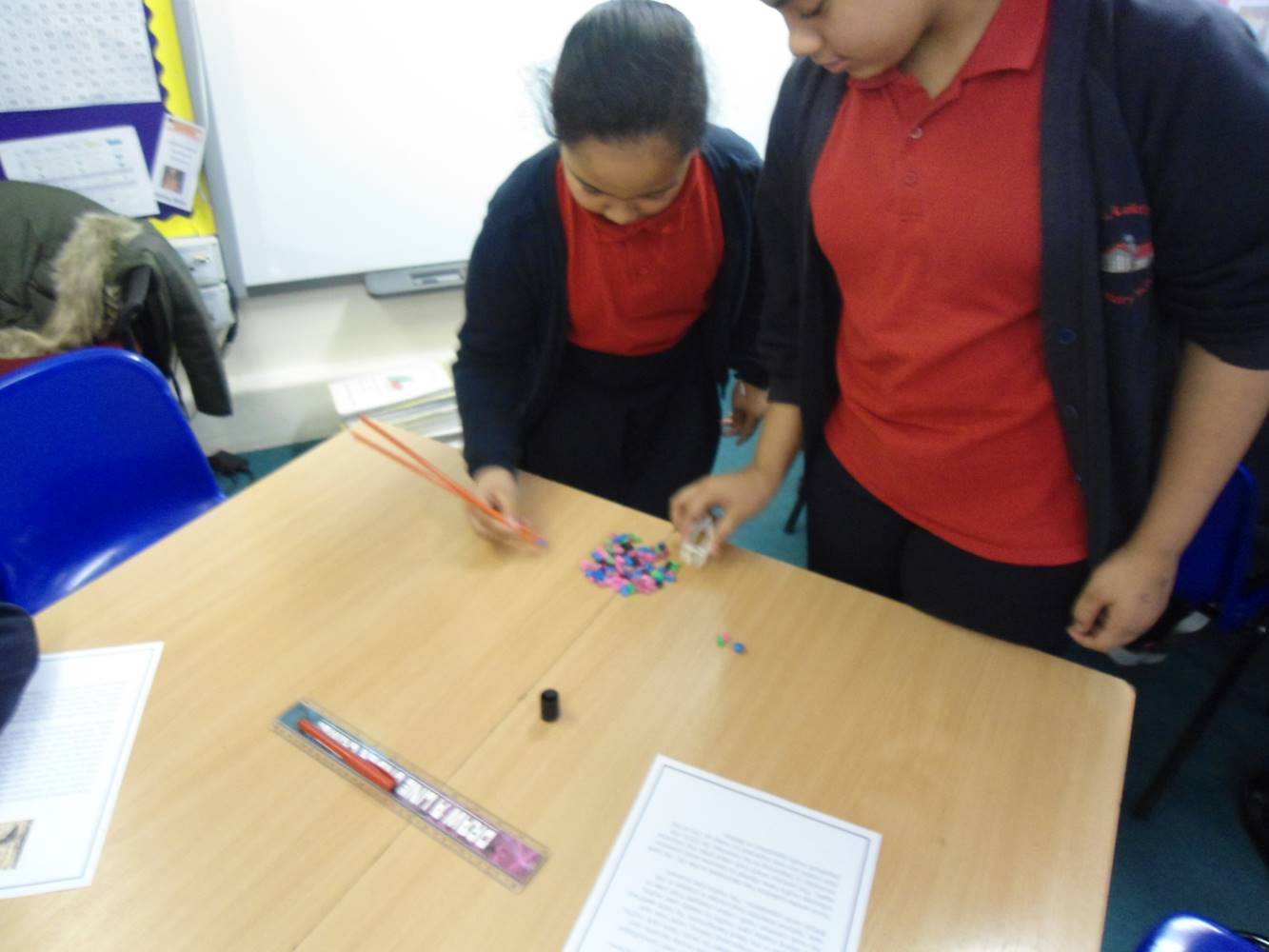
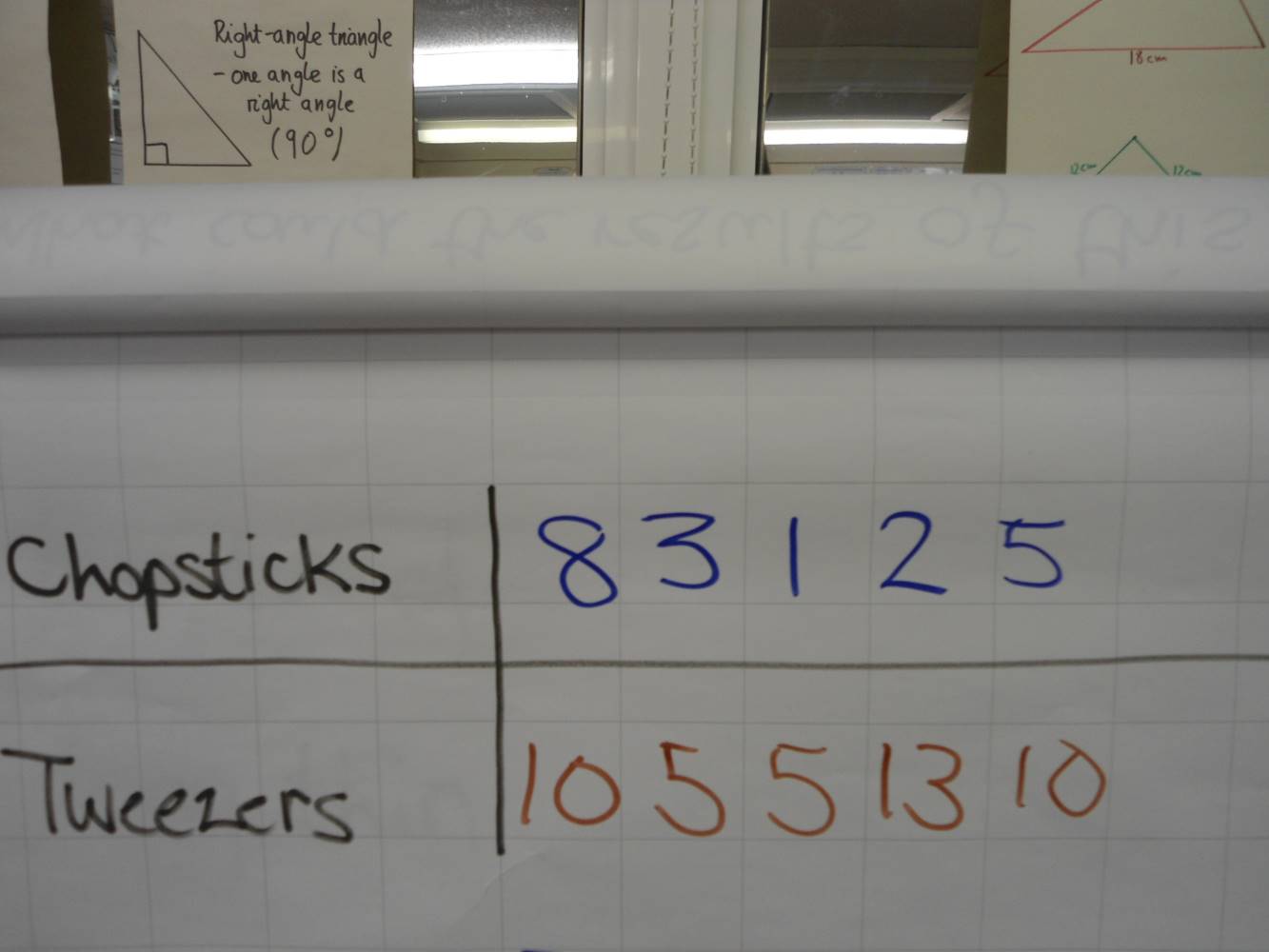
We discovered that it was much easier to pick up the pebbles using tweezers.
We then related our investigation to birds. The pebbles represented seeds; the tweezers - a short beak and the chopsticks - a long, thin beak. Those birds who eat seeds and small insects have evolved short beaks useful for pecking at the ground, whilst birds with long, thin beaks are more suited to plunging their beaks under water in order to catch fish.
Maths
Here are some games that will help you to practise the following maths skills:
- Estimating and approximating;
- Comparing and Ordering numbers;
- Place value;
- Working systematically
- Addition & subtraction.
Find a partner and a 1−6 dice, or even a 0−9 dice if you have one.
Each of you draw a set of four boxes like this:
Game 1
Take turns to roll the dice and decide which of your four boxes to fill. Do this four times each until all your boxes are full. Read the four digits as a whole number.
Whoever has the larger four-digit number wins.
There are two possible scoring systems:
- A point for a win. The first person to reach 10 wins the game
- Work out the difference between the two four-digit numbers after each round.
The winner keeps this score. First to 10000 wins.Now for some variations...
Game 2
Whoever makes the smaller four digit number wins. You'll probably want to change the scoring system.
Game 3
Set a target to aim for. Then throw the dice four times each and work out how far each of you is from the target number. Whoever is the closer wins.
There are two possible scoring systems:
- A point for a win. The first person to reach 10 wins the game
- Work out the difference between the two four-digit numbers and the target number after each round. Keep a running total. First to 10000 loses.
Game 4
This game introduces a decimal point. The decimal point will take up one of the cells so this time the dice only needs to be thrown three times by each player. The winner is the one closer to the target. Choose a target.
Two possible versions:
- each player decides in advance where they want to put the decimal point before taking turns to throw the dice
- each player throws the dice three times and then decides where to place the digits and the decimal point.
Again, two different scoring systems are possible.
Game 5
This is the nasty version!
Play any of the games above. This time you can choose to keep your number and put it in one of your cells, OR give it to your partner and tell them which cell to put it in. You might lose a friend this way! It's really important to take turns to start each round if this game is going to be fair.
This becomes even nastier when you play the games above with more than two people.
Game 6
A cooperative game rather than a competitive one - for three or more people.
Choose any of the games above. Decide in advance which of you will get the closest to the target, who will be second closest, third, fourth etc. Now work together to decide in whose cells the numbers should be placed, and where.
For more games like this please visit http://nrich.maths.org/frontpage
Literacy
Year 6 are currently studying 'The Unforgotten Coat' by Franck Cottrell Boyce. The book, the winner of the Guardian Children's Fiction Prize in 2012, is set in a school in Liverpool where two mysterious boys from the steppe of Mongolia suddenly arrive one day...
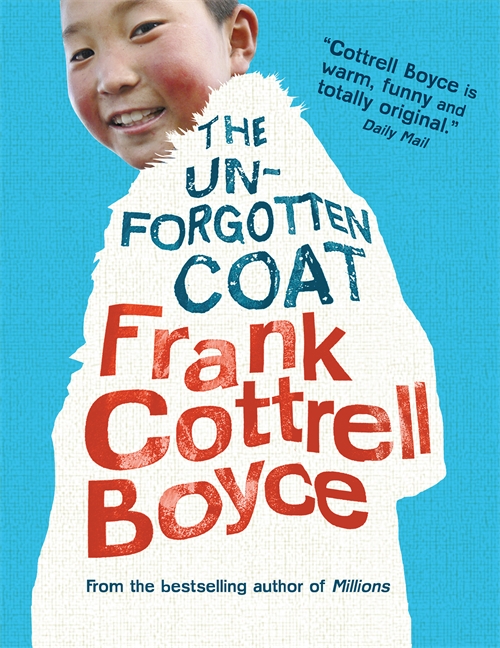
Challenge: The main character in the book, Chingis, is from Mongolia. What interesting information can you find out about Mongolia?
Attendance Cup
Congratulations to Year 6 for having the best attendance record this week. Keep it up!

Punctuality
Congratulations to the Year 6 learners whose punctuality level last term was 100%!
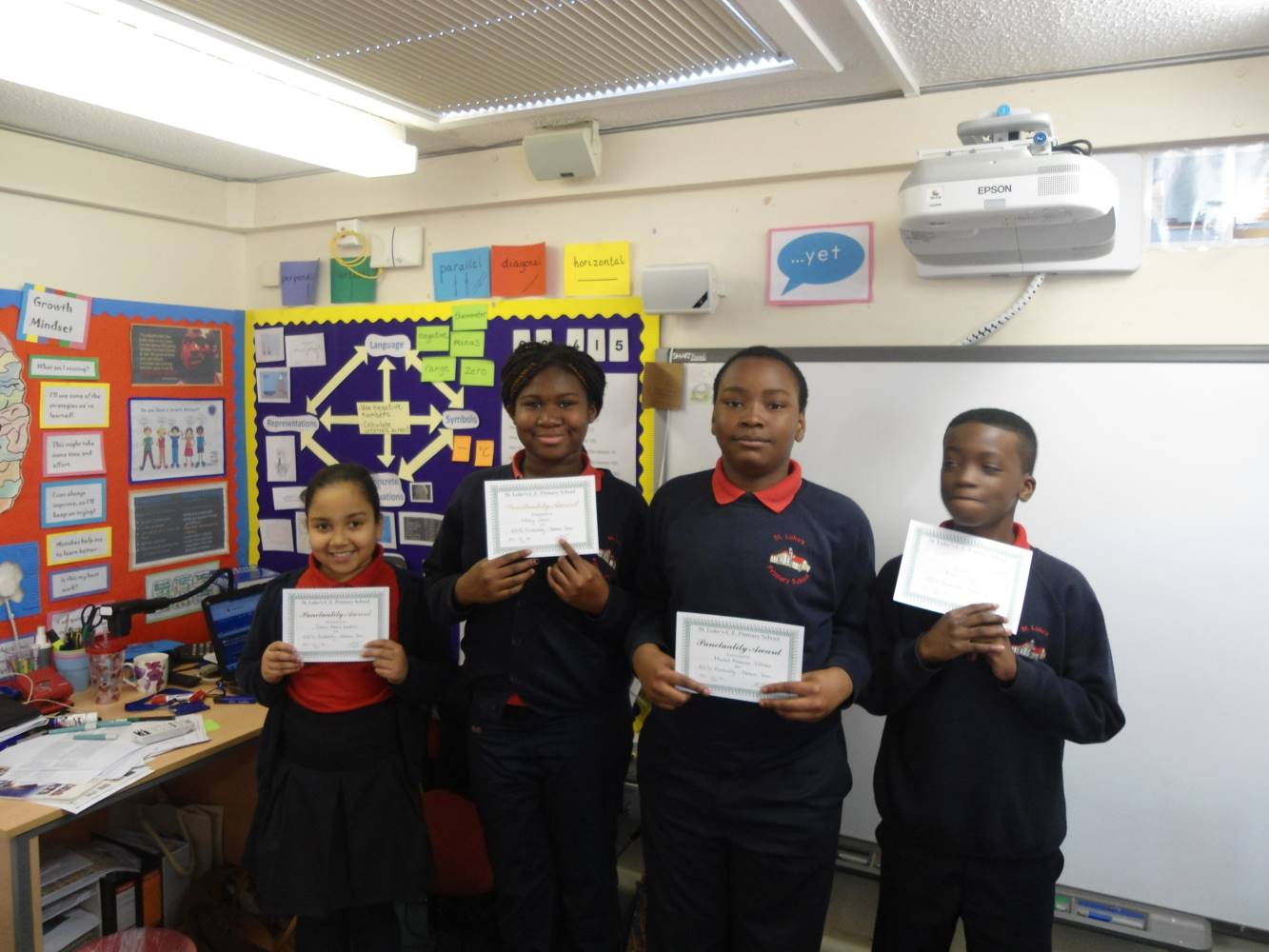
Attendance
Congratulations to the Year 6 learners whose attendance level last term was 100%!
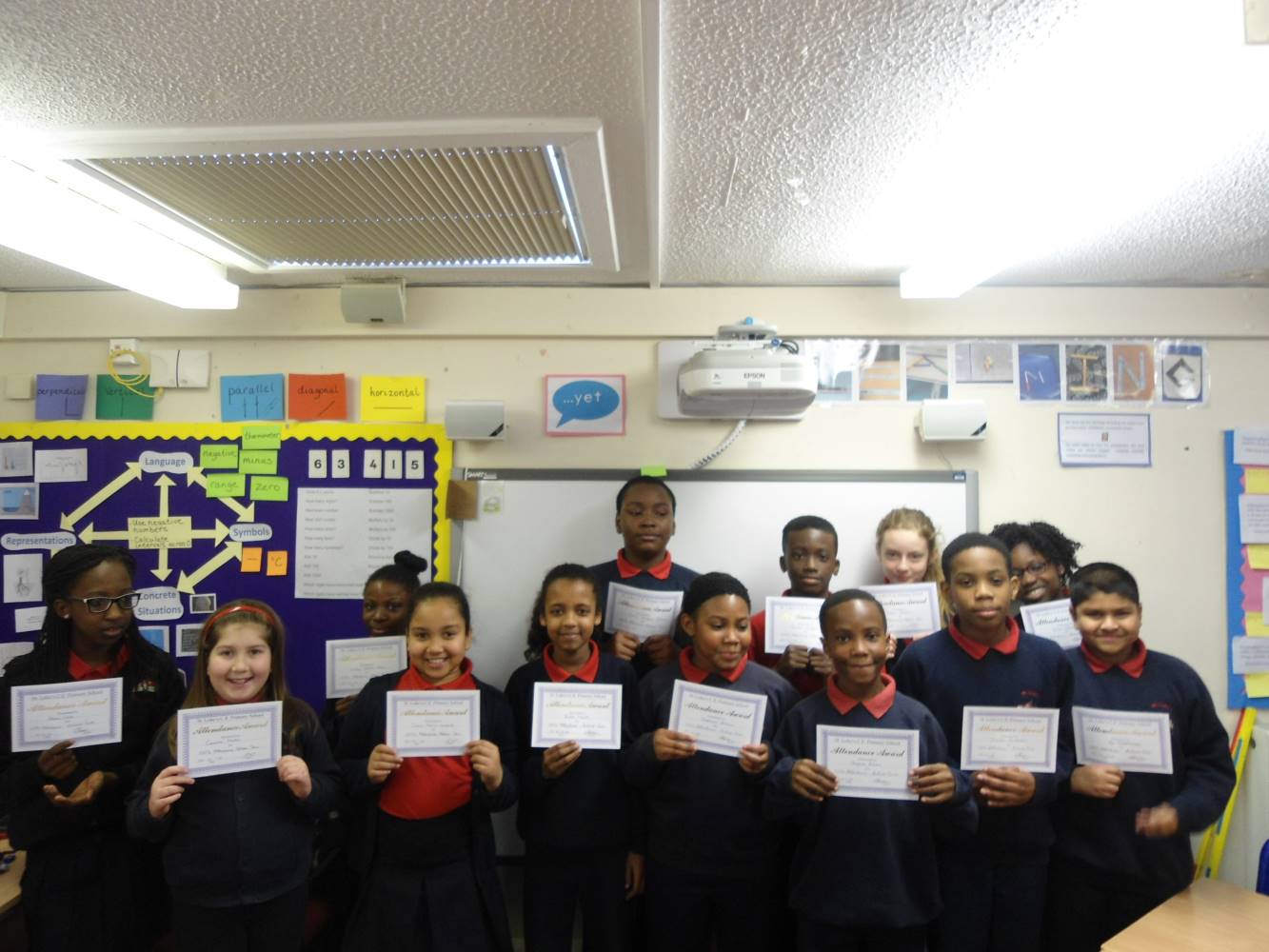
Gold Awards
Congratulations to the Year 6 learners who received Gold Awards:
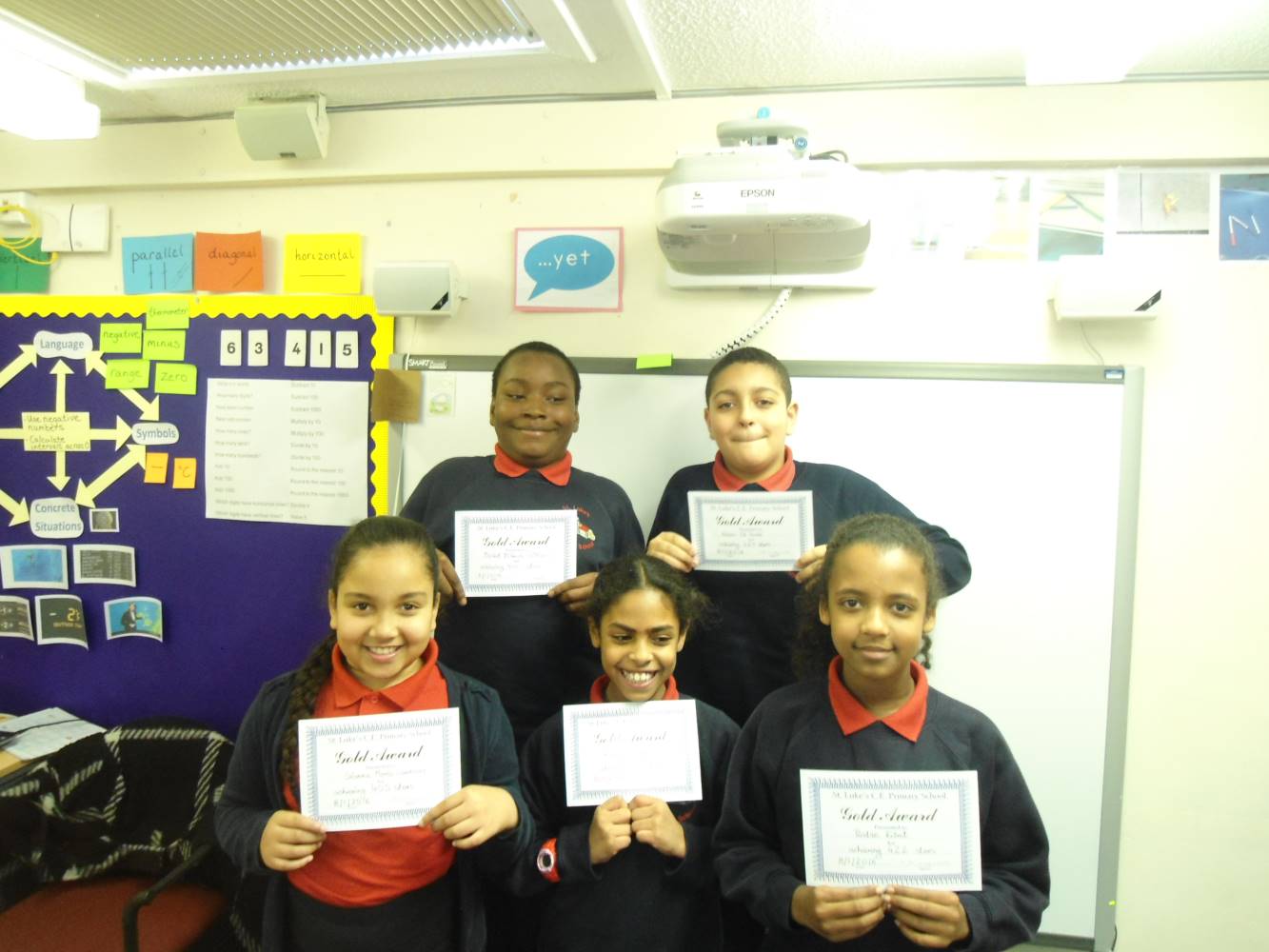
Silver Awards
Congratulations to the Year 6 learners who received Silver Awards:
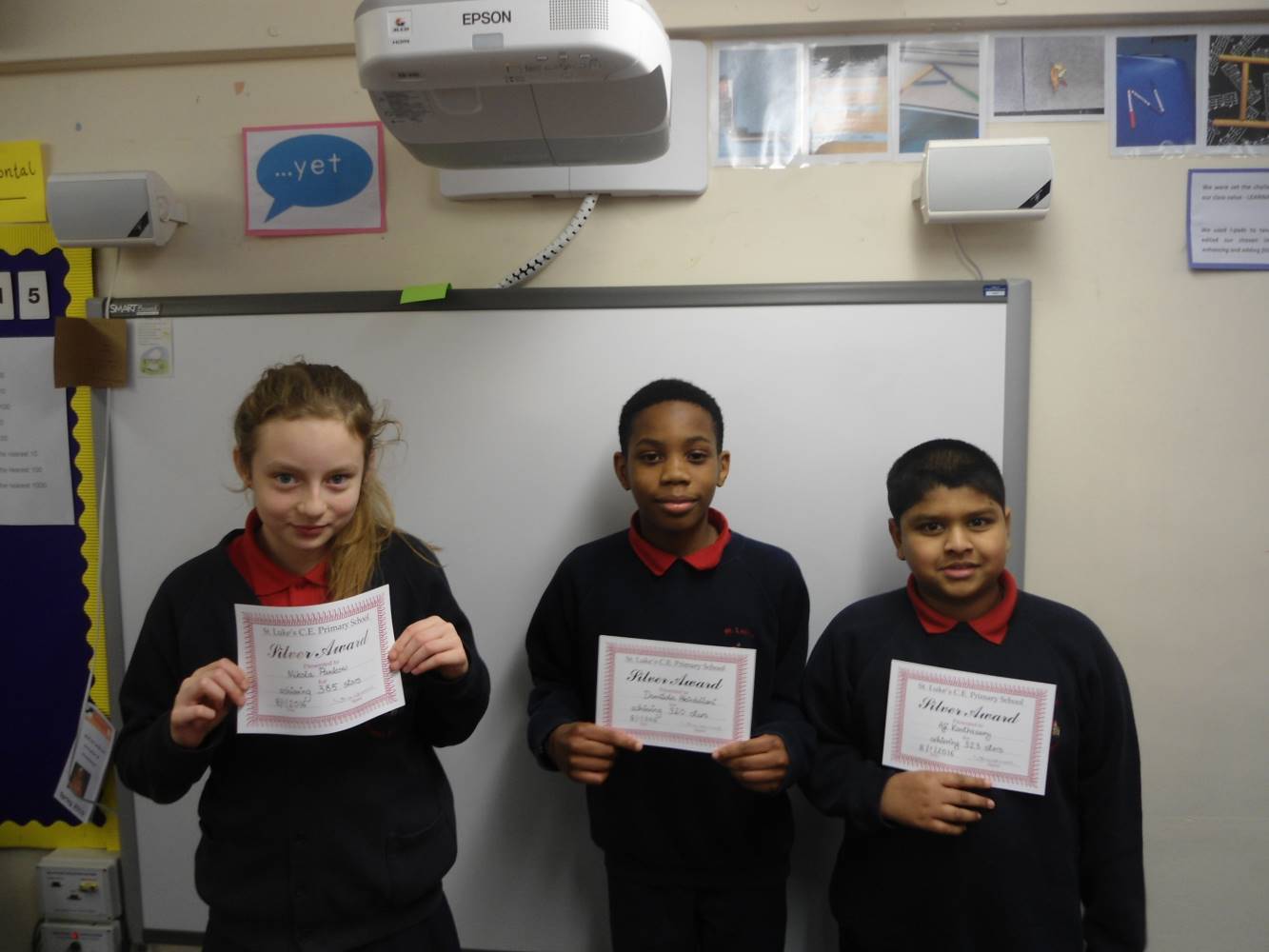
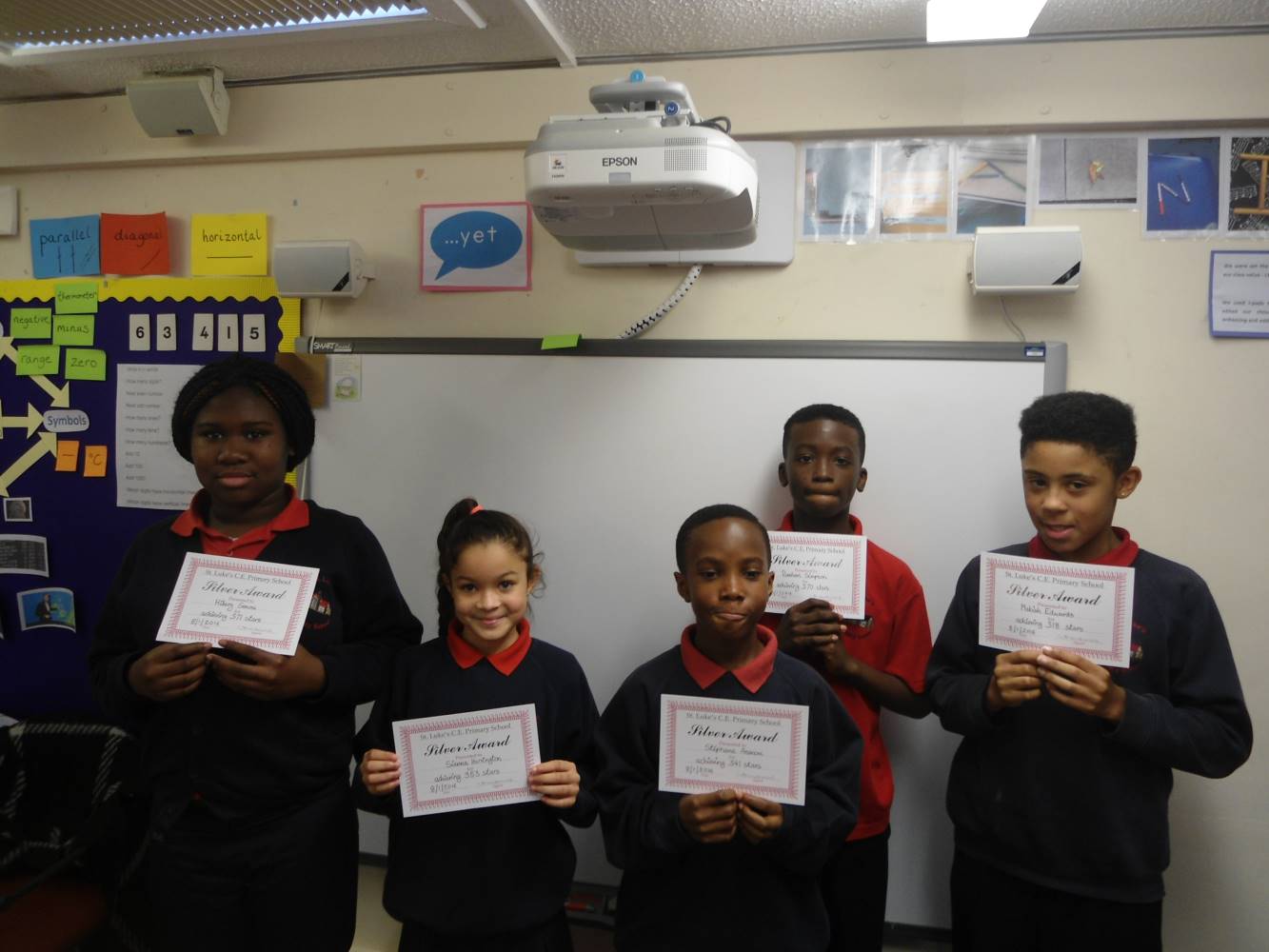
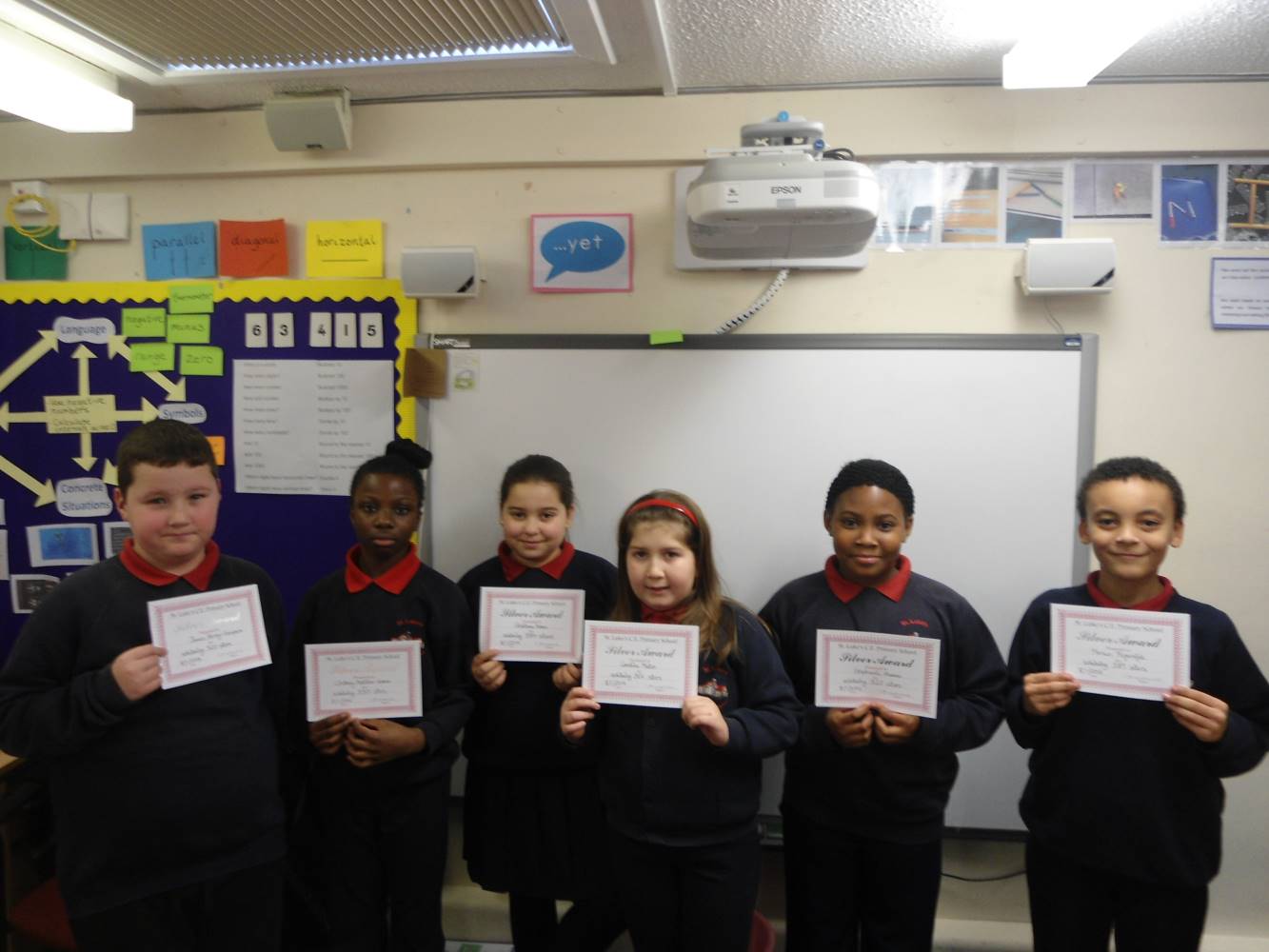
Bronze Awards
Congratulations to the Year 6 learners who received Bronze Awards:
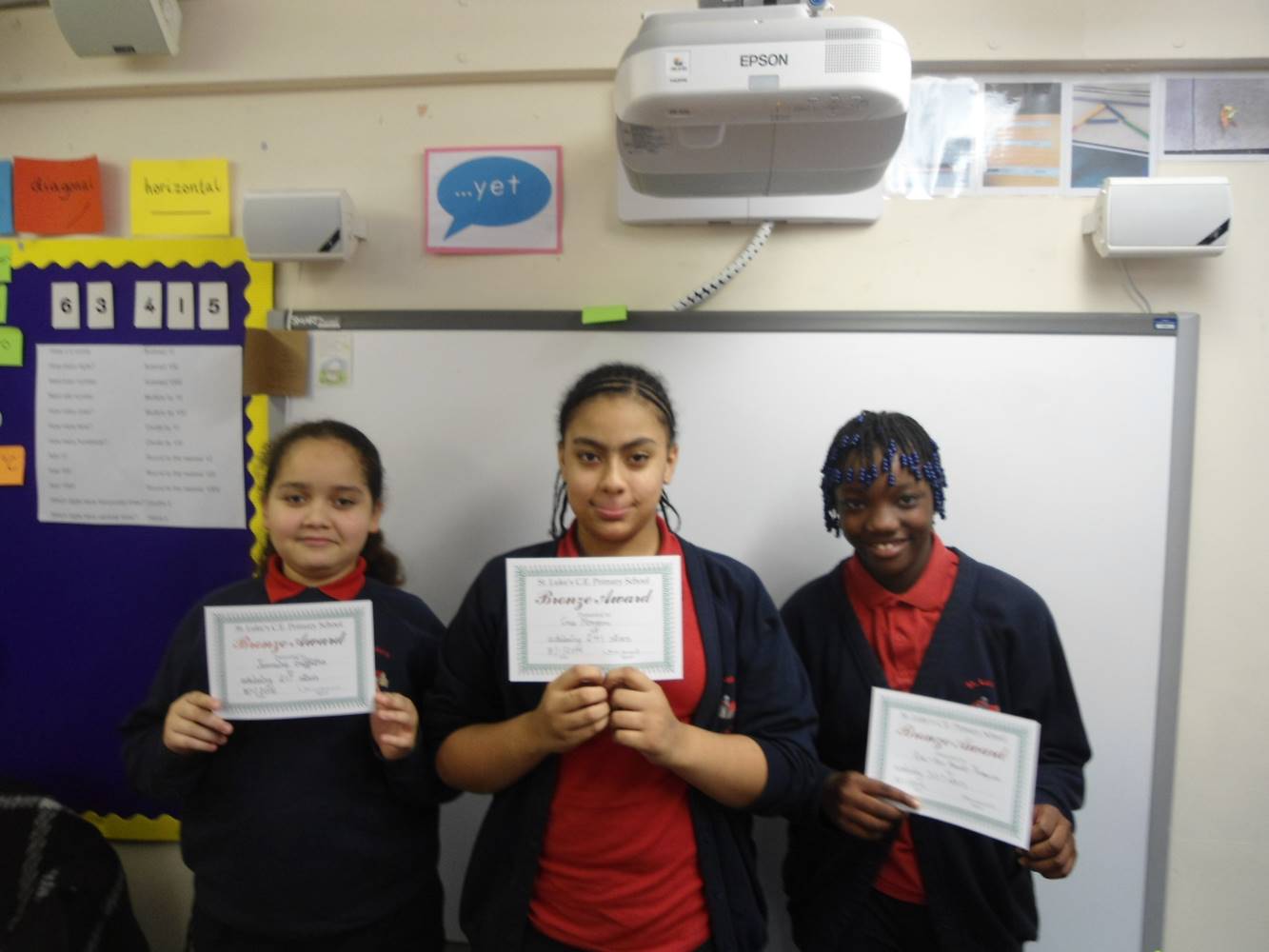
Spelling
Year 6 National Curriculum requirements
Pupils should be taught to
- develop a range of personal strategies for learning new and irregular words*
- develop a range of personal strategies for spelling at the point of composition*
- develop a range of strategies for checking and proofreading spellings after writing*
- use further prefixes and suffixes and understand the guidance for adding them
- spell some words with ‘silent’ letters (rarer GPCs, for example: knight, psalm, solemn)
- continue to distinguish between homophones and other words which are often confused
- use knowledge of morphology and etymology in spelling and understand that the spelling of
some words needs to be learnt specifically, as listed in English Appendix 1
- use dictionaries to check the spelling and meaning of words
- use the first three or four letters of a word to check spelling, meaning or both of these in a
dictionary
- use a thesaurus
- proofread for spelling errors.
* non-statutory
Statutory word list for Years 5 and 6
|
|
accommodate |
equip (-ped, -ment) |
programme |
|
accompany |
especially |
pronunciation |
|
|
according |
exaggerate |
queue |
|
|
achieve |
excellent |
recognise |
|
|
aggressive |
existence |
recommend |
|
|
amateur |
explanation |
restaurant |
|
|
ancient |
familiar |
rhyme |
|
|
apparent |
foreign |
rhythm |
|
|
appreciate |
forty |
sacrifice |
|
|
attached |
frequently |
secretary |
|
|
available |
government |
shoulder |
|
|
average |
guarantee |
signature |
|
|
awkward |
harass |
sincere(ly) |
|
|
bargain |
hindrance |
soldier |
|
|
bruise |
identity |
stomach |
|
|
category |
immediately |
sufficient |
|
|
cemetery |
interfere |
suggest |
|
|
committee |
interrupt |
symbol (h) |
|
|
communicate |
language |
system |
|
|
community |
leisure |
temperature |
|
|
competition |
lightning (h) |
thorough |
|
|
conscience |
marvellous |
twelfth |
|
|
conscious |
mischievous |
variety |
|
|
controversy |
muscle (h) |
vegetable |
|
|
convenience |
necessary |
vehicle |
|
|
correspond |
neighbour |
yacht |
|
|
criticise (critic + ise) |
nuisance |
|
|
|
curiosity |
occupy |
|
|
|
definite |
occur |
|
|
|
desperate |
opportunity |
|
|
|
determined |
parliament |
|
|
|
develop |
persuade |
|
|
|
dictionary |
physical |
|
|
|
disastrous |
prejudice |
|
|
|
embarrass |
privilege |
|
|
|
48 |
environment |
profession |
|
Tips for learning spellings at home:
|
Look, say, cover, write, check |
This is probably the most common strategy used to learn spellings. Look: first look at the whole word carefully and if there is one part of the word that is difficult, look at that part in more detail. Say: say the word as you look at it, using different ways of pronouncing it if that will make it more memorable. Cover: cover the word. Write: write the word from memory, saying the word as you do so. Check: Have you got it right? If yes, try writing it again and again! If not, start again – look, say, cover, write, check. |
|
Trace, copy and replicate (and then check) |
This is a similar learning process to ‘look, say, cover, write, check’ but is about developing automaticity and muscle memory. Write the word out on a sheet of paper ensuring that it is spelt correctly and it is large enough to trace over. Trace over the word and say it at the same time. Move next to the word you have just written and write it out as you say it. Turn the page over and write the word as you say it, and then check that you have spelt it correctly. If this is easy, do the same process for two different words at the same time. Once you have written all your words this way and feel confident, miss out the tracing and copying or the tracing alone and just write the words. |
|
Segmentation strategy |
The splitting of a word into its constituent phonemes in the correct order to support spelling. |
|
Quickwrite |
Writing the words linked to the teaching focus with speed and fluency. The aim is to write as many words as possible within a time constraint. Pupils can write words provided by the teacher or generate their own examples. For example, in two minutes write as many words as possible with the /iː/ phoneme. This can be turned into a variety of competitive games including working in teams and developing relay race approaches. |
|
Drawing around the word to show the shape |
Draw around the words making a clear distinction in size where there are ascenders and descenders. Look carefully at the shape of the word and the letters in each box. Now try to write the word making sure that you get the same shape. |
|
Drawing an image around the word |
This strategy is all about making a word memorable. It links to meaning in order to try to make the spelling noticeable.
You can’t use this method as your main method of learning spellings, but it might work on those that are just a little more difficult to remember. |
|
Words without vowels |
This strategy is useful where the vowel choices are the challenge in the words. Write the words without the vowels and pupils have to choose the correct grapheme to put in the space. For example, for the word field: |
|
Pyramid words |
This method of learning words forces you to think of each letter separately.
You can then reverse the process so that you end up with a diamond. |
|
Other strategies |
Other methods can include:
• Rainbow writing. Using coloured pencils in different ways can help to make parts of words memorable. You could highlight the tricky part s of the word or write the tricky part in a different colour. You could also write each letter in a different colour, or write the word in red, then overlay in orange, yellow and so on.
• Making up memorable ‘silly sentences’ containing the word • Saying the word in a funny way – for example, pronouncing the ‘silent’ letters in a word • Clapping and counting to identify the syllables in a word. |
St Luke's Bullying Survey
As part of maths week and anti-bullying week Year 6 have conducted a survey to investigate bullying in our school community. We visited each class and every child was given a questionnaire to complete. We then collated our data and presented it in charts using ICT. Our results will be published on the display next to the staff room. Come and see what we found out!
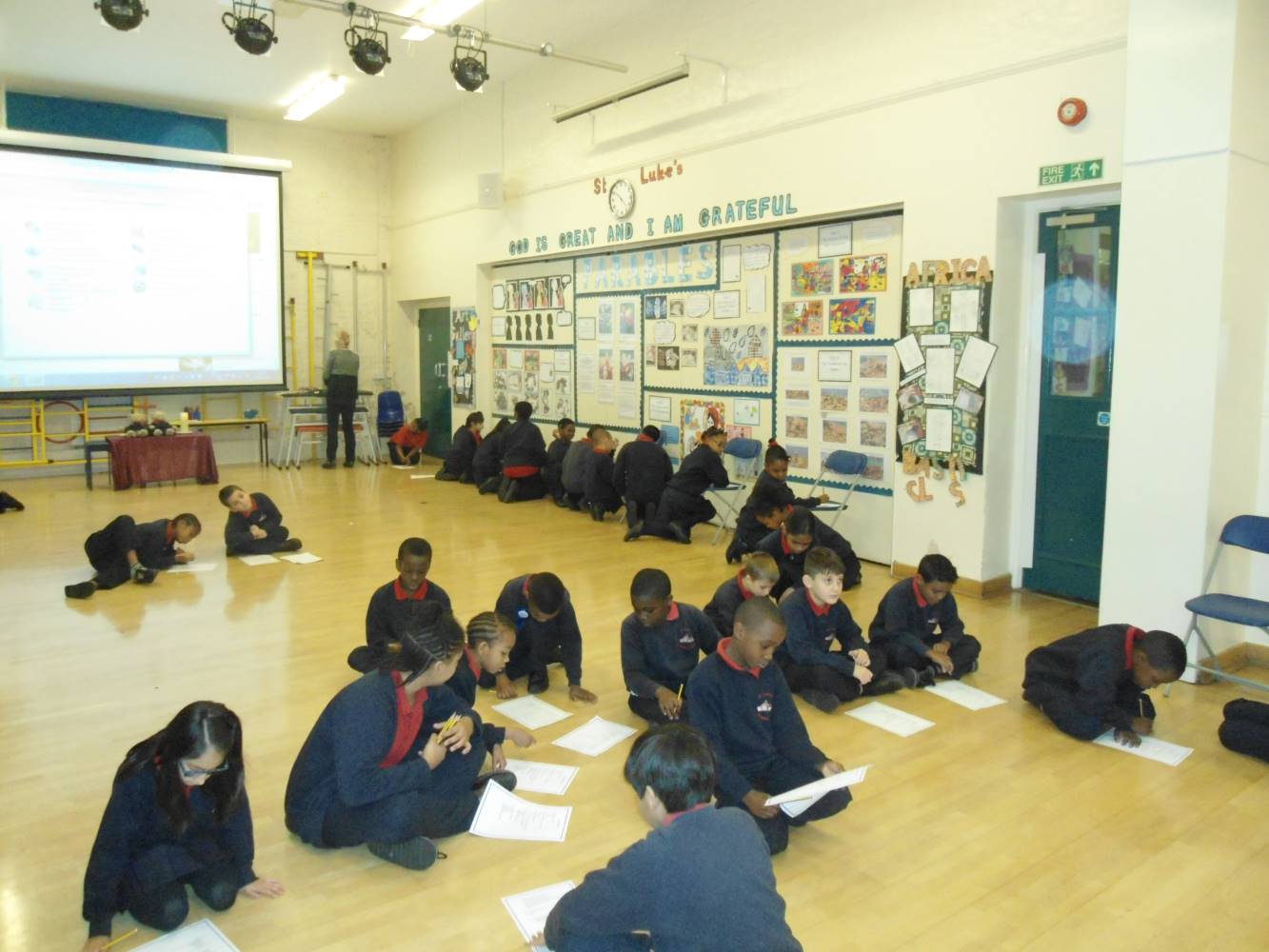
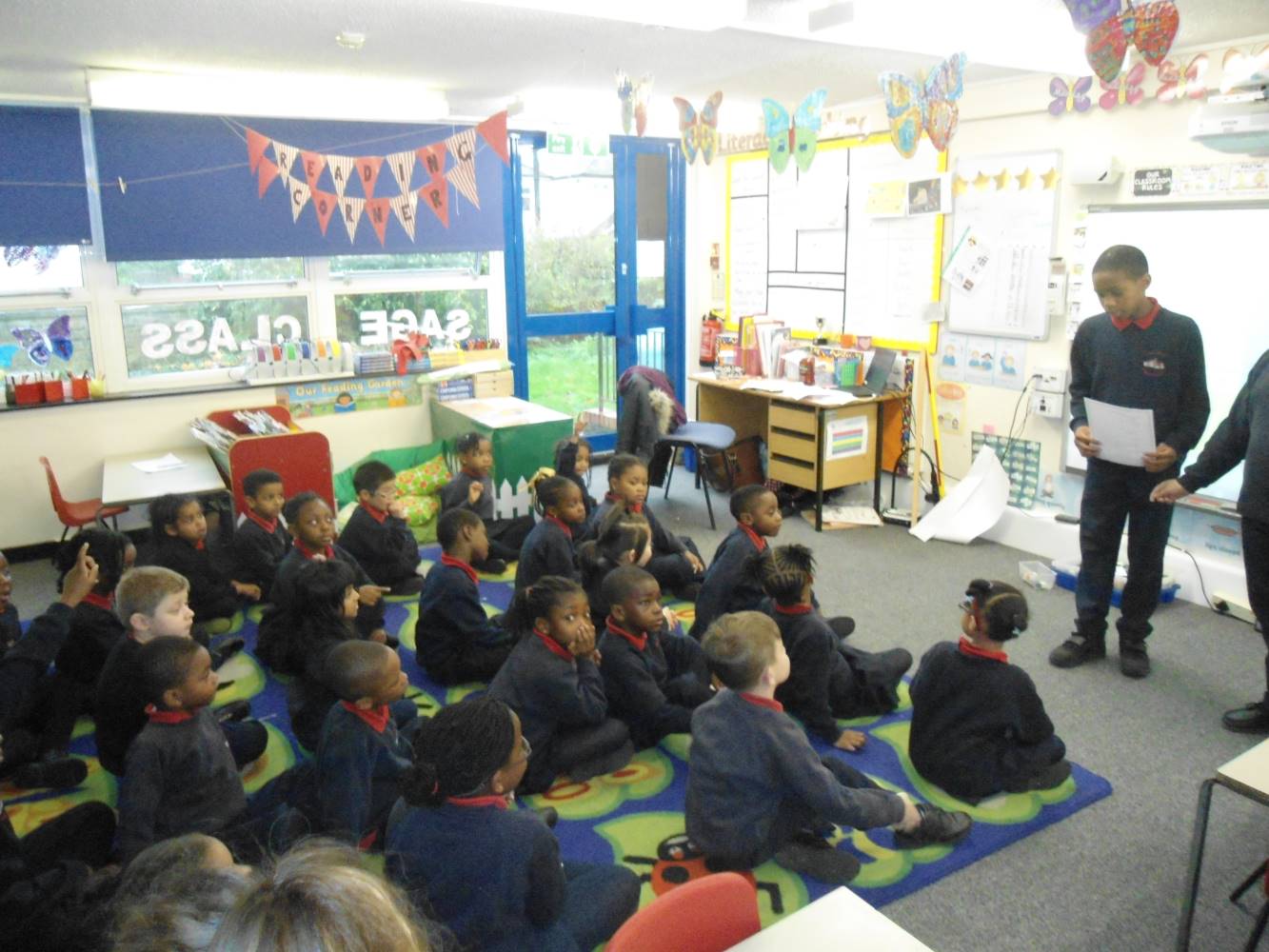
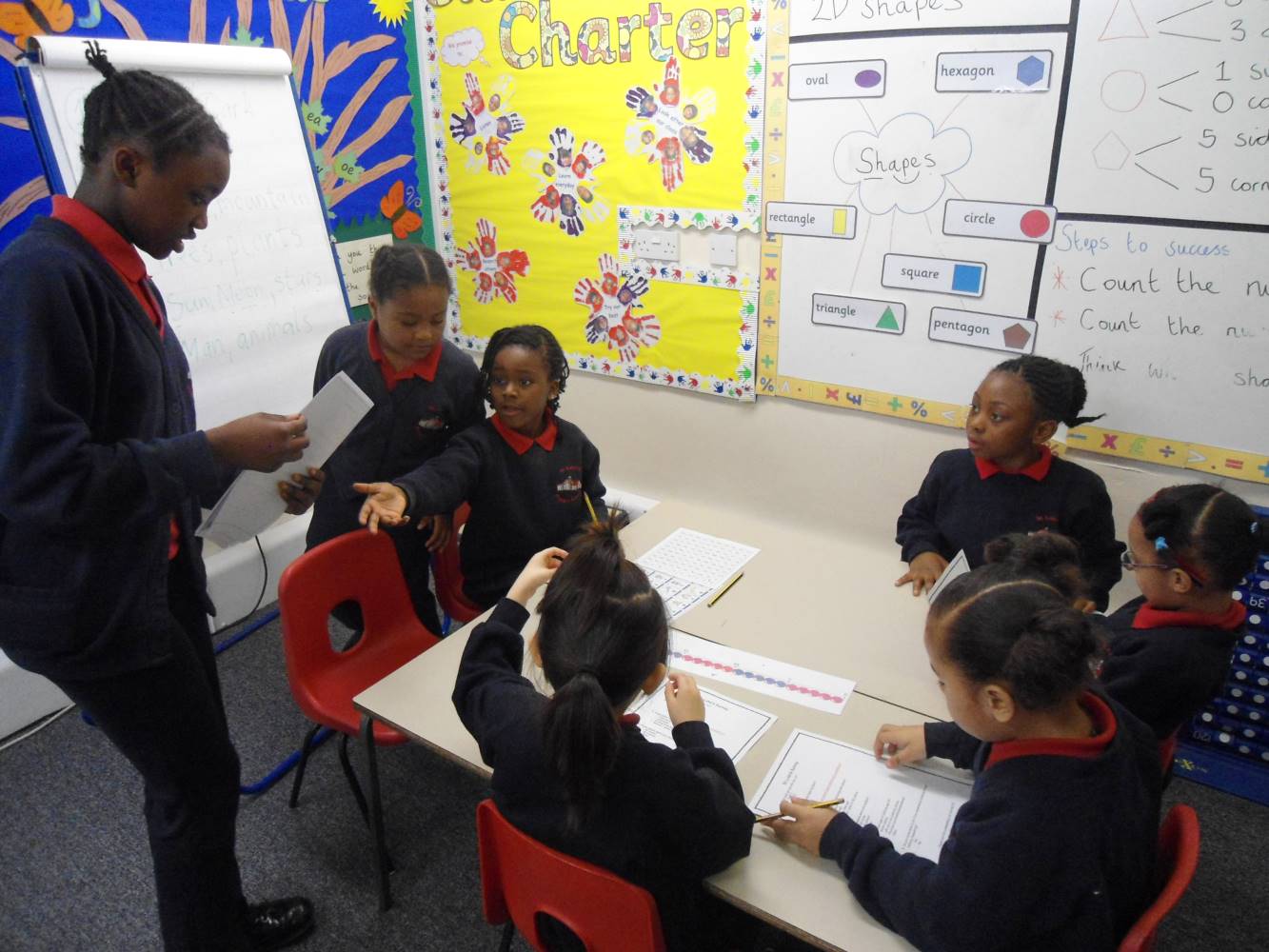
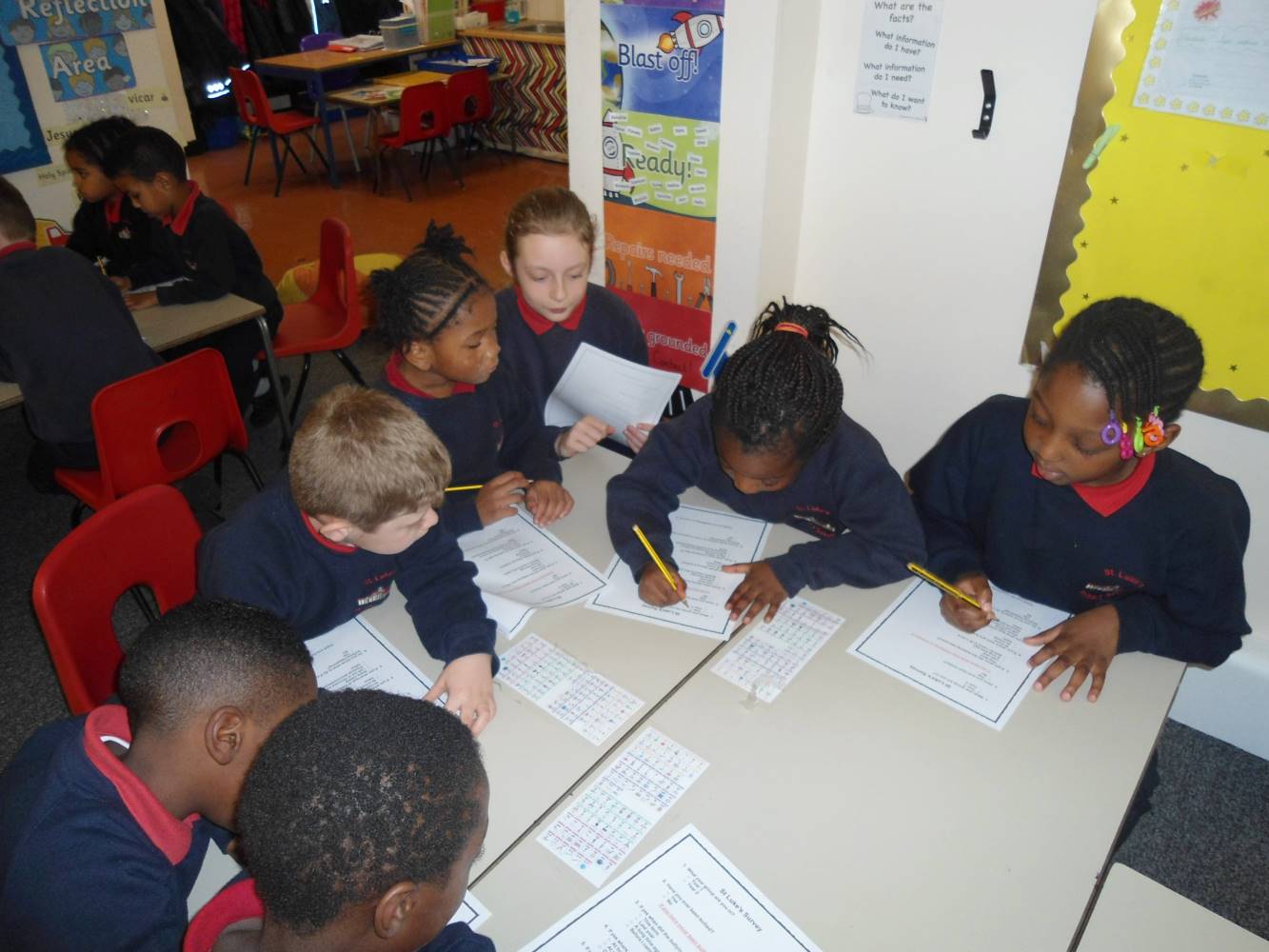
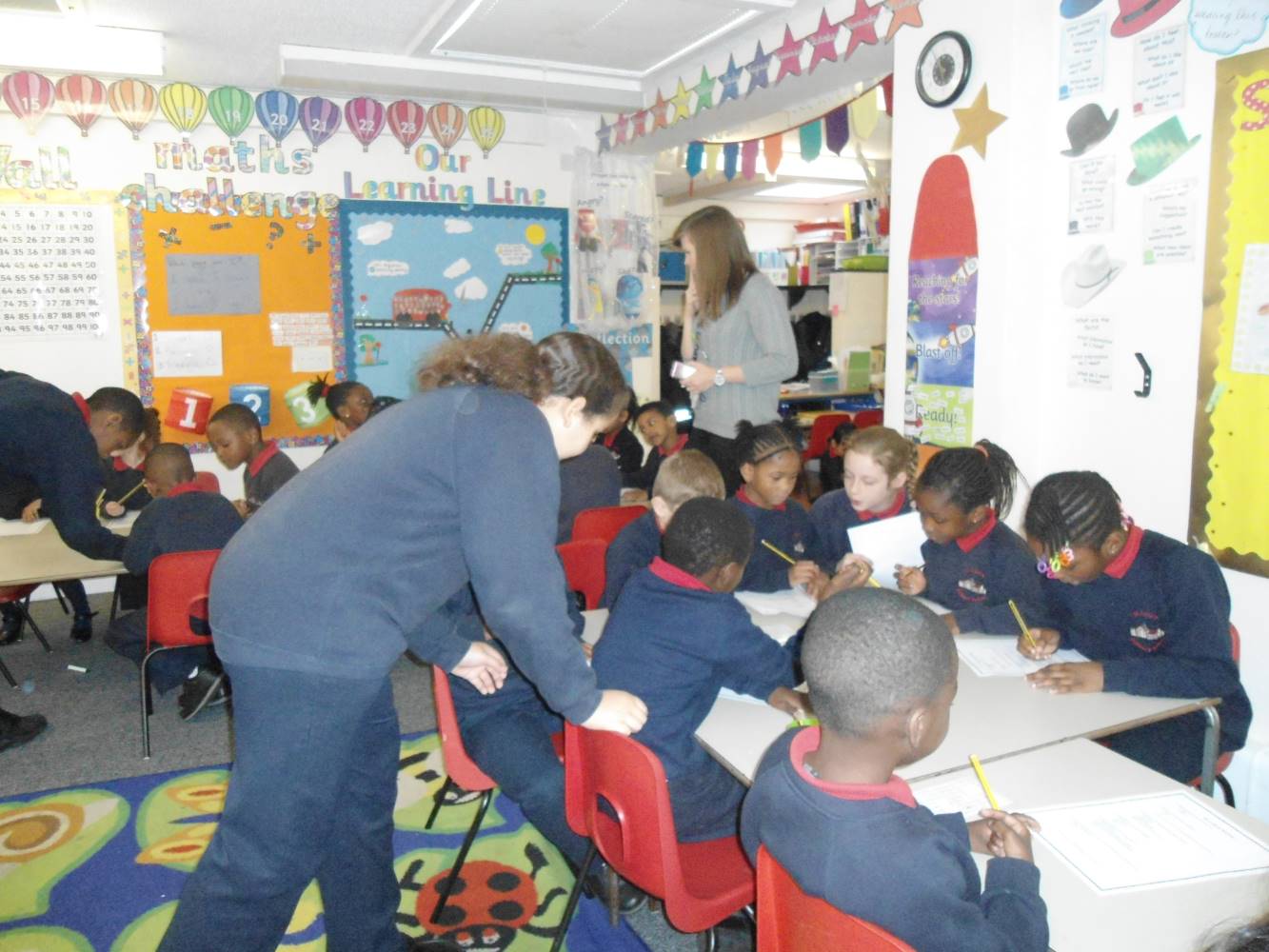
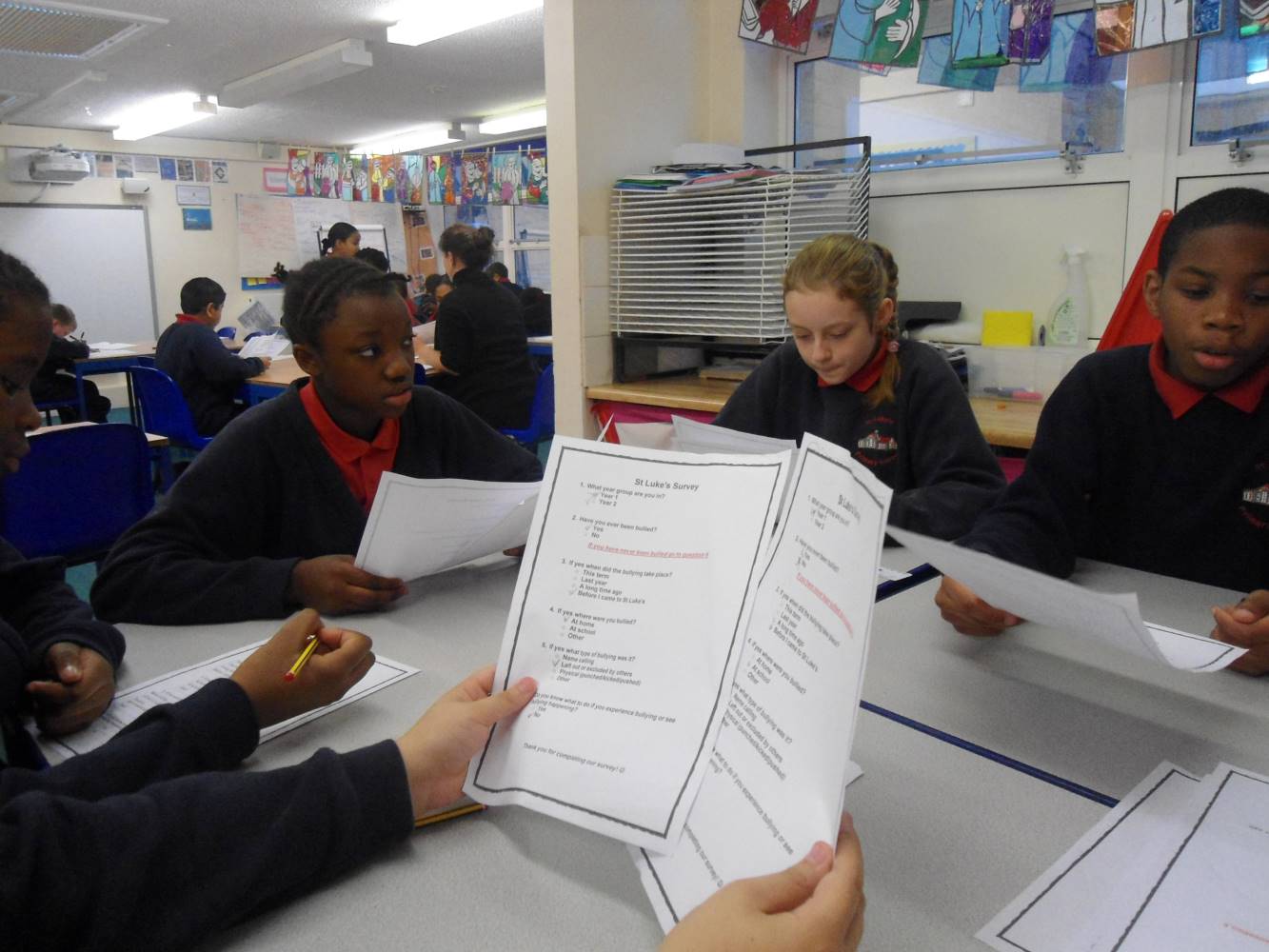
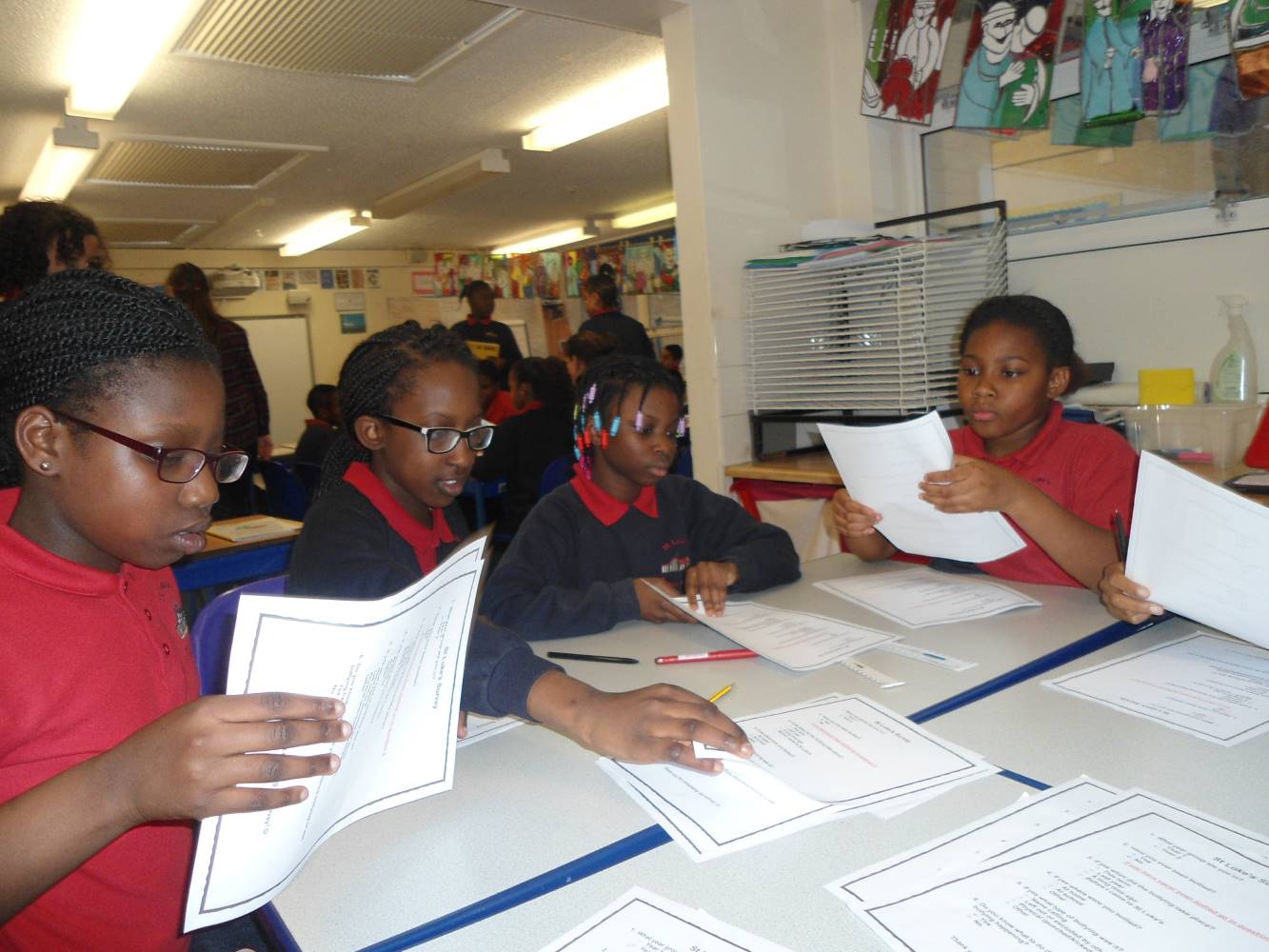
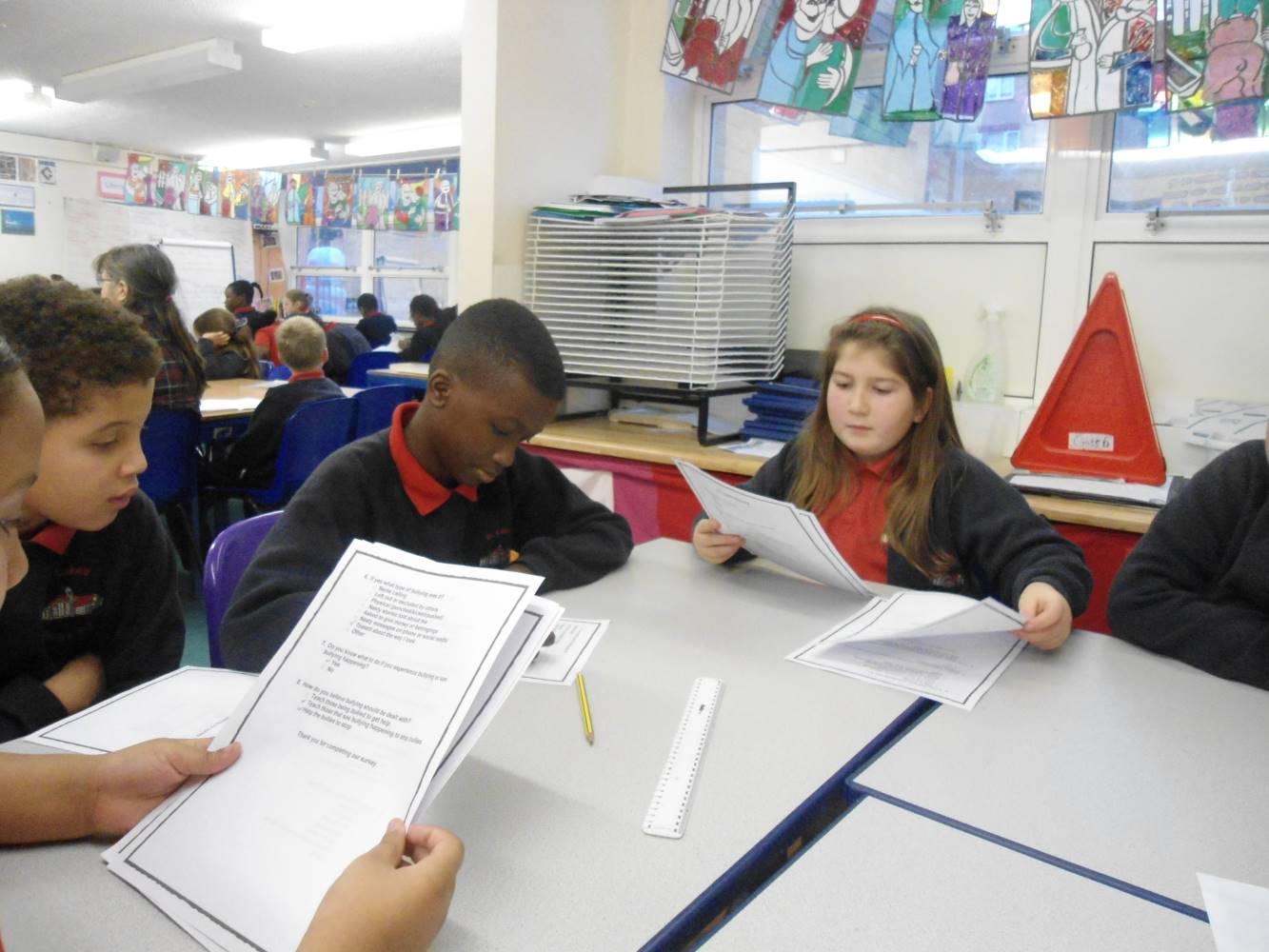





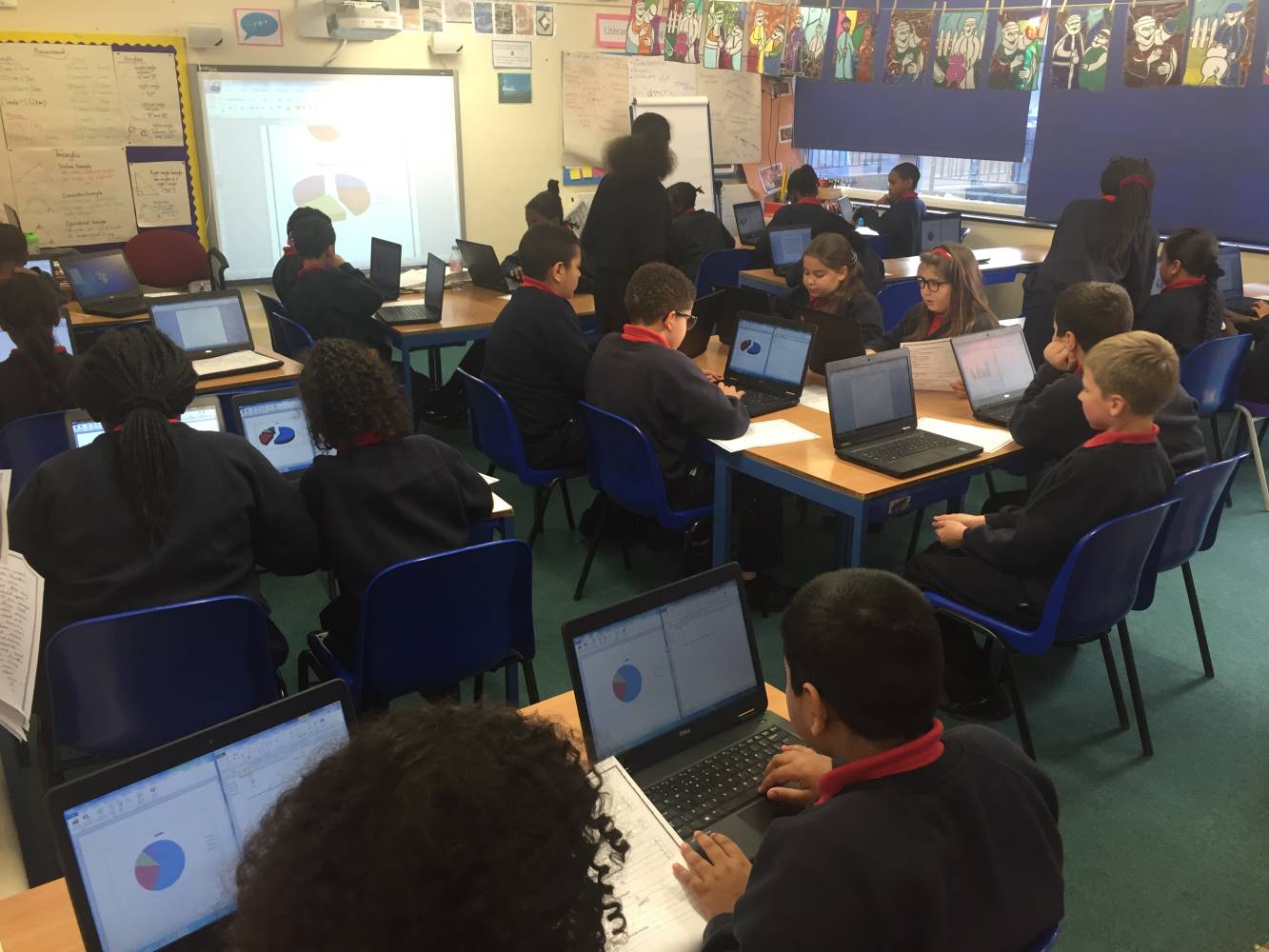
Anti Bullying Week This week is anti bullying week! In year 6 we have been thinking about:
This week is anti bullying week! In year 6 we have been thinking about:
- What bullying is
- What we should do if we experience or witness bullying
- What a bully looks like (stereotyping)
Alongside our P.S.H.C.E lessons we took part in a just press play activity relating to bullying. Just press play is an educational resource that uses sound, story and movement to engage children and bring learning activities to life. It really helped the children to show empathy for the issue and understand its implications more deeply.
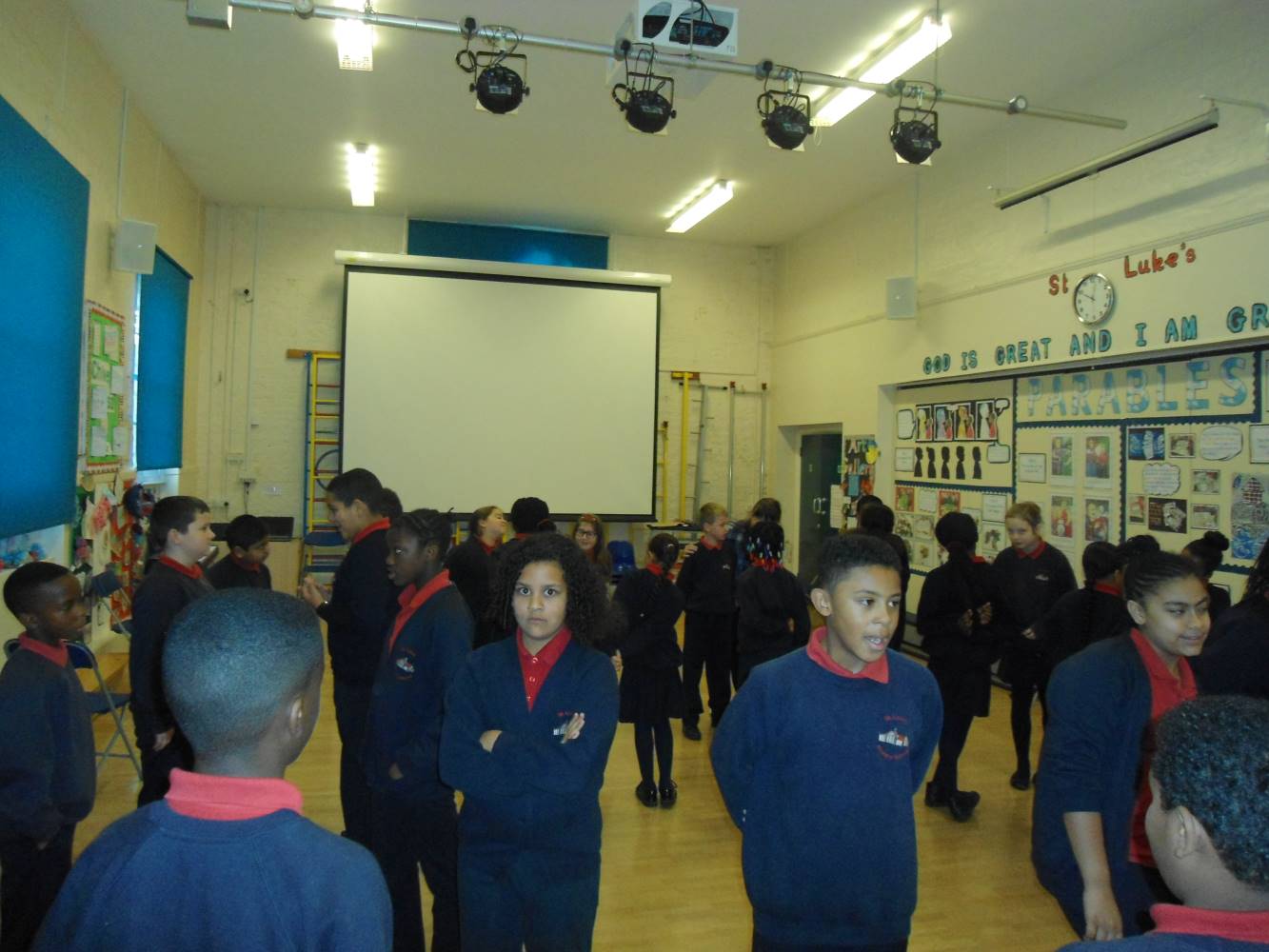
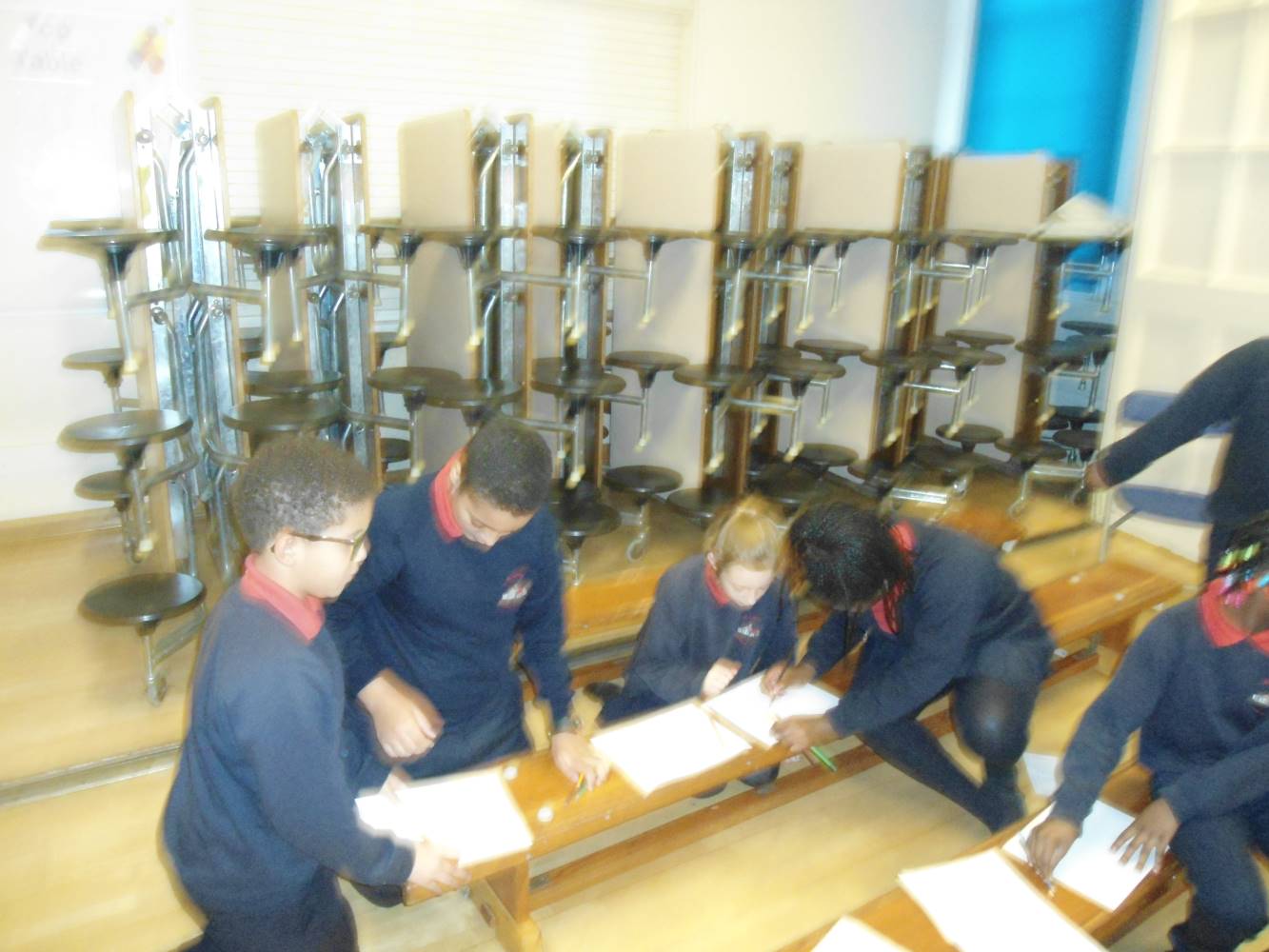
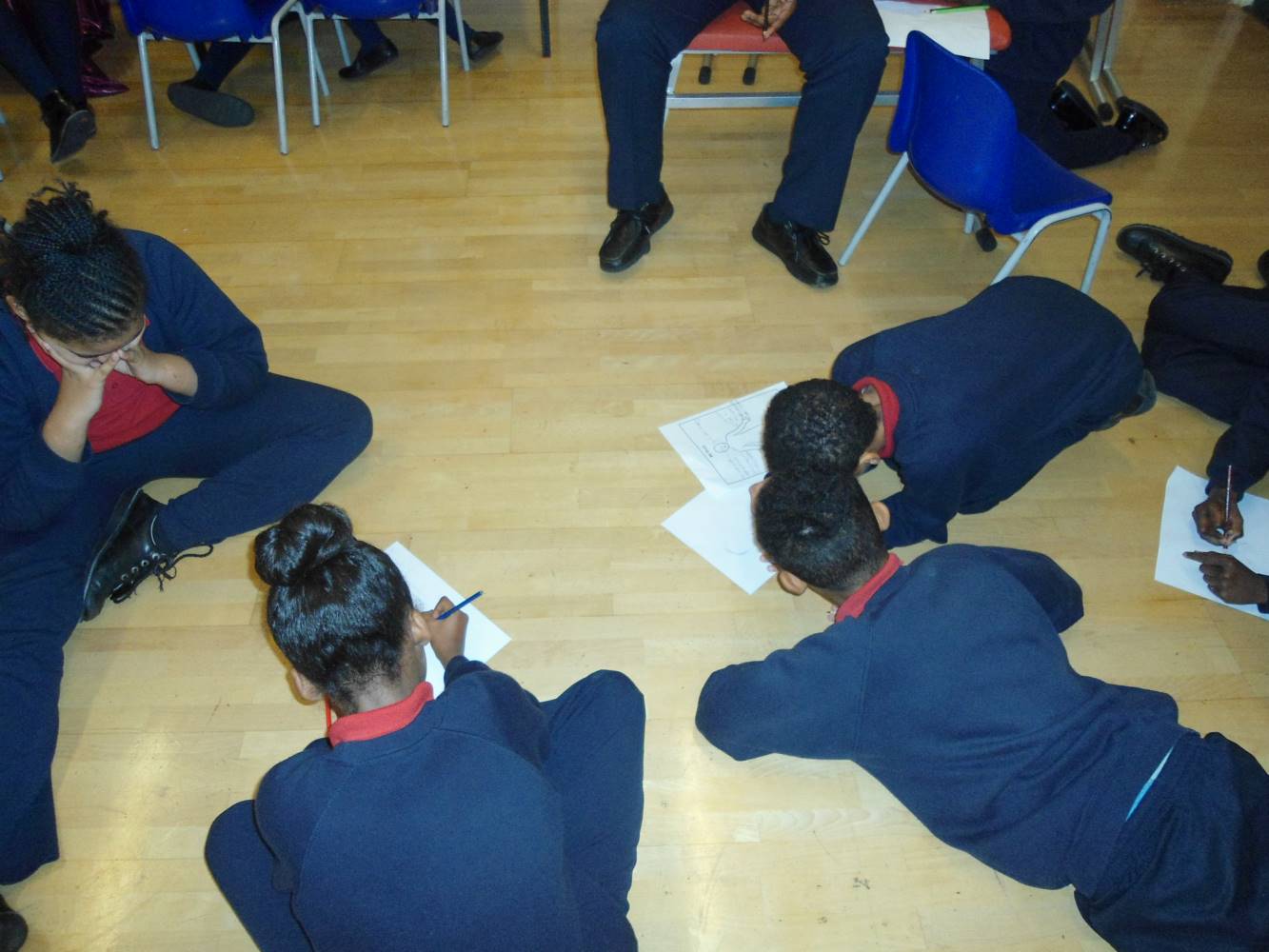
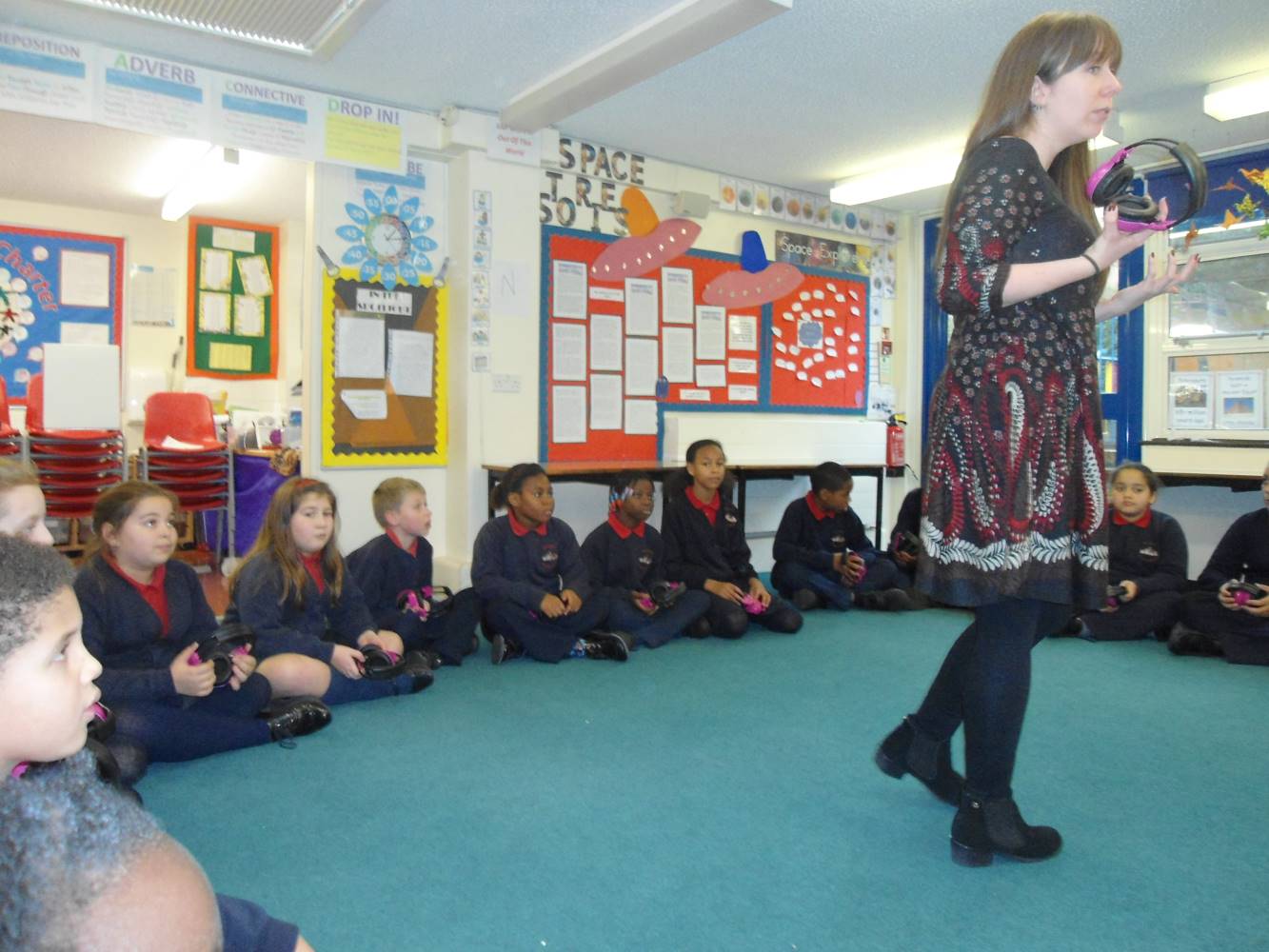
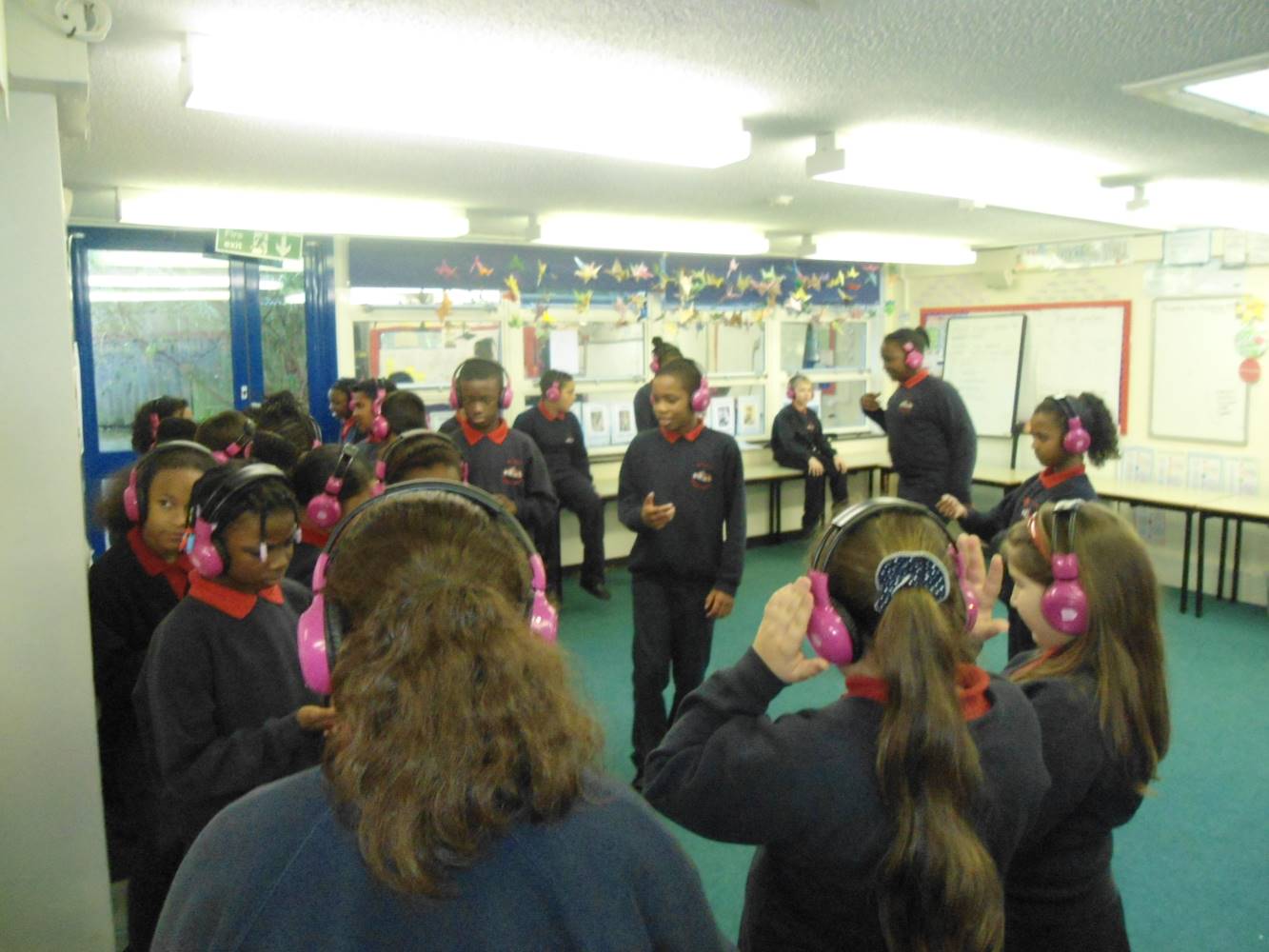
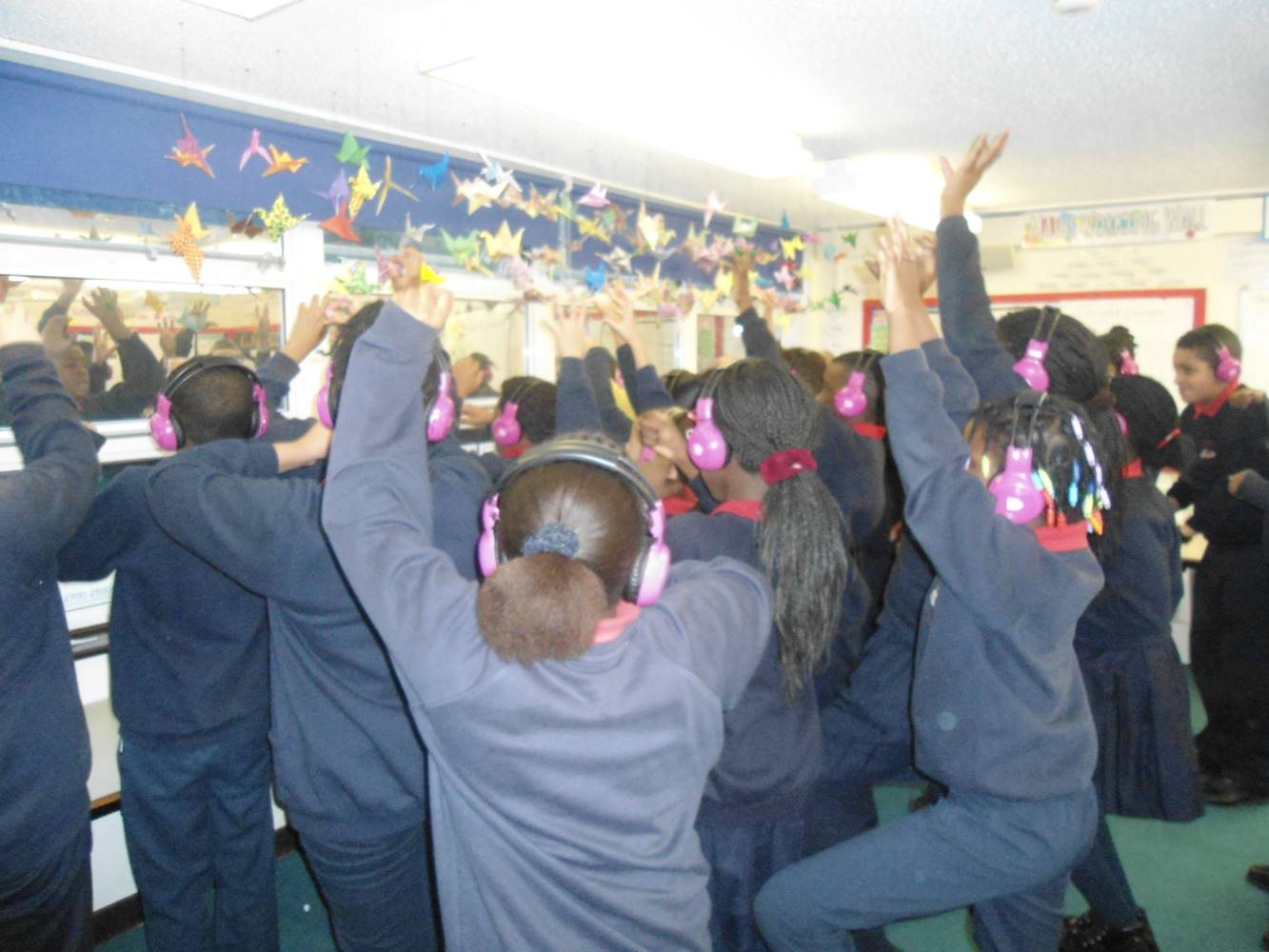
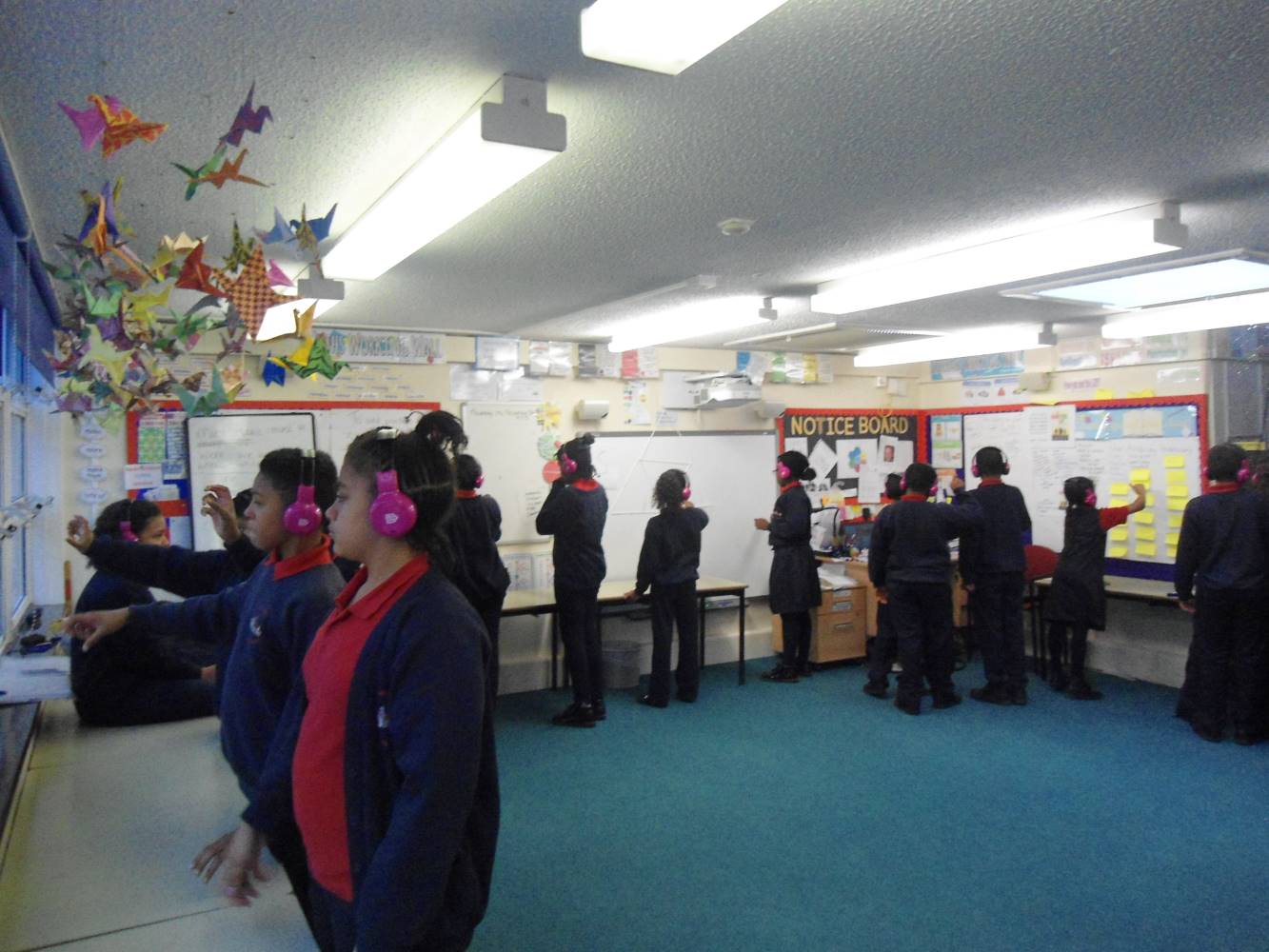
Maths Week
This week at St Luke's we have all been enjoying maths week! Our theme was maths a cross the curriculum and the aim of our maths week is to:
- develop the pupils knowledge and enjoyment of mathematics
- enjoy maths together
- develop the children’s awareness of links between maths and other subject areas
- have a chance to try new things
- develop thinking skills
- raise standards in maths
In year 6 we have enjoyed many maths activities this week and we will share some of these with you now.
We enjoyed a maths Trail around the school
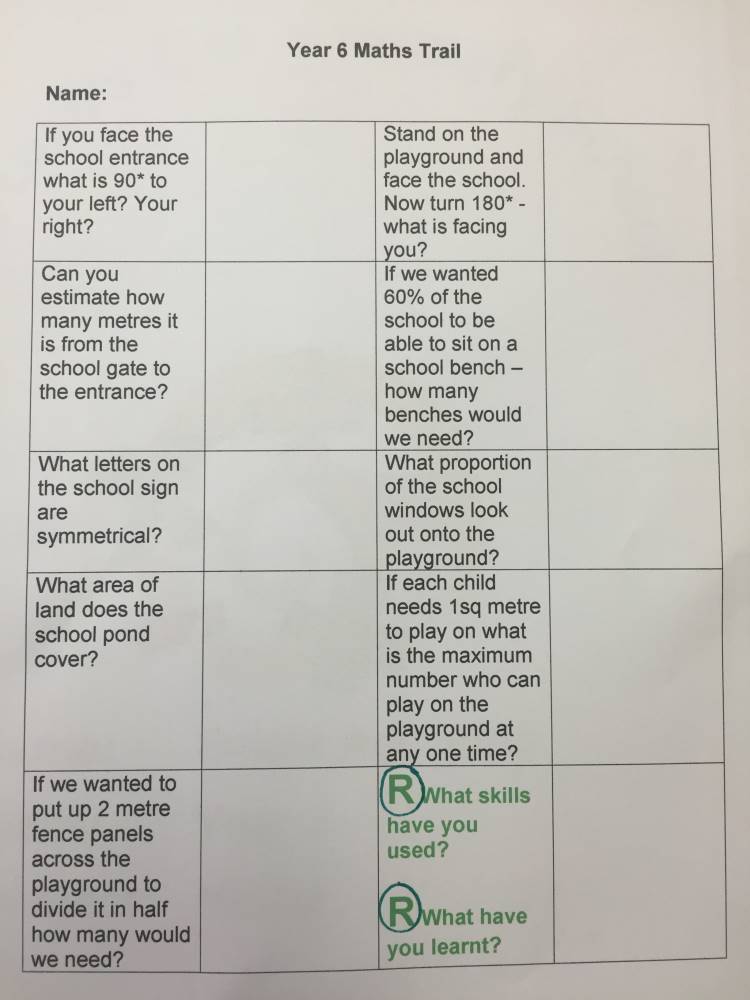
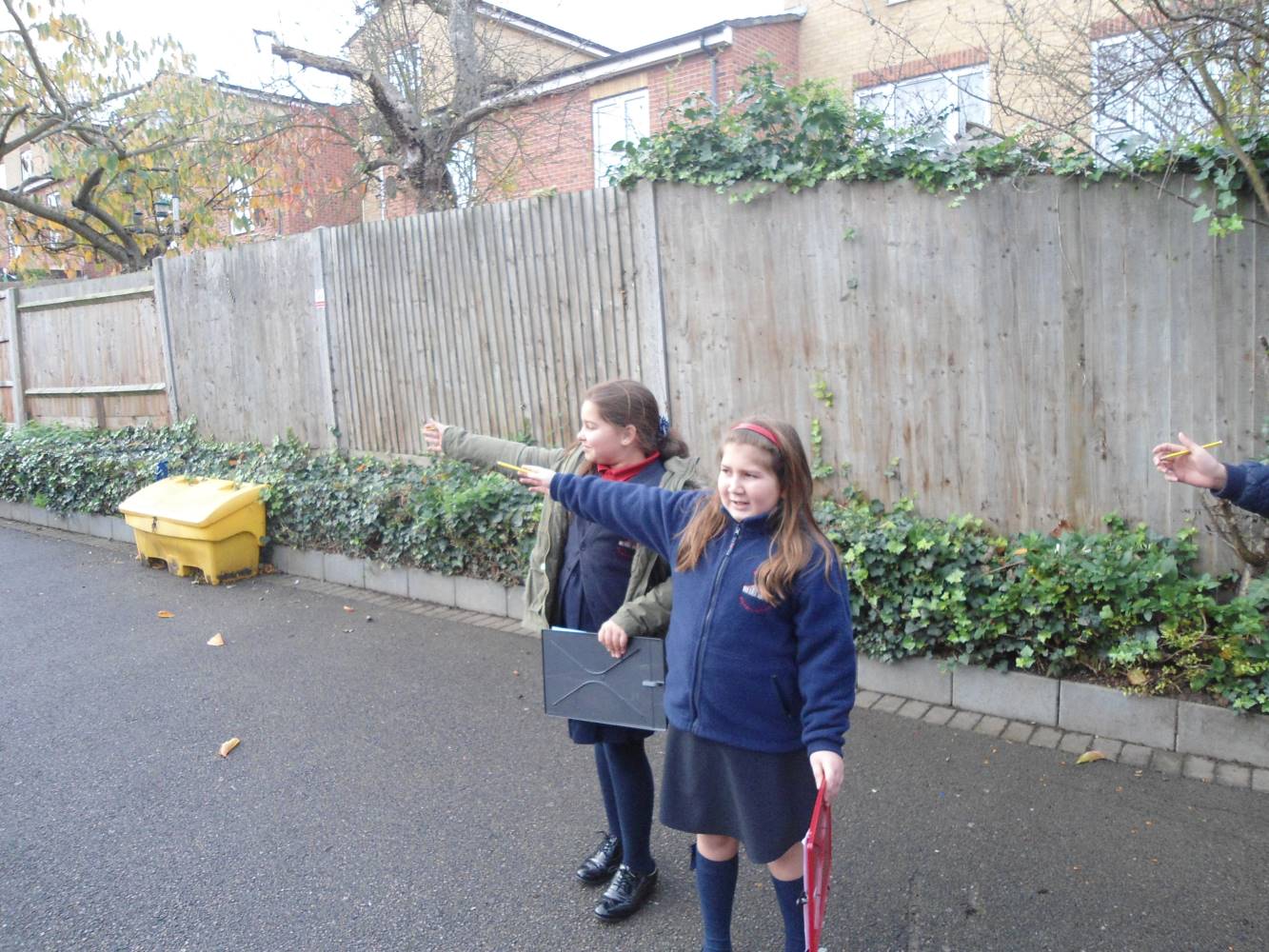
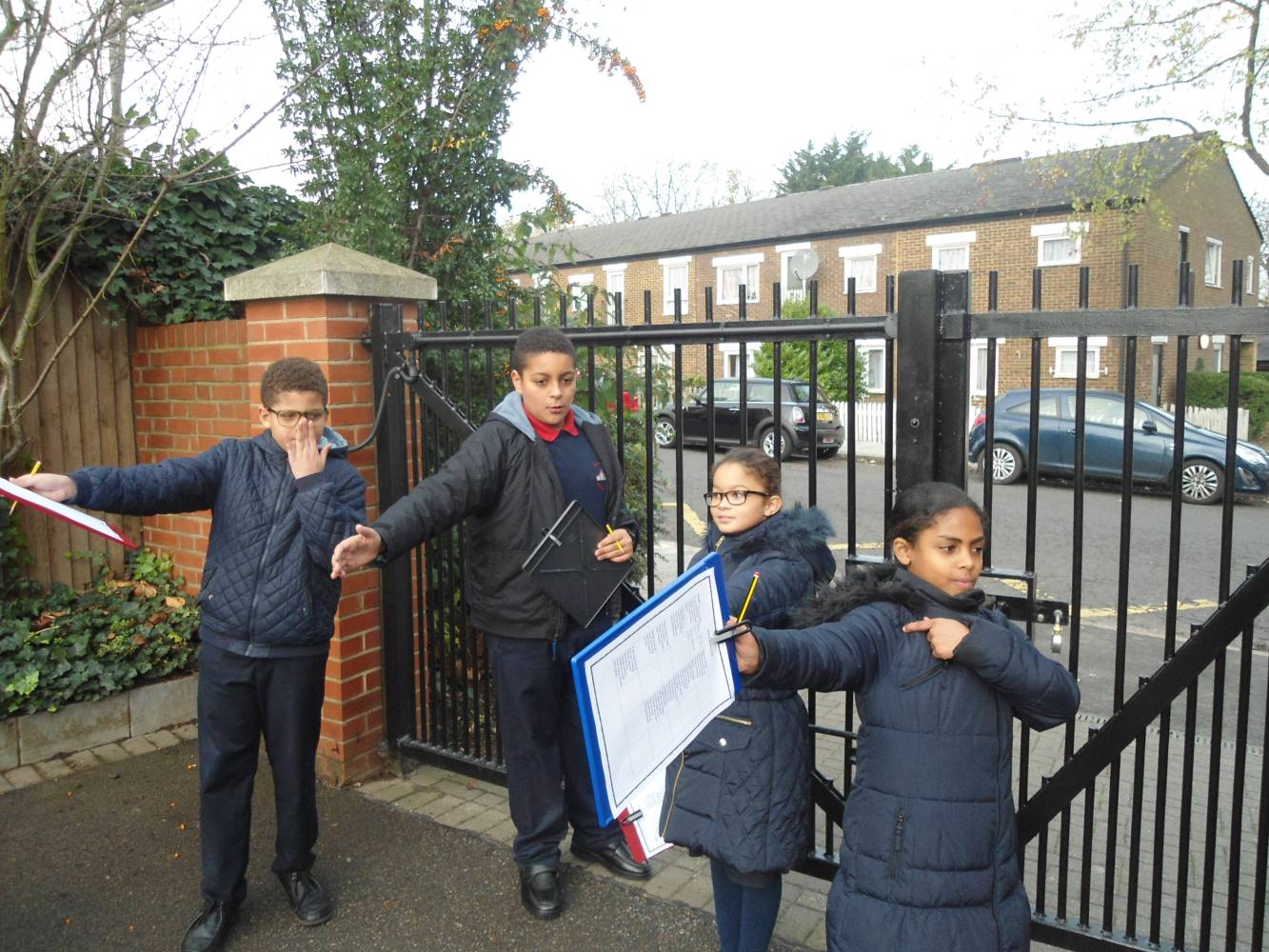
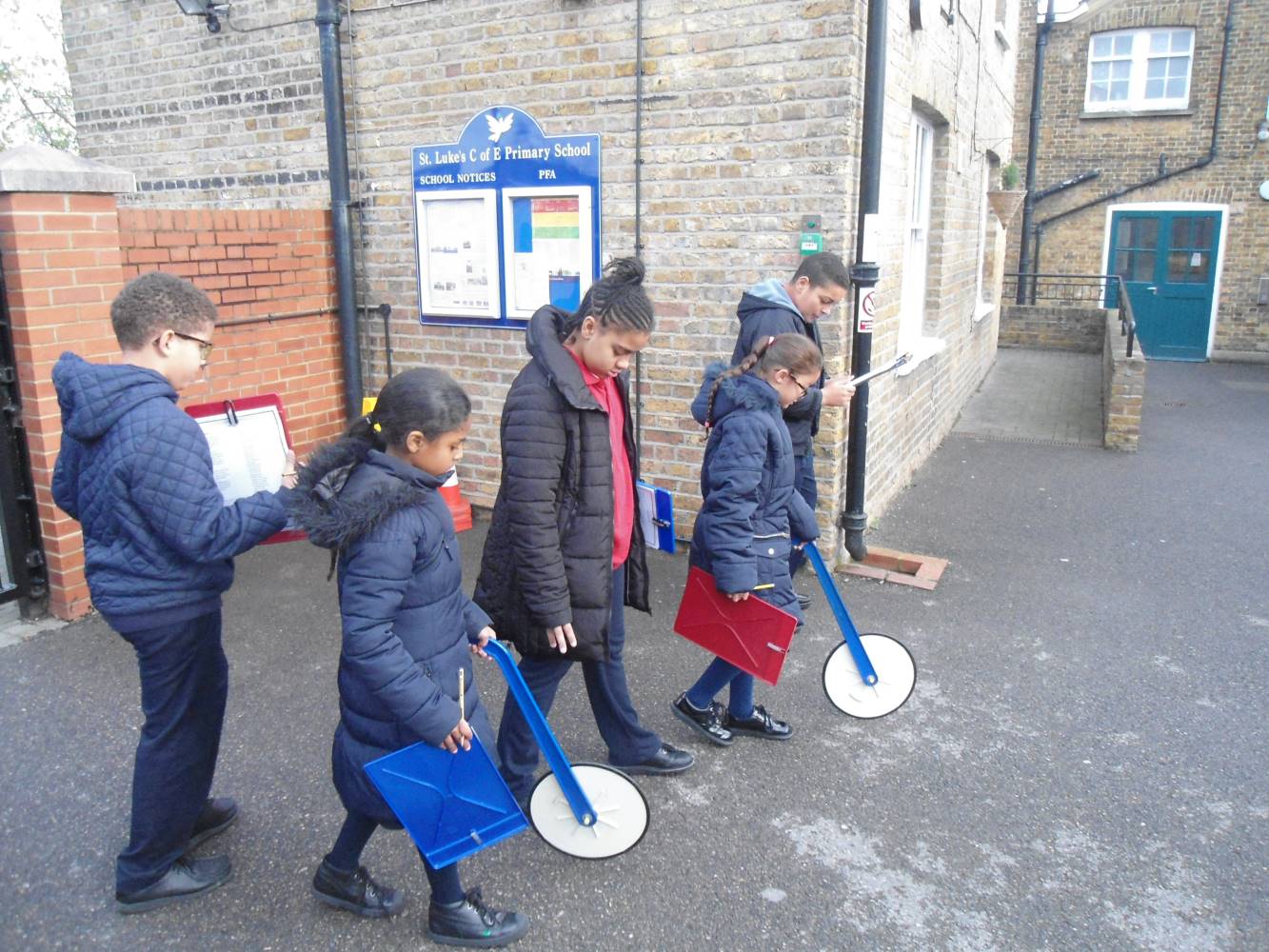
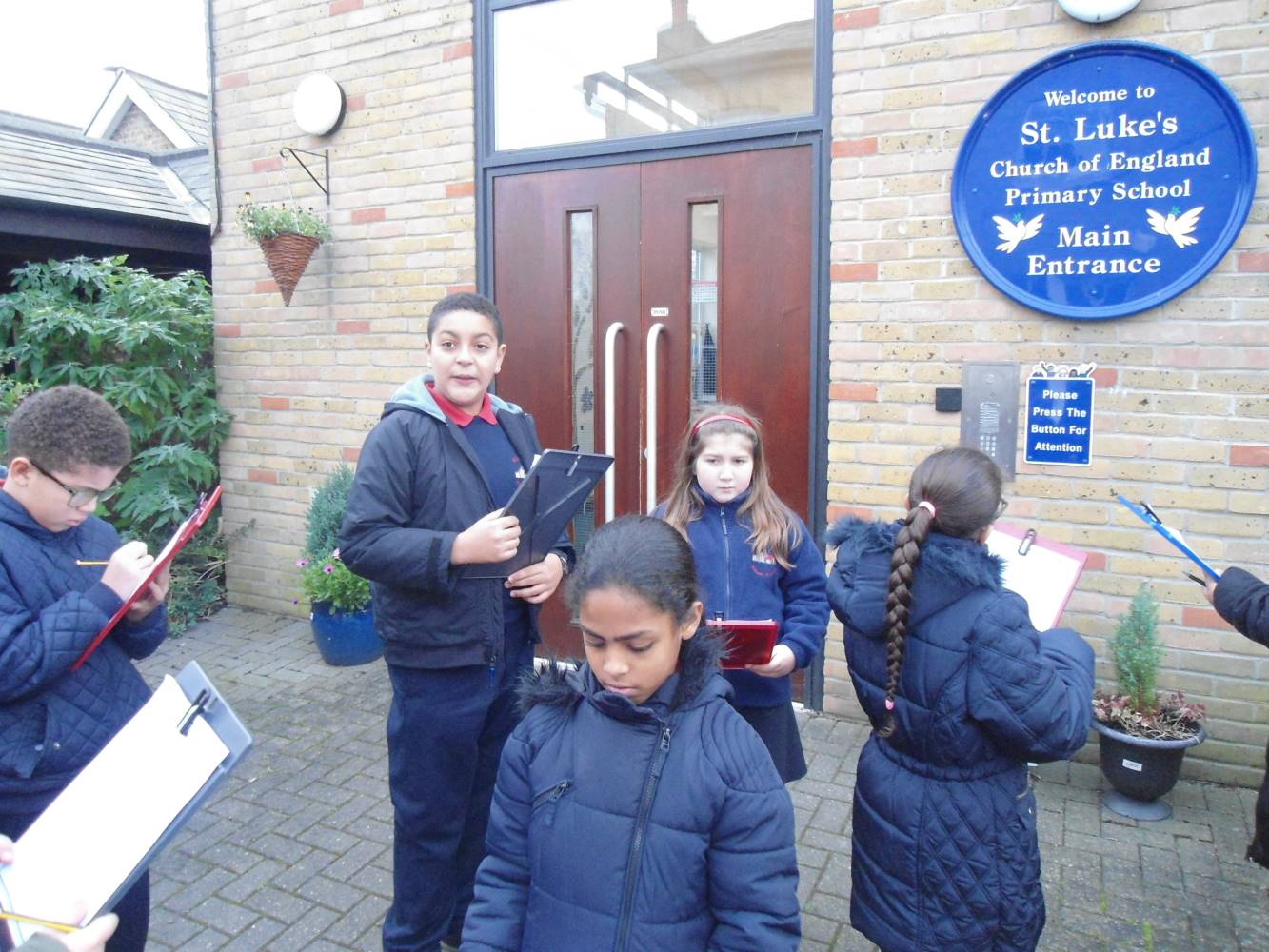
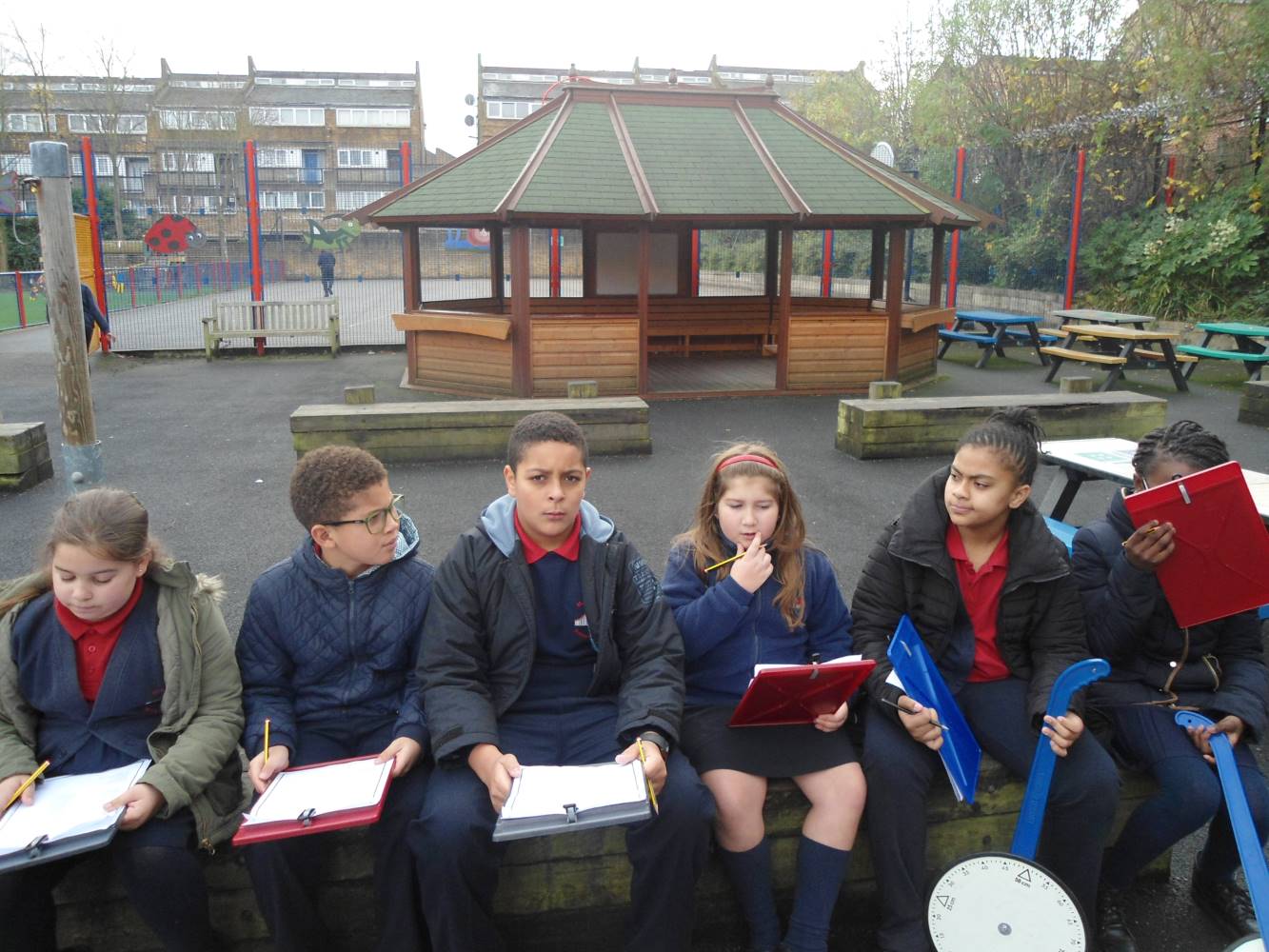
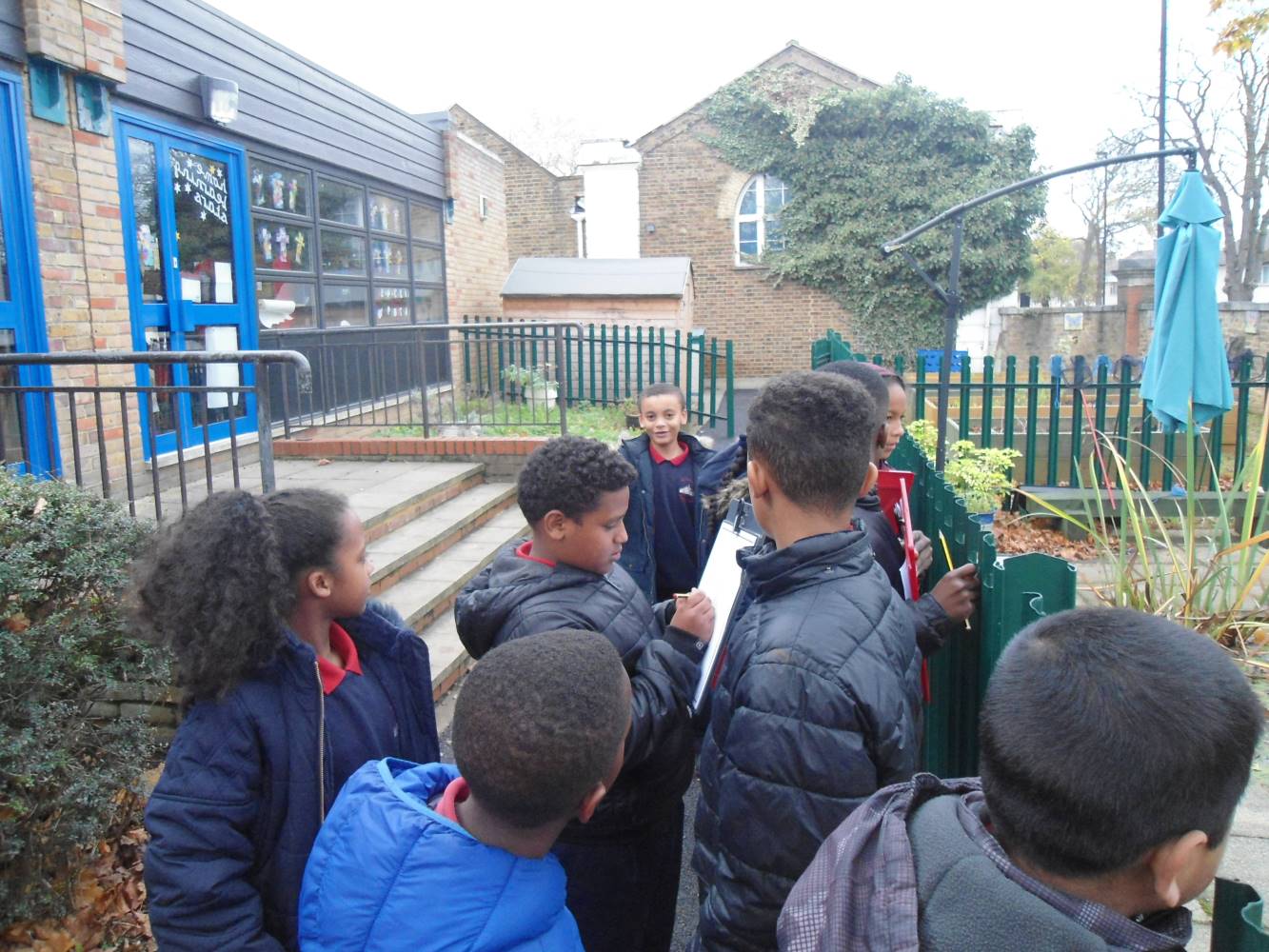
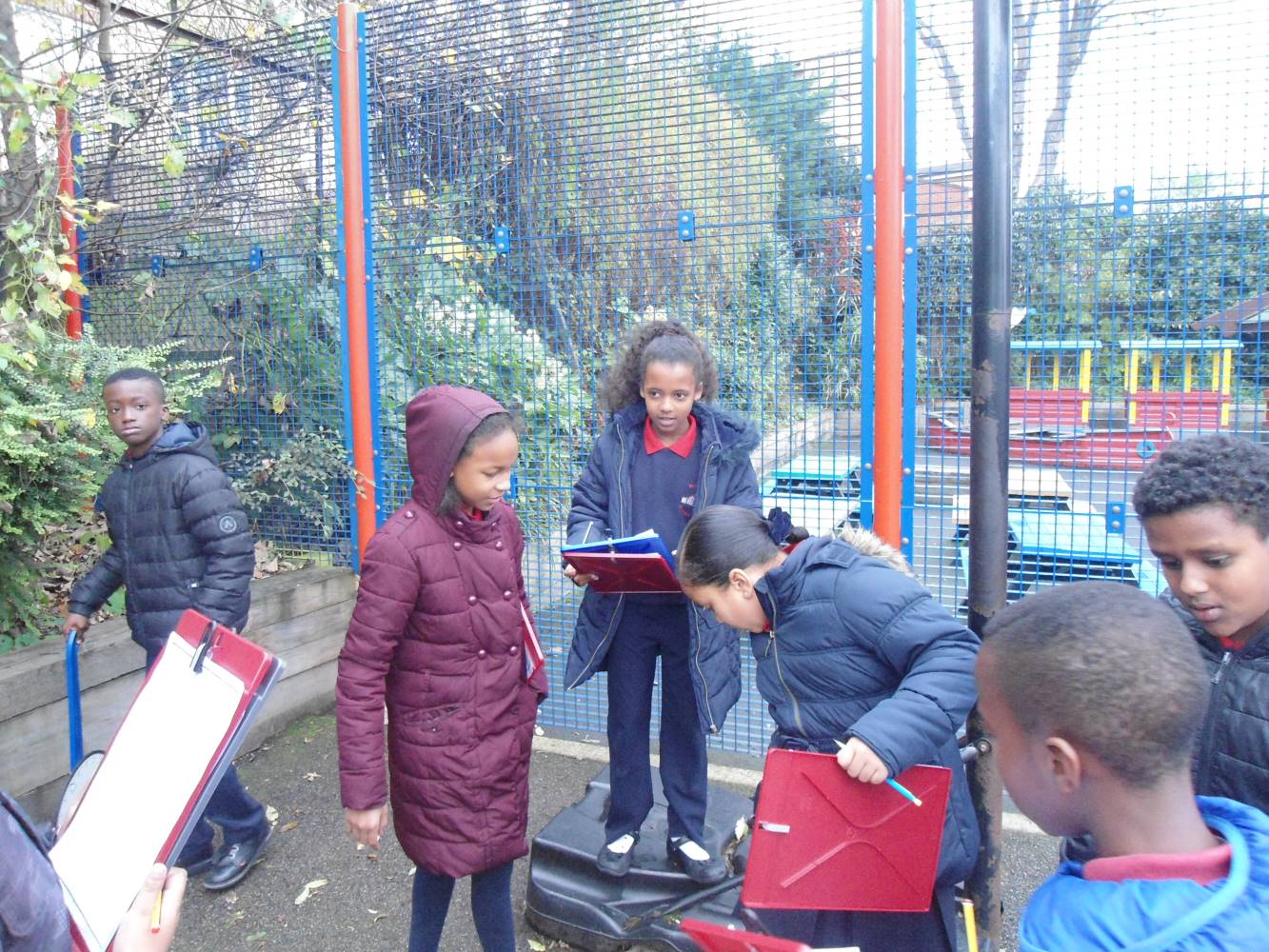
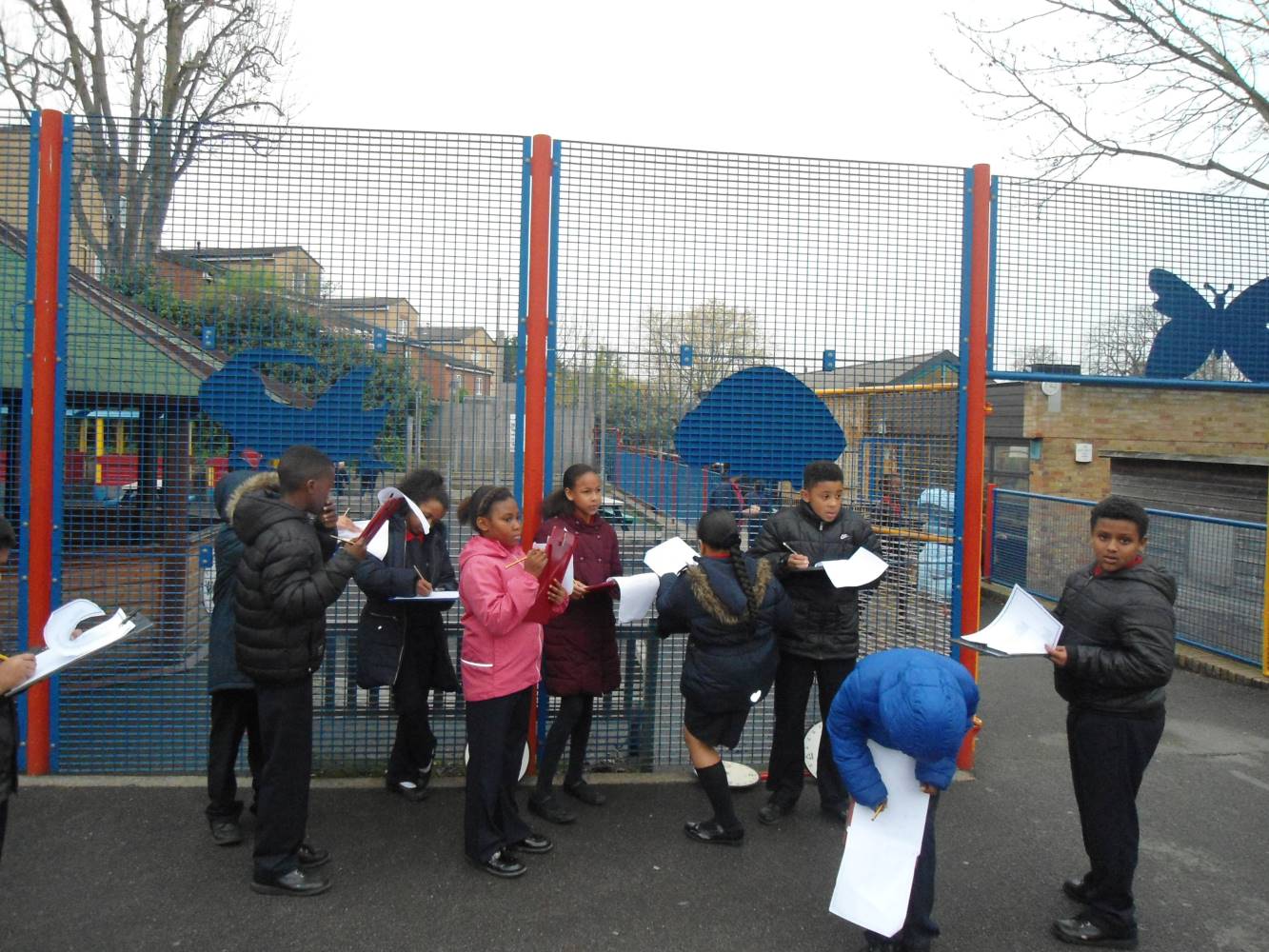
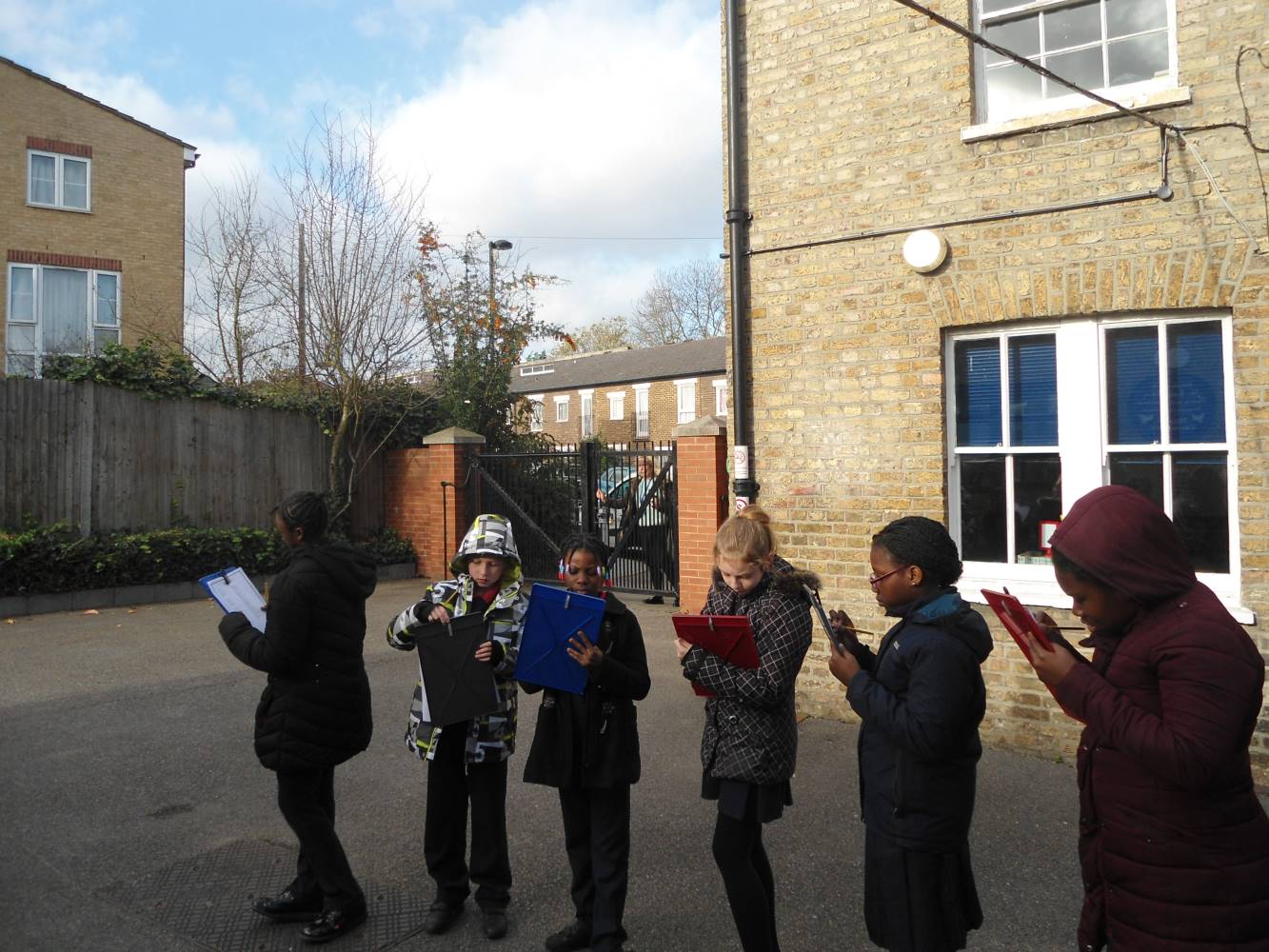
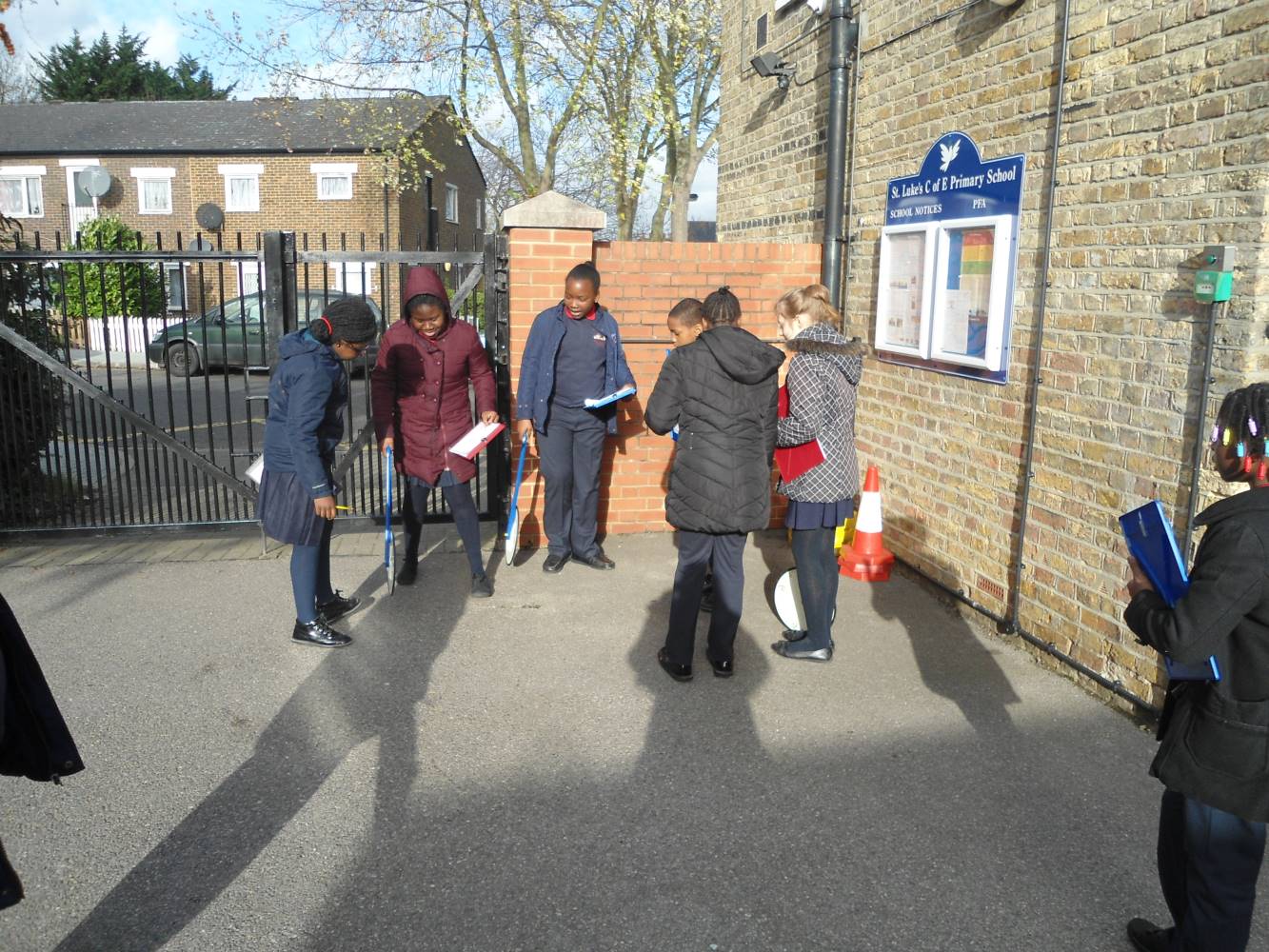
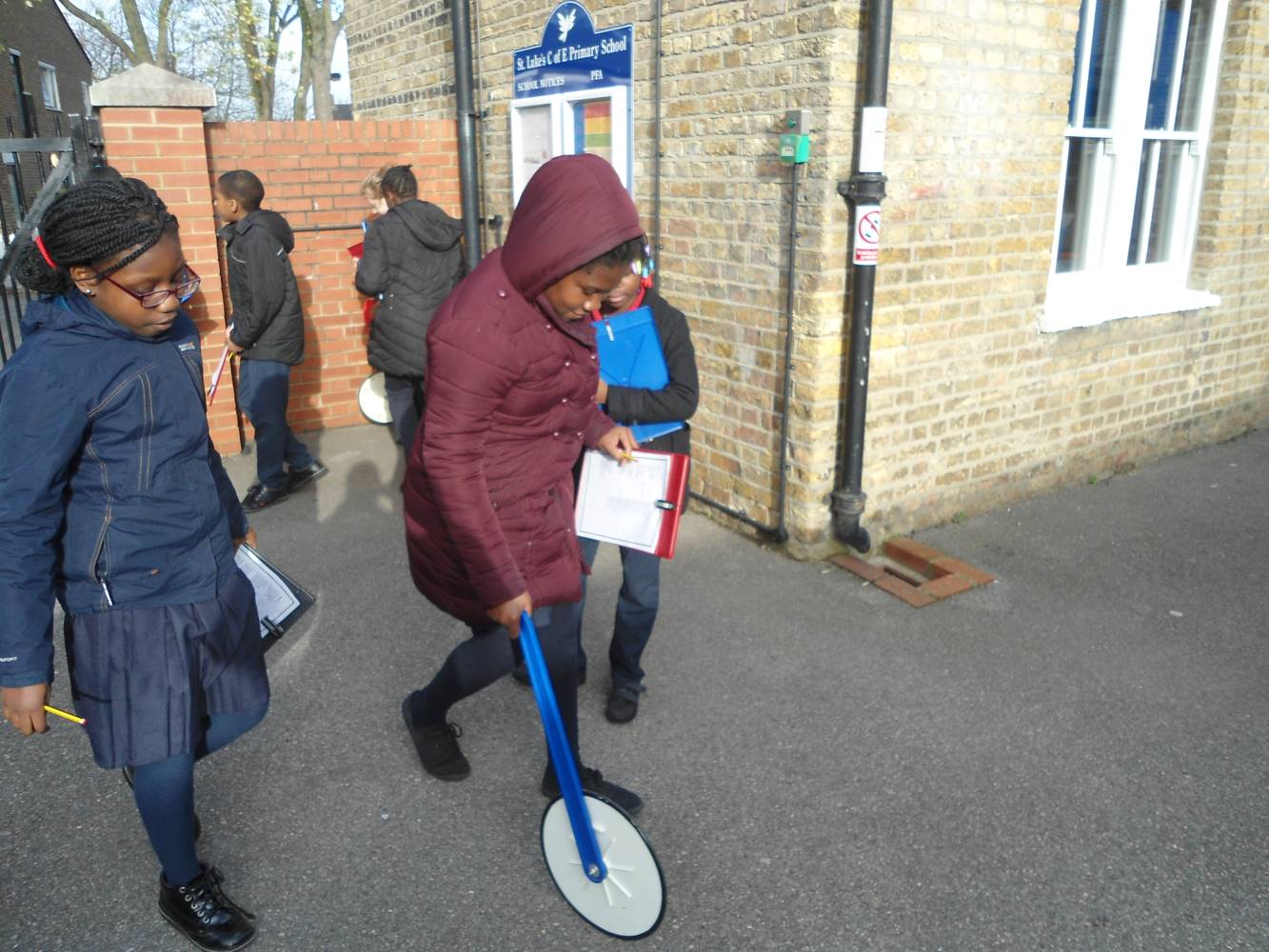
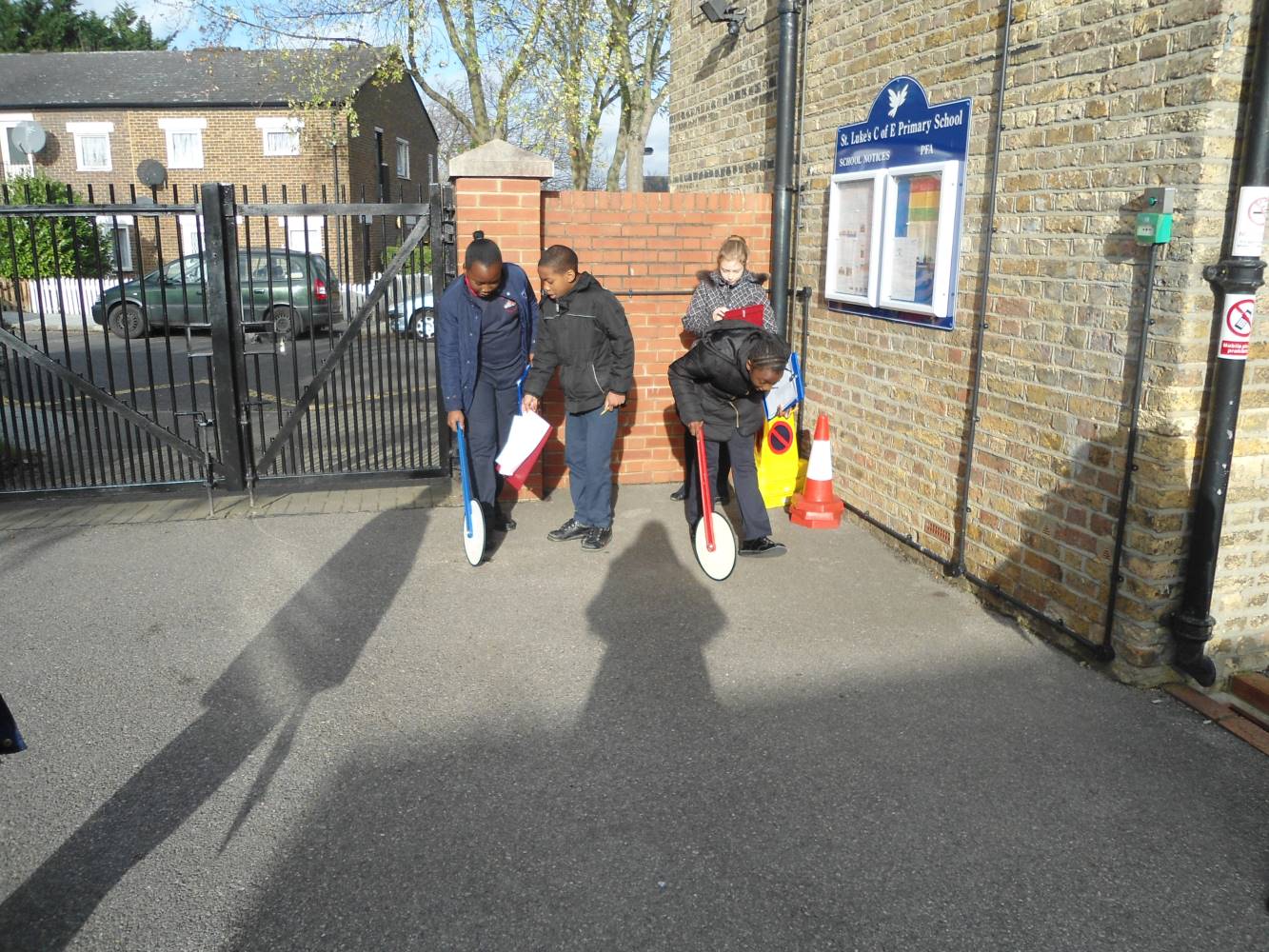
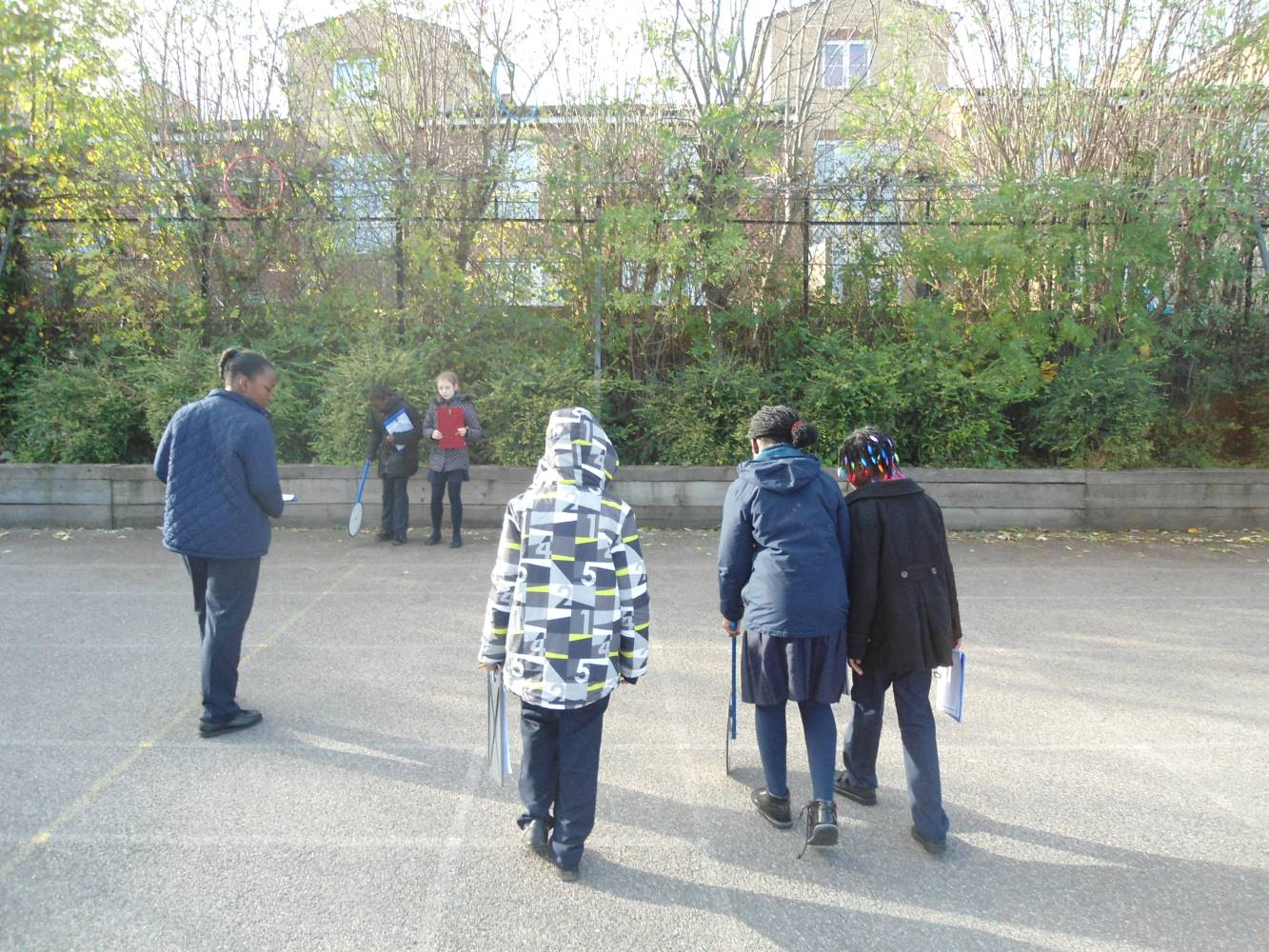
We investigated the patterns we could make by joining points on a circle with straight lines
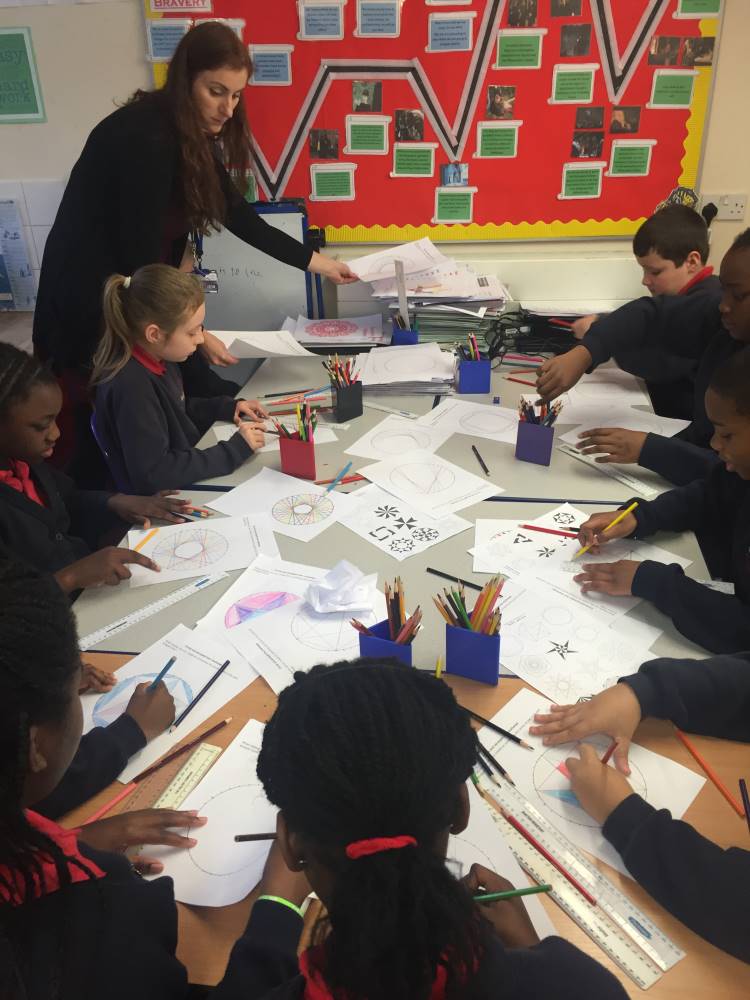


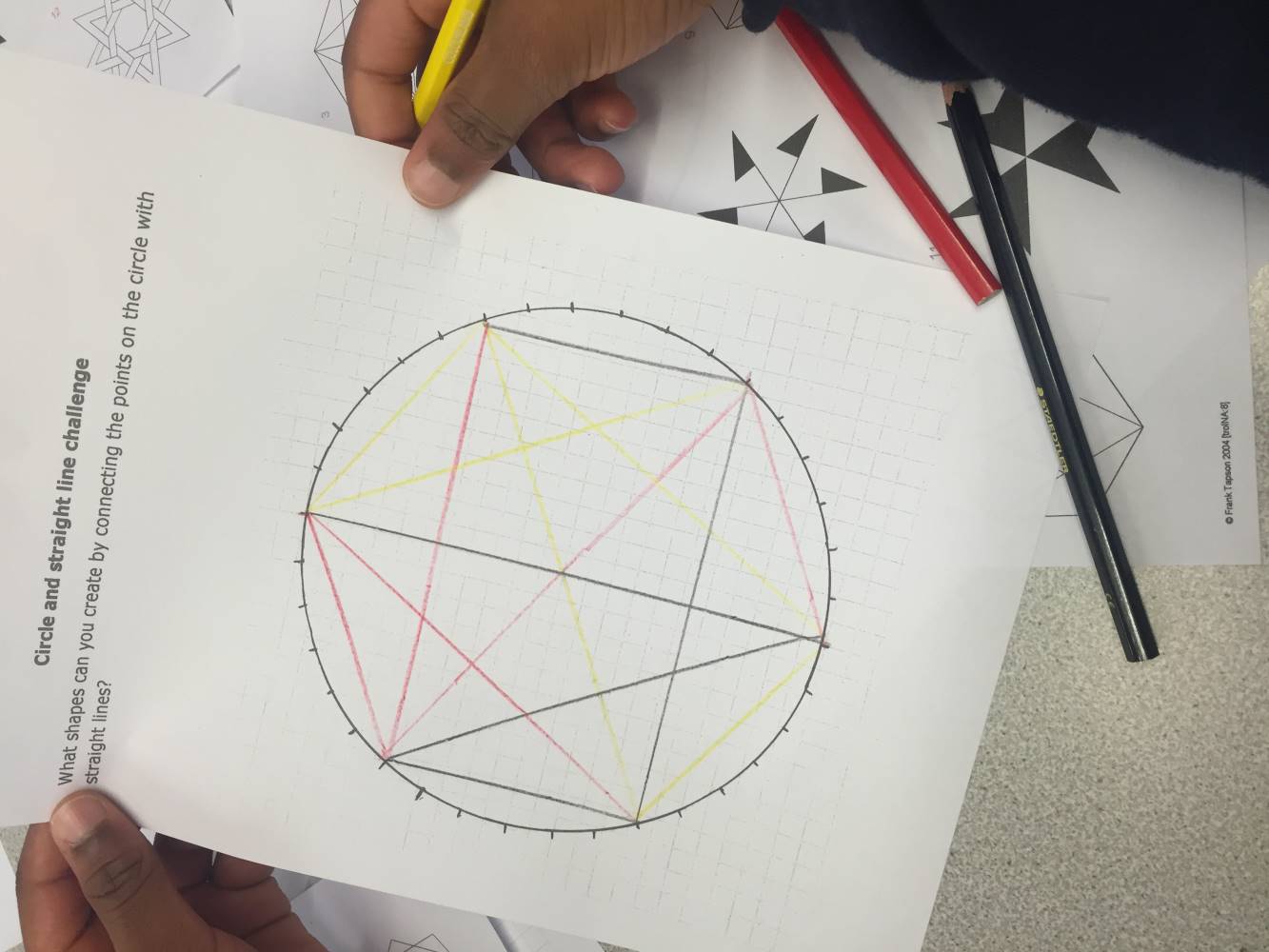
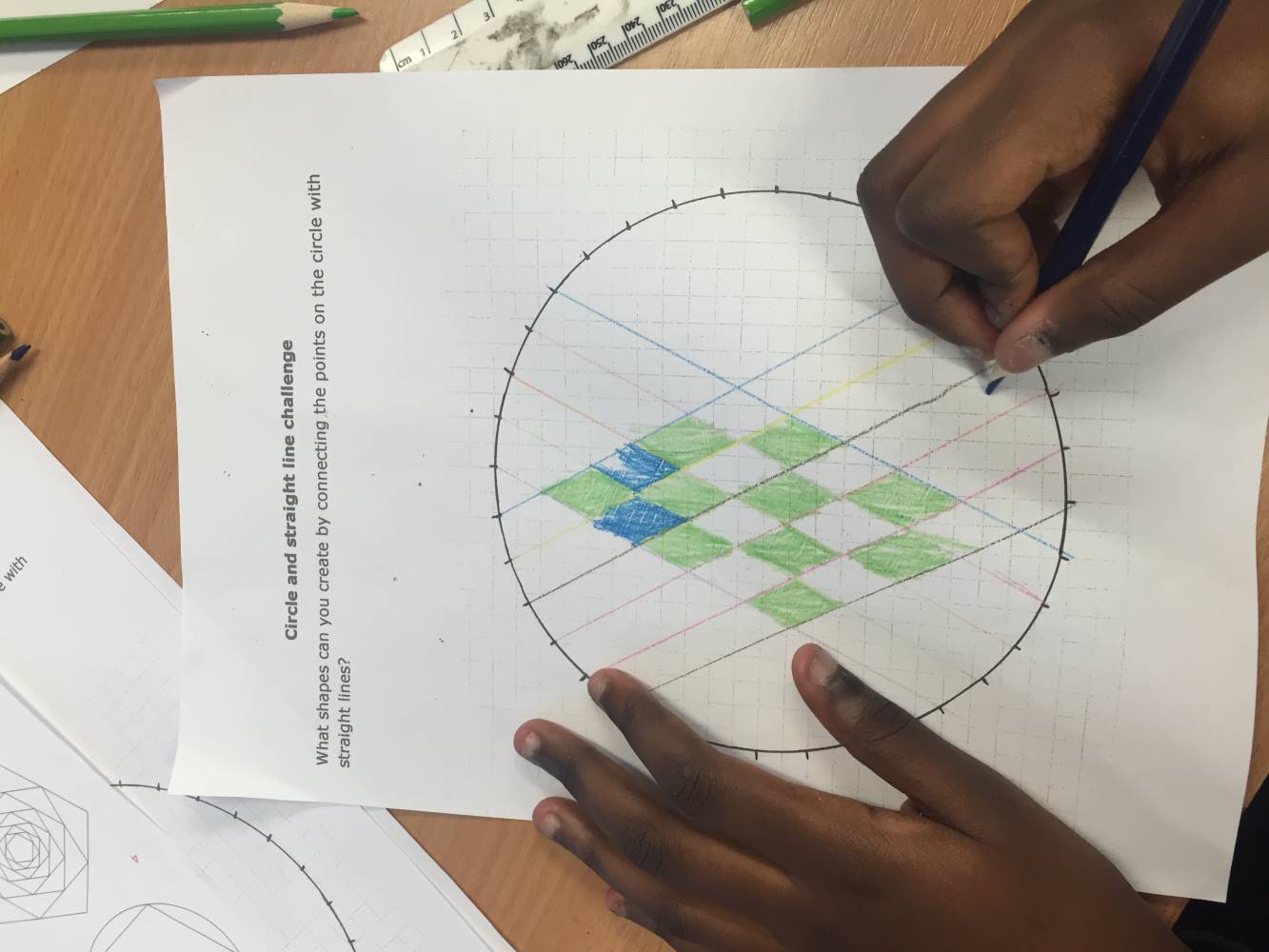


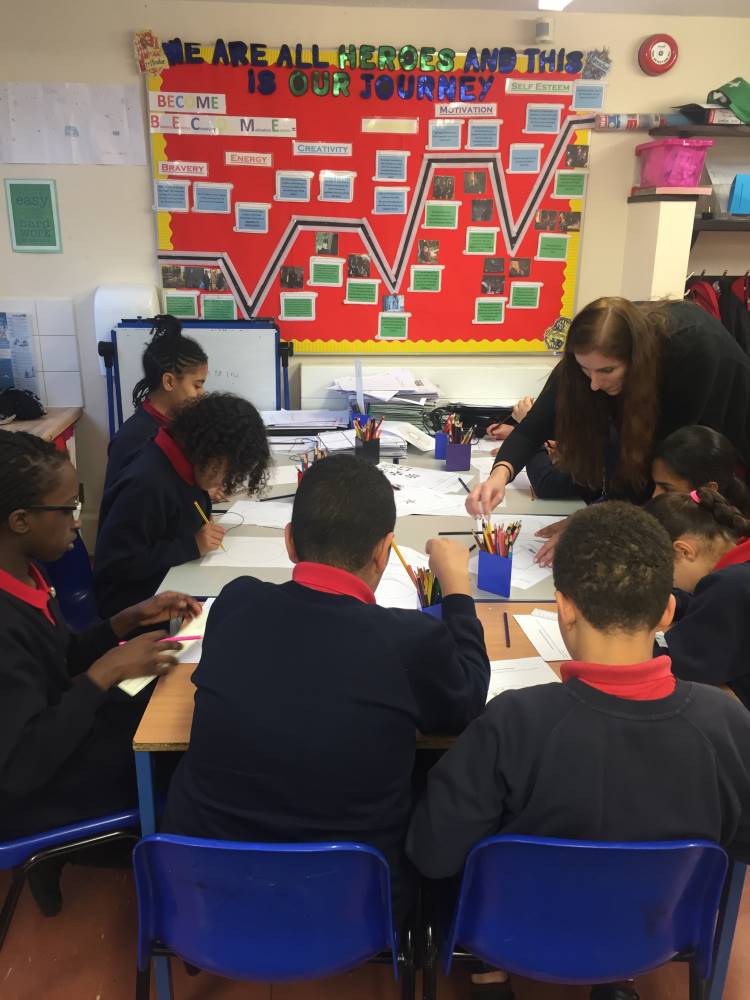 #
#





Children in Need
On Friday 13th November year 6 held a cake sale to raise funds for Children in Need. The class raised just under £100 which is a fantastic achievement for a very worthy cause. Thank you to everyone who made the event so successful.
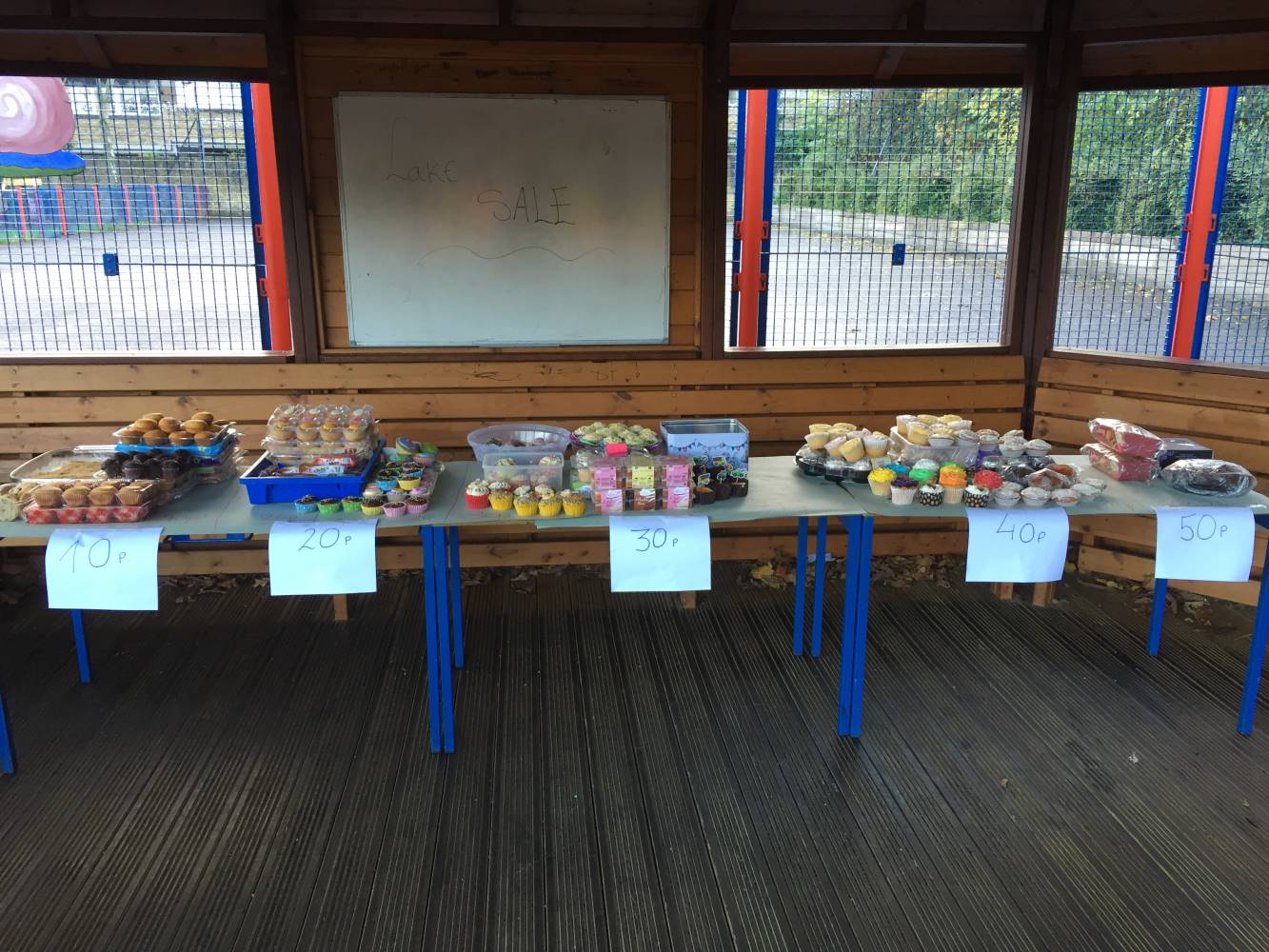



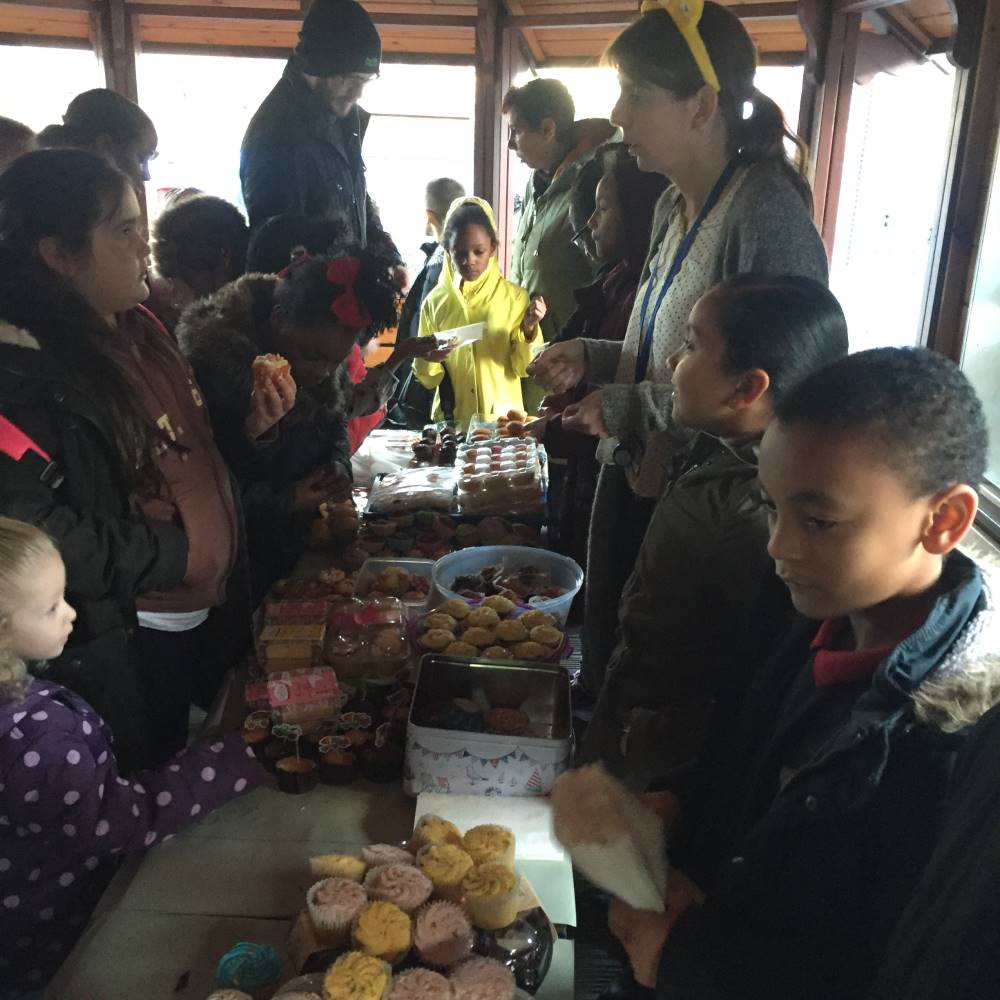


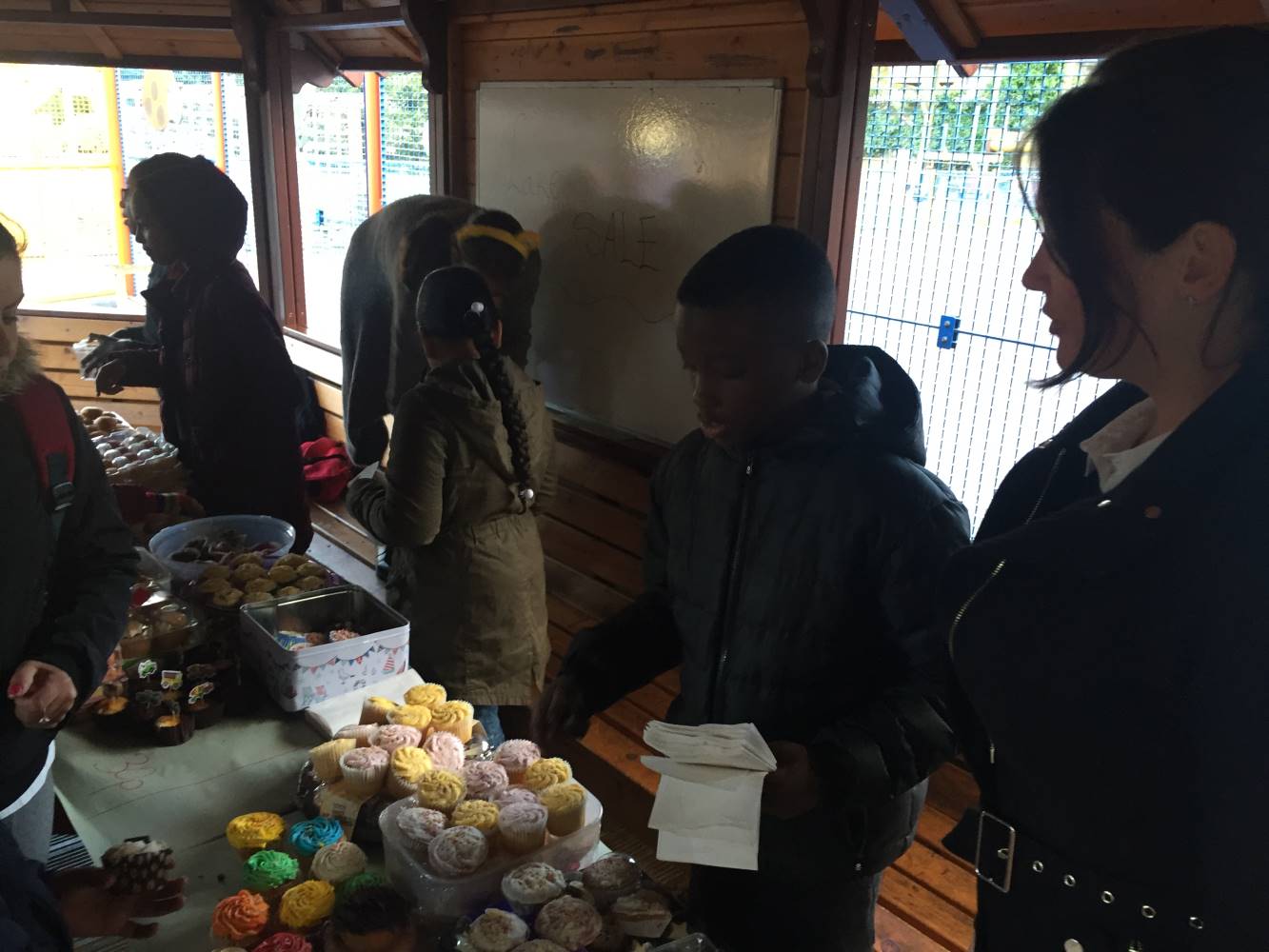
RE and ART week
Stained glass windows
As part of RE and Art week we are depicting images from the parable of The Prodigal Son as stained glass windows. These will be celebrated as a display and in a whole school book.










Magic Lantern
Today, as part of RE and Art week, year 6 had a workshop with a company called Magic Lantern, an educational charity that uses great works of art to help children observe and explore the world around them. This week Year 6 have been studying The Parable of the Prodigal Son and so our workshop focused on Artists who have depicted images relating to this story. The children really enjoyed this workshop and it gave them a much deeper understanding of the deeper meaning.



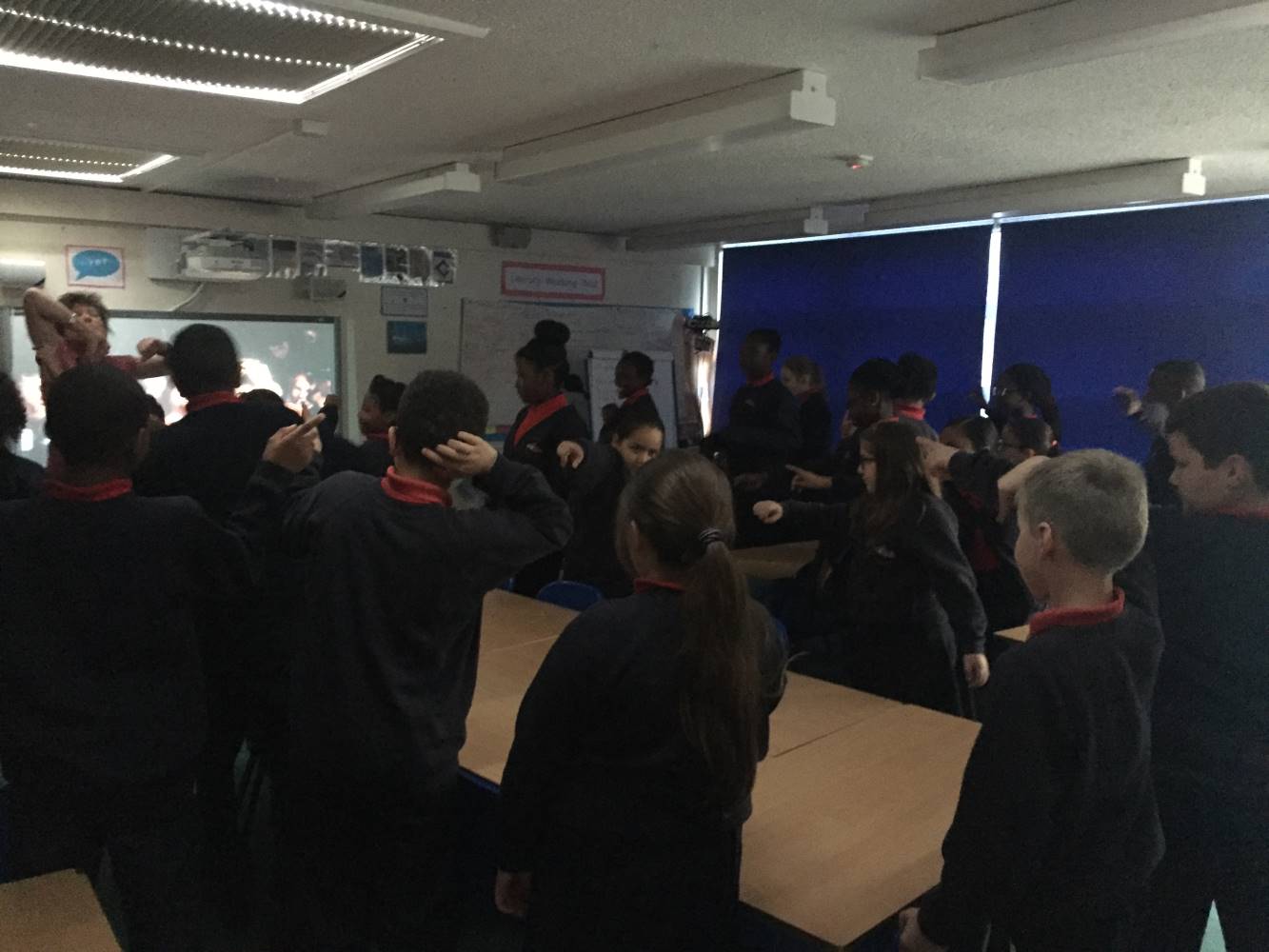


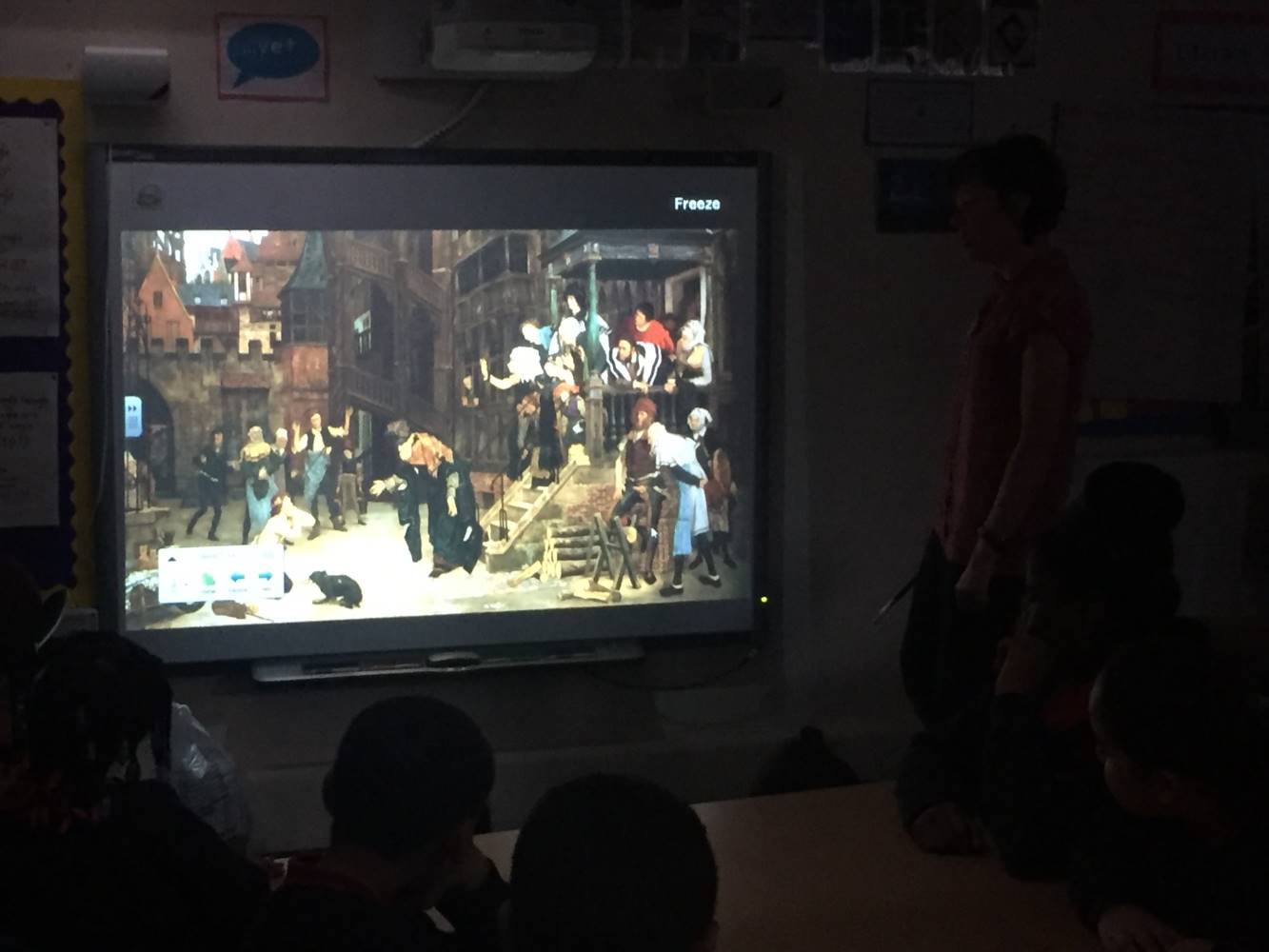
Meet an Evacuee
On Wednesday 4th of November class 6 visited the Imperial War Museum for a very exciting workshop. The children got to meet and interview three people who experienced being evacuated during World War 2. In our history topic the children have been learning about evacuees, this activity gave them a very valuable, personal insight into what this was like being separated from your family and the thoughts and feelings of the people who experienced this at the time. We then had a look around the Museum. It was a very enjoyable day!
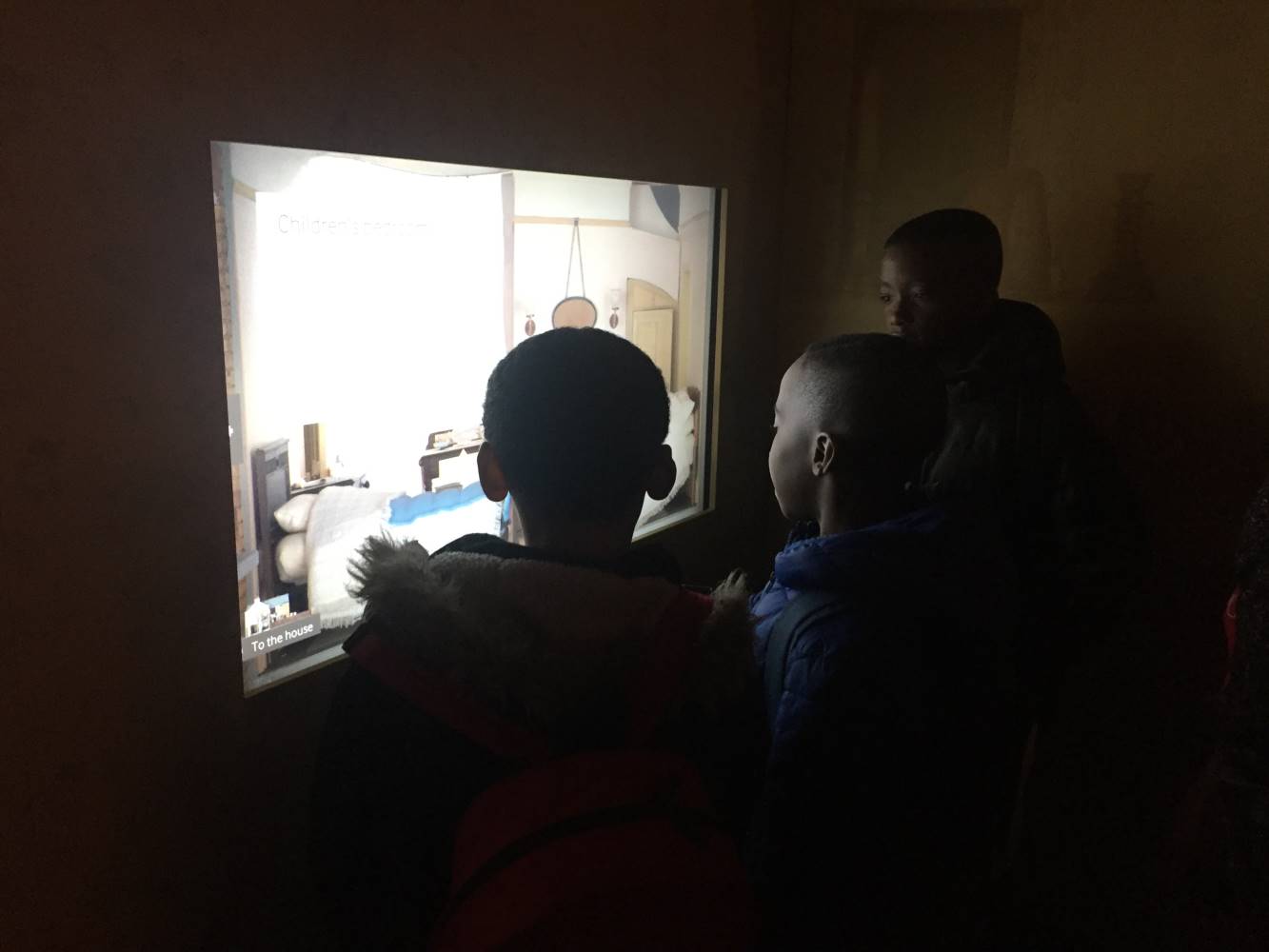
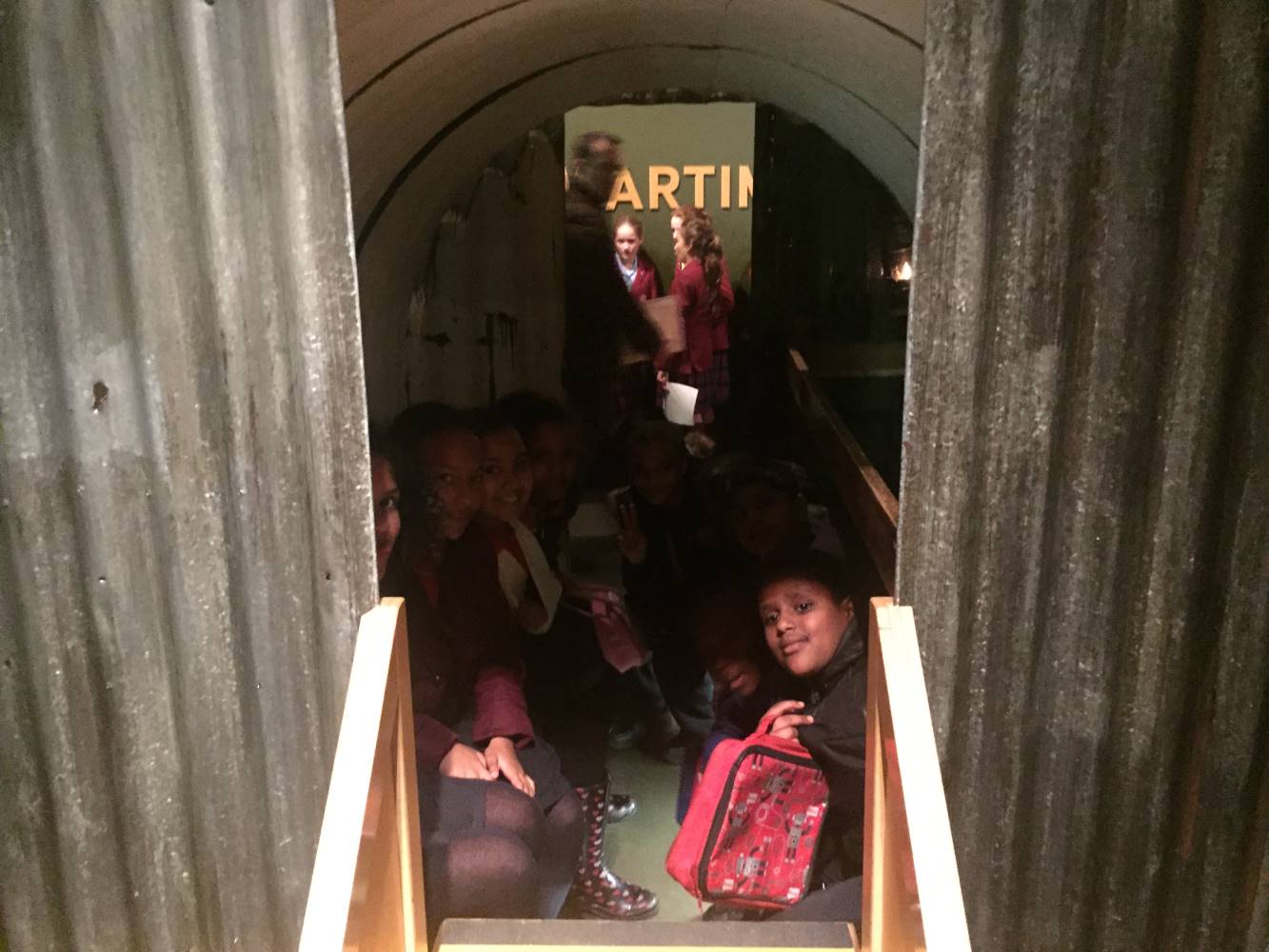



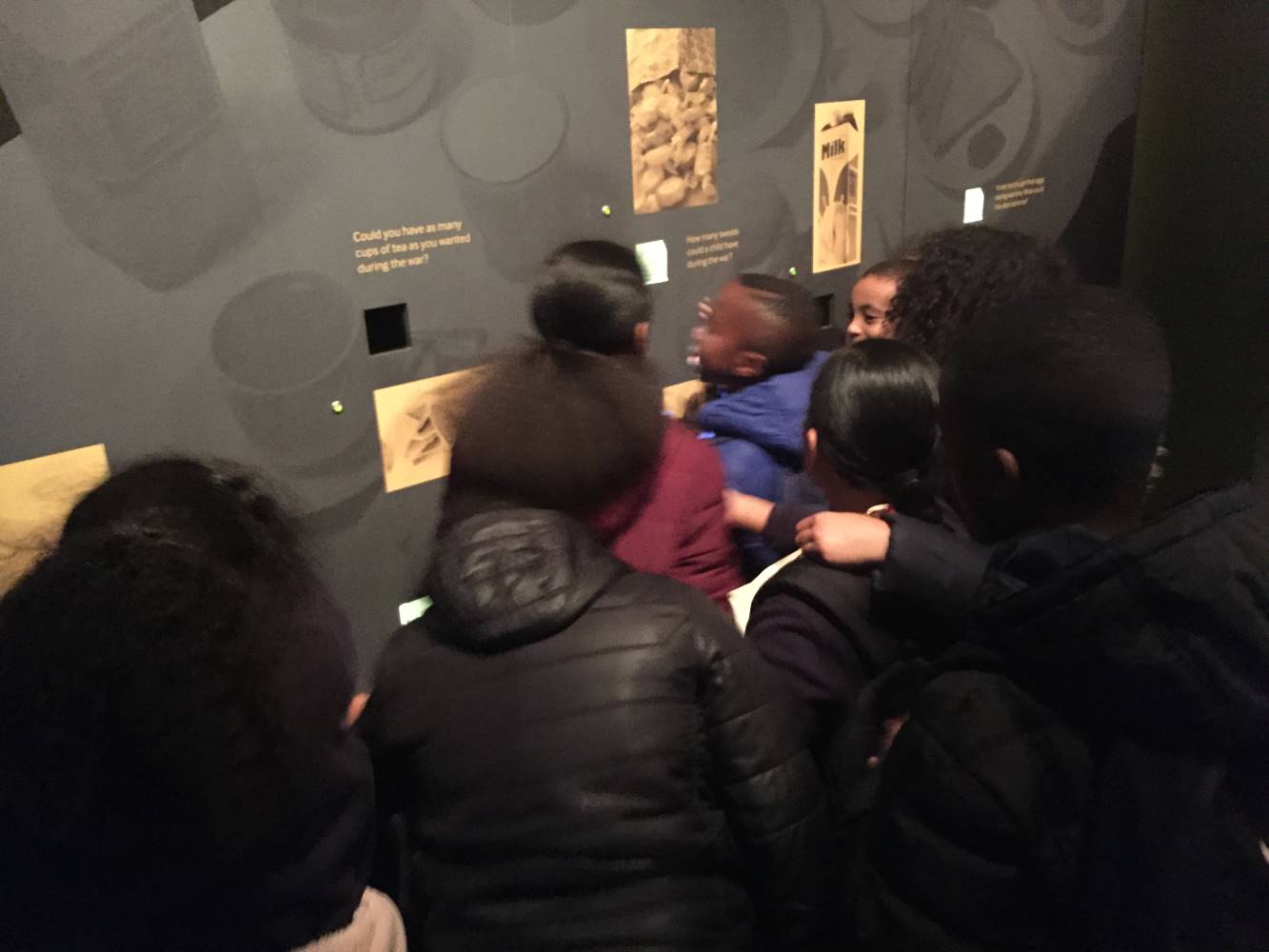

Stories with an historical setting
We have been reading stories set during WW2 and have been busy writing our own stories with an historical setting. These will be celebrated on a display in our classroom.
Blitz Pictures
We have been learning about WW2 and the Blitz. In art we recreated our own Blitz scene. These are displayed outside our classroom.
Times Table Challenge....
In year 6 we have been looking at fractions. To achieve it would be really helpful for us to have a secure knowledge of all our tables to 12x12. So the challenge is to learn all our tables! We can do it....
Click on the picture to start learning now....
A letter home...
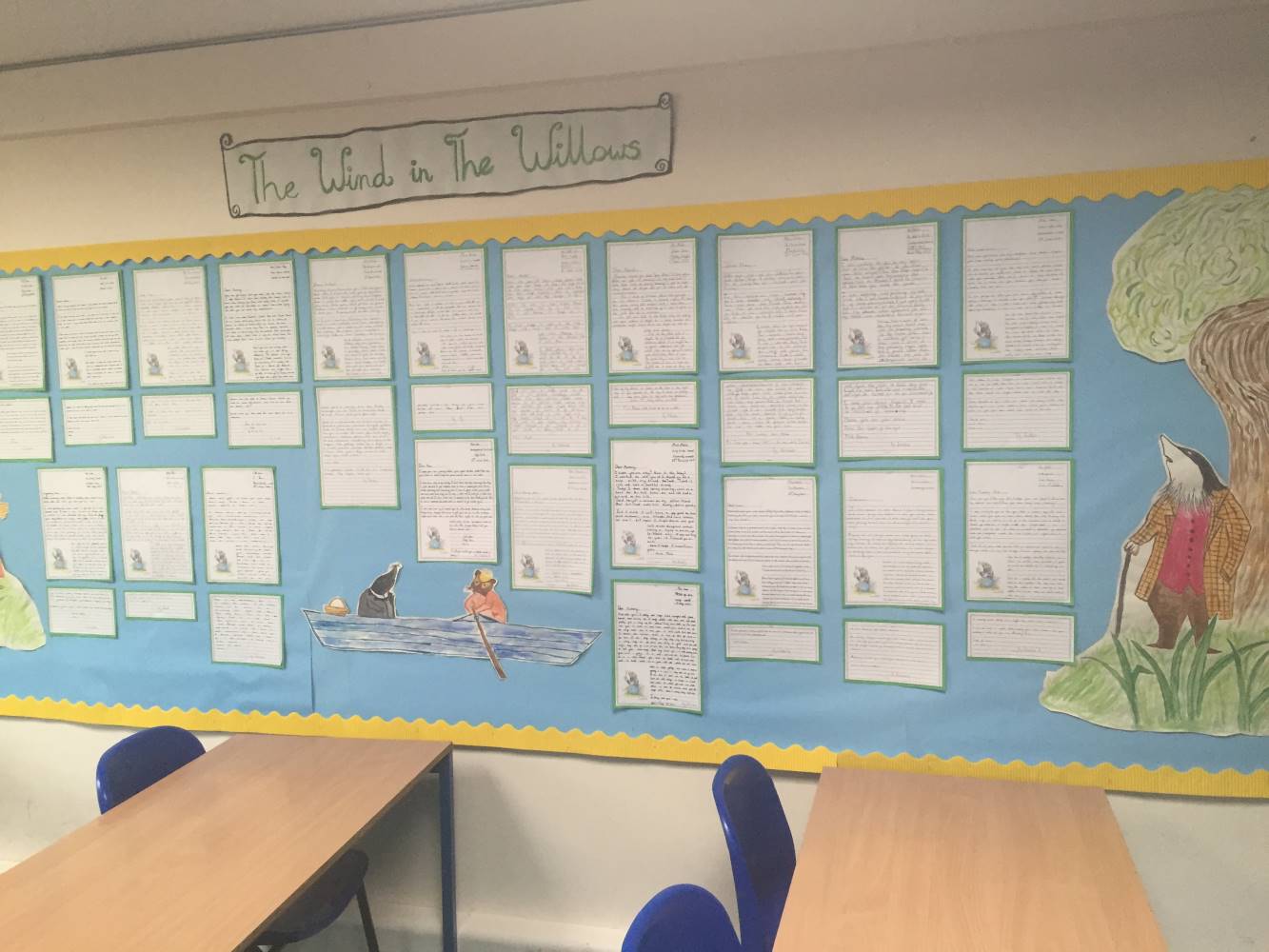
This is only the beginning. What a fantastic start to the new school year!
--------------------------------------------------------------------------------------------------------------------
We are all heroes!
In Year 6 we have been learning about the learning line. Learning is not a straight forward path, it has high points and low points, step mountains to climb and hills you can run down. By understanding that in learning we will face difficulties before we achieve our goals gives us renewed motivation to keep trying and never give up.
Where are you in your journey to success?
---------------------------------------------------------------------------------------------------------------------------------------------------
Our Class Charter
In year 6 we have been learning about our fundamental rights as children. These rights were put in place by Unicef and are for every child in the world. They include the right to an education, a shelter, healthy food, clean water and the right to be safe from harm.
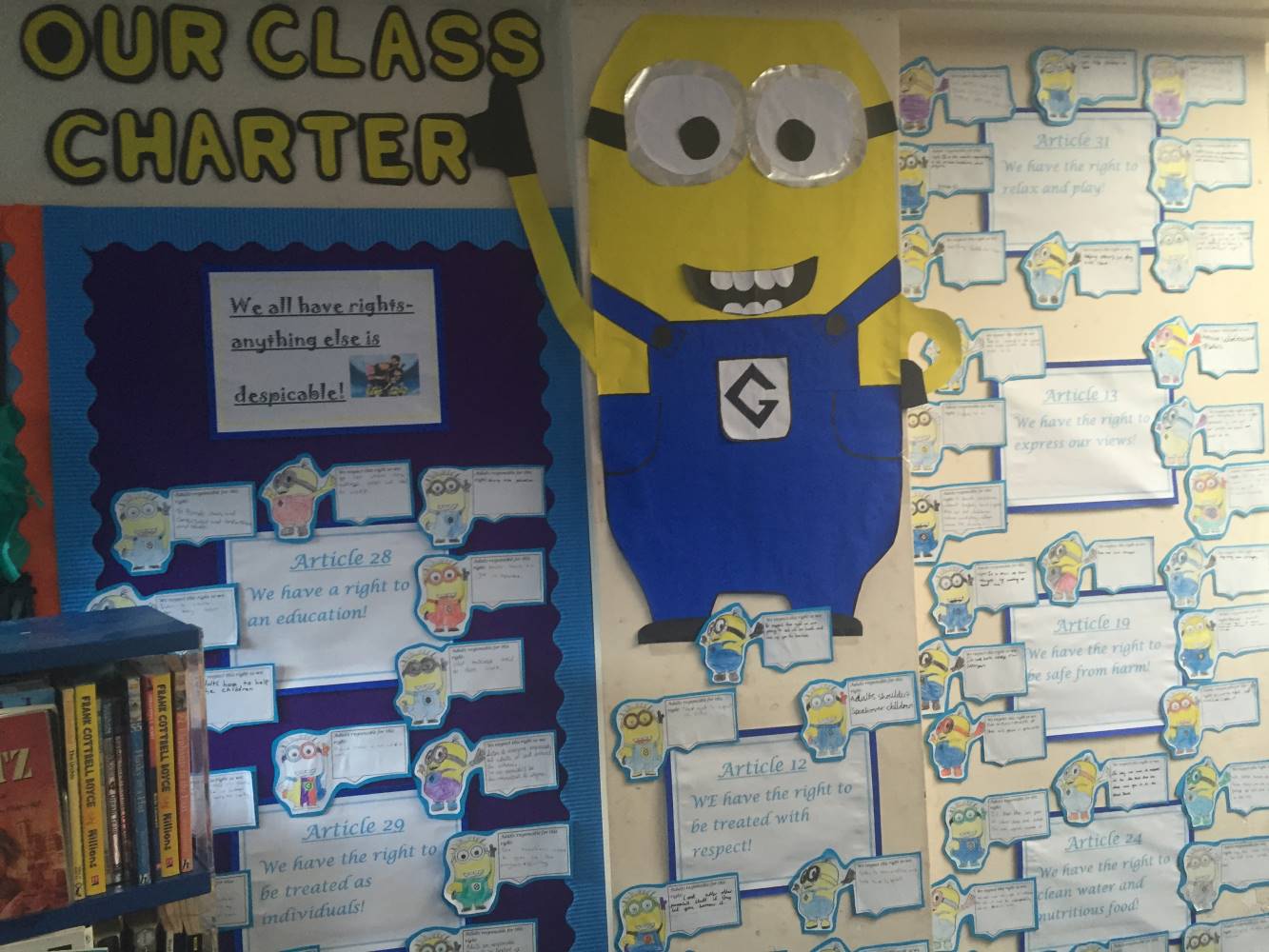
We know our rights! Do you?
----------------------------------------------------------------------------------------------------------------------------------------------------
In Year 6 we have a growth mindset
In year 6 we:
embrace challenges
keep going when things get difficult
see effort as a path to mastery
learn from constructive criticism
learn from and find inspiration from the success of others.
THIS IS WHY WE WILL SUCCEED!
---------------------------------------------------------------------------------------------------------------------------------------------
Welcome to Saffron Class blog!
Year 6 is the last year in the St Luke's journey full of lots of challenges and exciting experiences. Please look out for our posts where we will sharing and celebrating our learning with you. We looking forward to an amazing year!
